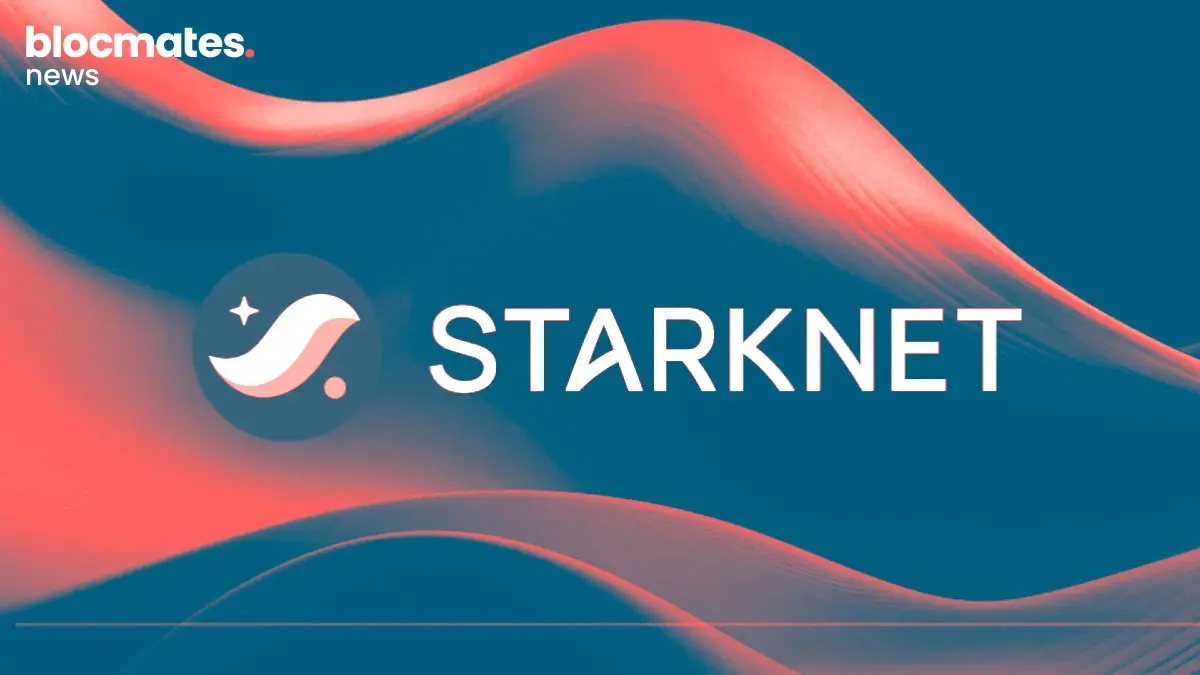Cobie’s Echo acquisition and confirmed plans to drop the $BASE coin, along with the imminent public rollout of the Base app, all point to the Base ecosystem gaining serious momentum in the coming months.
Meanwhile, Coinbase is making strategic moves elsewhere, including pursuing a banking charter license, gradually integrating DeFi within its retail app, and developing a new payments standard called x402.
There's so much happening that we've decided to do a mini report on all things Coinbase.
Join us as we attempt to analyze Jesse Pollak’s and Brian Armstrong’s next steps and how to position for the inevitable wealth creation event that the coin will bring.
What is the Base layer 2? A quick recap
Base is a Coinbase-incubated layer 2 [L2] network that uses the OP [Optimism] Stack, achieving 200ms block times through Flashblocks and processing transactions at sub-cent fees.
Launched just two years ago, Base has quickly established itself as the leading L2 network, leading in metrics like Total Value Locked (TVL) and trading volume on most days.
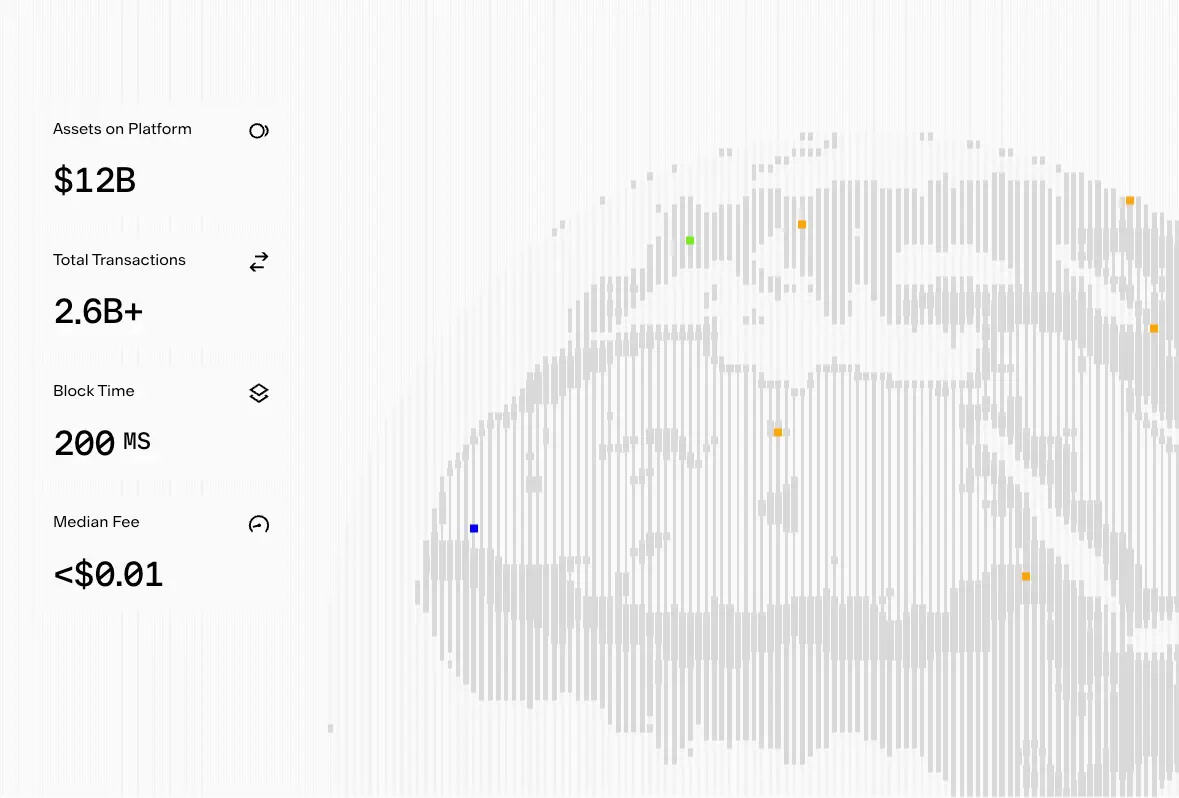
A key point is that Base is more than just another L2: it’s Coinbase’s testbed for the on-chain future. And the children participating in this sandbox will soon get a nice stimmy check if we play our cards right.
Why the $BASE token could be a game-changer
After years of denying token plans, Jesse Pollak announced in September 2025 at the BaseCamp event that they’re "beginning to explore a network token”. Although there is limited information at this stage, we can follow the breadcrumbs.
While nearly all other L2s are typically quick to perform a Token Generation Event [TGE], the hesitation from Base is only natural, considering the direct link with a publicly traded US company.
During Jesse’s keynote at BaseCamp, he noted that the company will be working closely with regulators to ensure it is compliant with legislation. Given that the token is still in the exploration phase, it's clear that TGE won't be happening anytime soon.
But for those of us chained to the screens, that’s a good thing, as we get to position ourselves for this event.
Whenever the TGE does happen, there’s no denying that a Base token will lead to a significant wealth creation event and would serve as an excellent incentivization mechanism that can supercharge the growth of Base.
To make this work, Base must link economic activity to the token, since the real value of L1 assets comes from its role as the gas token and the second token in AMM pairs.
ETH and SOL gain value because they are essential in AMMs for providing liquidity for new tokens. As these ecosystems expand, demand for the quote currency increases, creating a positive feedback loop.
By directing network fees as rewards to pools using $BASE as the quote currency, $BASE holders can encourage this activity and link the token's value to network growth.
A thread that discusses this in detail:
We can expect Base to encourage key protocols and channel emissions to them after the token launch. But how should we position ourselves to secure the initial airdrop?
Since Base aims to revolutionize blockchain engagement and attract new users through its app, I believe actively engaging with this app significantly increases our chances of qualifying for the airdrop.
Base App: the frontend for the entire Base ecosystem
This cycle, we’ve observed how wallets have evolved from simple coin storage tools to some becoming the “frontend for DeFi”.
As Phantom and other wallets expand the idea of what it means to be the front-end of crypto — adding features like trading and payments directly within the app — the competition to create the ultimate super-app has started.
One such app that is among the leaders of the pack is the Base app, an everything app that brings together a social network, apps, payments, and finance. One place to earn, trade, and chat with everyone, everywhere.
Slated for a public launch this year, the app is already proving to be a success, with beta participants praising it and more than 750k people on the waitlist.
The app consists of a social feature powered by Farcaster, a single sign-on, identity powered by ENS, payments made possible through BasePAY, yields using Morpho, AI agents such as Giza’s Arma and Moonwell’s Mamo, a chat feature powered by Zora, a gamified experience like Dimo, and a ton of other mini apps powered by Farcaster.
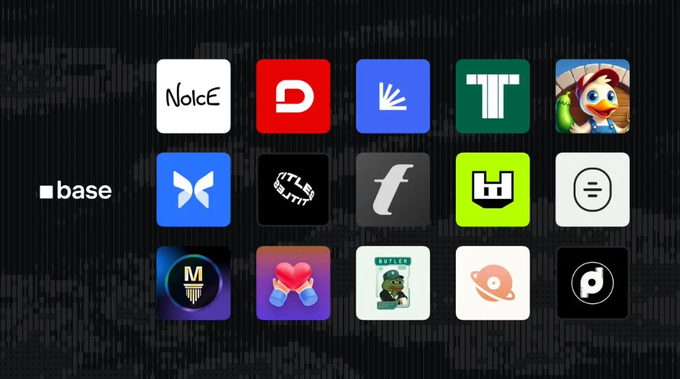
Naturally, our job is to find the projects and coins that are either already on the platform or upcoming ones that will benefit most from the distribution and visibility that the app brings.
I believe we should focus on apps that Coinbase has invested in, as they’re direct beneficiaries of the product’s success.
Projects to look out for
When it comes to the Base ecosystem, Coinbase generally uses small strategic positions rather than lead rounds to maximize surface area and foster neutrality among competing protocols.
However, Coinbase has made larger investments in a few “own the stack” plays on Base, including liquidity (Aerodrome), core DeFi credit (Morpho), and creator engagement (Farcaster, Zora).
Regardless of the investment size, these portfolio companies get preferential treatment on social media, more BD connections, and quick onboarding within the Base app.
Listed in no particular order, here are a few of the most promising projects Coinbase has invested in within the Base ecosystem, which are likely to see significant traction:
Giza
A project that has been on our radar for quite some time. Its autonomous agent, Arma, is an AI-powered yield optimizer already available within the Base app. With over $2 billion in Agentic volume and a TVL of around $30 million, let’s just say the current token valuation might be too low.
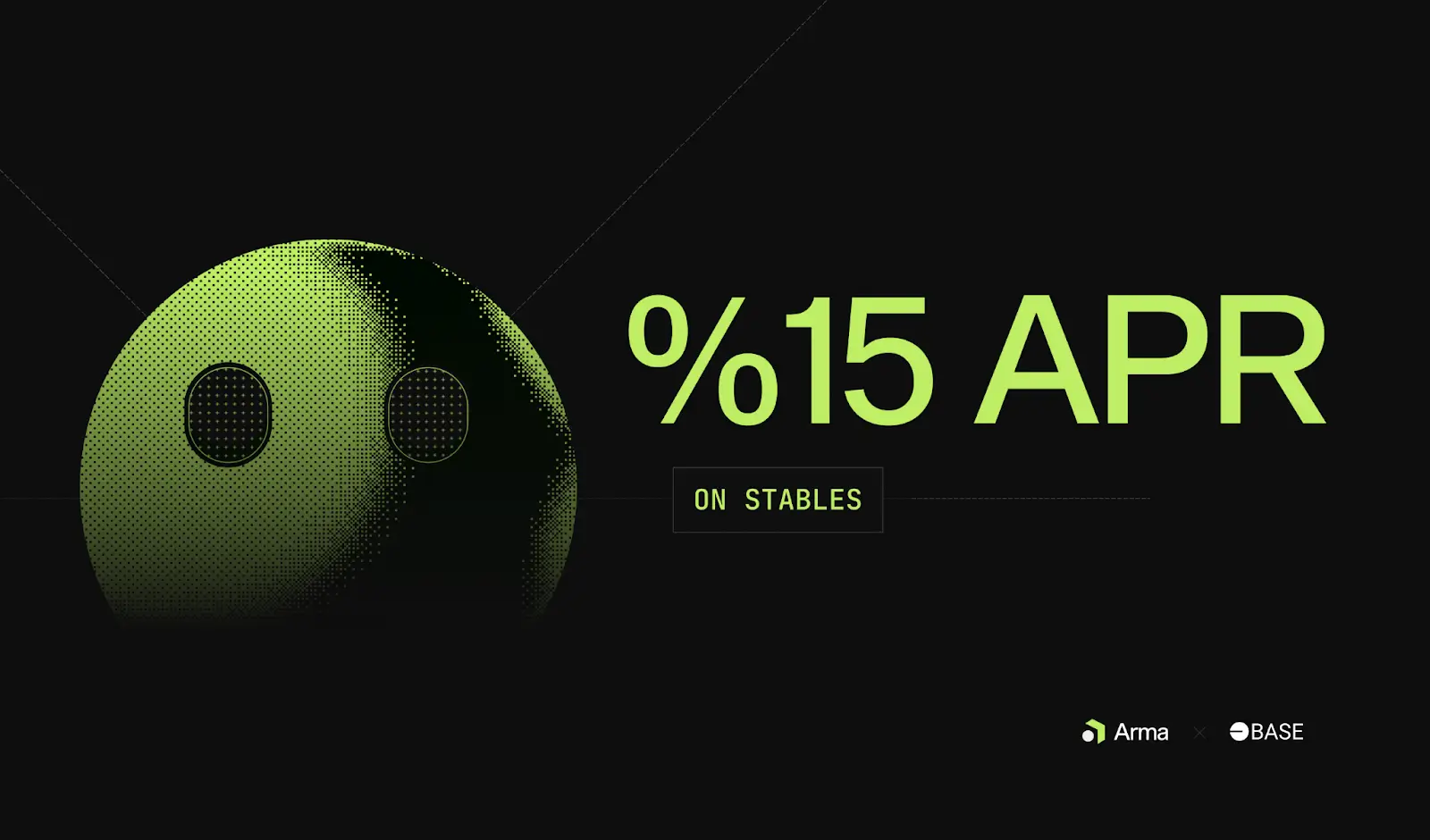
Avantis
The No.1 perp DEX on Base offers a diverse range of assets such as crypto, equities, commodities, indices, and even Forex. With investor and team allocations, which account for 40% of the total supply and are set to start vesting only in September 2026, this creates a juicy setup when considering the current market cap.
Share
A pre-product social trading app that recently raised $5 million in funding is one I would keep my eyes on. Eerily similar to another social trading app in terms of features and logo, it’s clear that this product will receive priority when it comes to Base app integration, thanks to the Coinbase backing.
Memory
A protocol that’s building toward a world where your digital identity can move across the internet. Recently, they announced the possibility of syncing your Twitter follows to the Base App. With Base’s focus on the socialFi, this protocol plays a key role in making the transition from legacy social media to the Base app.
Coop Records
An on-chain record label that is home to 175+ artists and over 750 releases since starting in August of 2023. Songs are purchased in ETH and distributed as real-time payments to artists, rivaling the legacy music industry, where royalty payments are often delayed for months or quarters at a time.
IronFish
Hot off the press, we have Brian Armstrong advocating for privacy and revealing a protocol they acquired in March 2025. Does this mean the token will do well long-term? Unclear. But gamble away if you fish.
Backroom
If you believe the Internet capital markets[ICM] narrative has any legs, Backroom is a protocol to watch, especially since they teamed up with the largest DEX on Base, Aerodrome.

Noice
The winner of the inaugural Base Batches Demo Day, Noice is a social tokenization protocol integrated with Farcaster’s programmable social layer and Zora’s creator coins. It enables users to send micro-payments for social actions such as liking, commenting, and following, thereby turning engagement into economic value.
Regarding the Base Batches program, it’s an excellent way to stay ahead in the Base ecosystem and spot emerging trends or products. The upcoming session will be at DevConnect on November 19.
While engaging with the listed products doesn’t guarantee eligibility for the airdrop, and purchasing them doesn't ensure significant price movement, Base’s track record of pushing their portfolio companies suggests that newer projects might also benefit similarly.
With Coinbase investing hundreds of millions into the on-chain economy, one begins to wonder, what’s Brian's end goal?
The DeFi mullet strategy
It’s no secret that the wider public does not care about on-chain reputation systems or AI agents participating in yield farming. The majority simply want to open up their Coinbase app and click on the “Earn” tab.
Because DeFi provides easier access and improved returns, Coinbase has demonstrated a willingness to introduce these products to a broader audience through the Coinbase app.
Take, for example, the recently released USDC on-chain lending feature, which is powered by Morpho and Steakhouse, allowing users to earn up to 10% on their stablecoins.
This is also not Coinbase's only Morpho integration. Earlier this year, the exchange introduced Bitcoin-backed on-chain loans via Morpho, now enabling customers to borrow up to $1 million in USDC against their Bitcoin holdings on Coinbase.
Furthermore, Coinbase supports DEX trading, providing users with access to on-chain tokens.
The willingness to incorporate DeFi protocols from Base into their retail app indicates that the Base app is a crucial platform for Coinbase to trial new features and protocols before launching them broadly.
While on-chain payments are expanding rapidly with Base Pay and the x402 payment protocol, which we’ll discuss next, the company announced on October 3, 2025, that it is seeking a Banking Charter license.
The announcement states:
“The charter would continue to open up opportunities for Coinbase to launch new products beyond custody, including payments and related services, with the confidence of regulatory clarity, fostering broader institutional adoption.”
In practice, this means Coinbase will be able to offer FDIC-insured checking and savings accounts, a built-in on and off-ramp, enable payment functionality, and unlock opportunities for innovation within the limits of legislation.
While Coinbase is working hard to negotiate with legislators to support payments on their retail app, Base is steadily advancing the possibilities of on-chain payments for an agentic future.
X402: the internet-native payment protocol
It’s well-known that online payments have fundamental issues. Credit cards involve high friction, with minimum payments that are unnecessarily high. Additionally, they don't align with the programmatic needs of the internet, nor do they support agentic software systems.
X402, an HTTP-based protocol for agents, context retrieval, APIs, and more, is Coinbase’s solution to this problem, enabling instant, automatic stablecoin payments directly over HTTP.
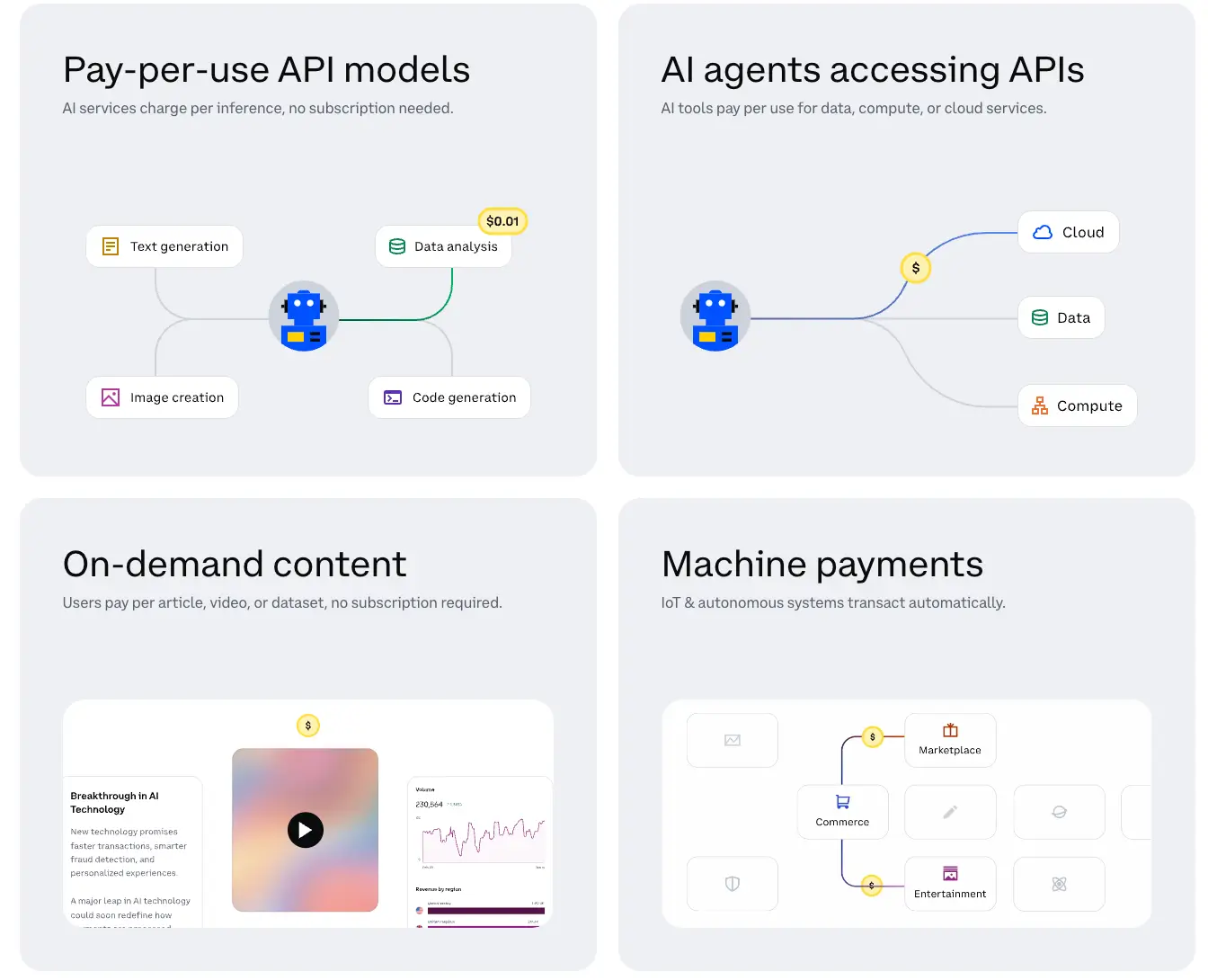
x402 enables a range of use cases, including:
- API services paid per request
- AI agents that autonomously pay for API access
- Paywalls for digital content
- Microservices and tooling monetized via microtransactions
- Proxy services that aggregate and resell API capabilities.
Although the protocol is network-agnostic, the Base ecosystem is naturally best-suited for its deployment due to the integration of Base’s AgentKit and MiniKit (Farcaster’s MiniApp SDK).
Recently, the protocol has experienced a surge in activity, with nearly 200k total transactions and a volume approaching $150k.

Since Base consolidates all its DeFi might and social features within the Base app, enabling micro-payments for users and agents could be the final step to making the app so engaging that only the most adventurous might consider leaving it.
Concluding thoughts
The Base app and the Coinbase app serve two distinct customers, with one acting as a testing ground for the other. Together, they’ve built a feedback loop few companies in finance can match. After all, the future of finance isn’t off-chain or on-chain. It's both.
While Coinbase plays the long game in TradFi, inching toward a banking charter that would bring the app closer to a neobank than a mere exchange, Base acts as the on-chain laboratory where the future is being prototyped.
Now, with a token on the horizon, everyone will become Coinbase’s test subjects. The main difference is who understands the game better.
In this case, the game involves tracking Coinbase’s flow of money and identifying which projects it funds.
Supporting the projects you’ve invested in is fine, but that doesn’t mean you're safe from the prying eyes of blocmates investigatoors.





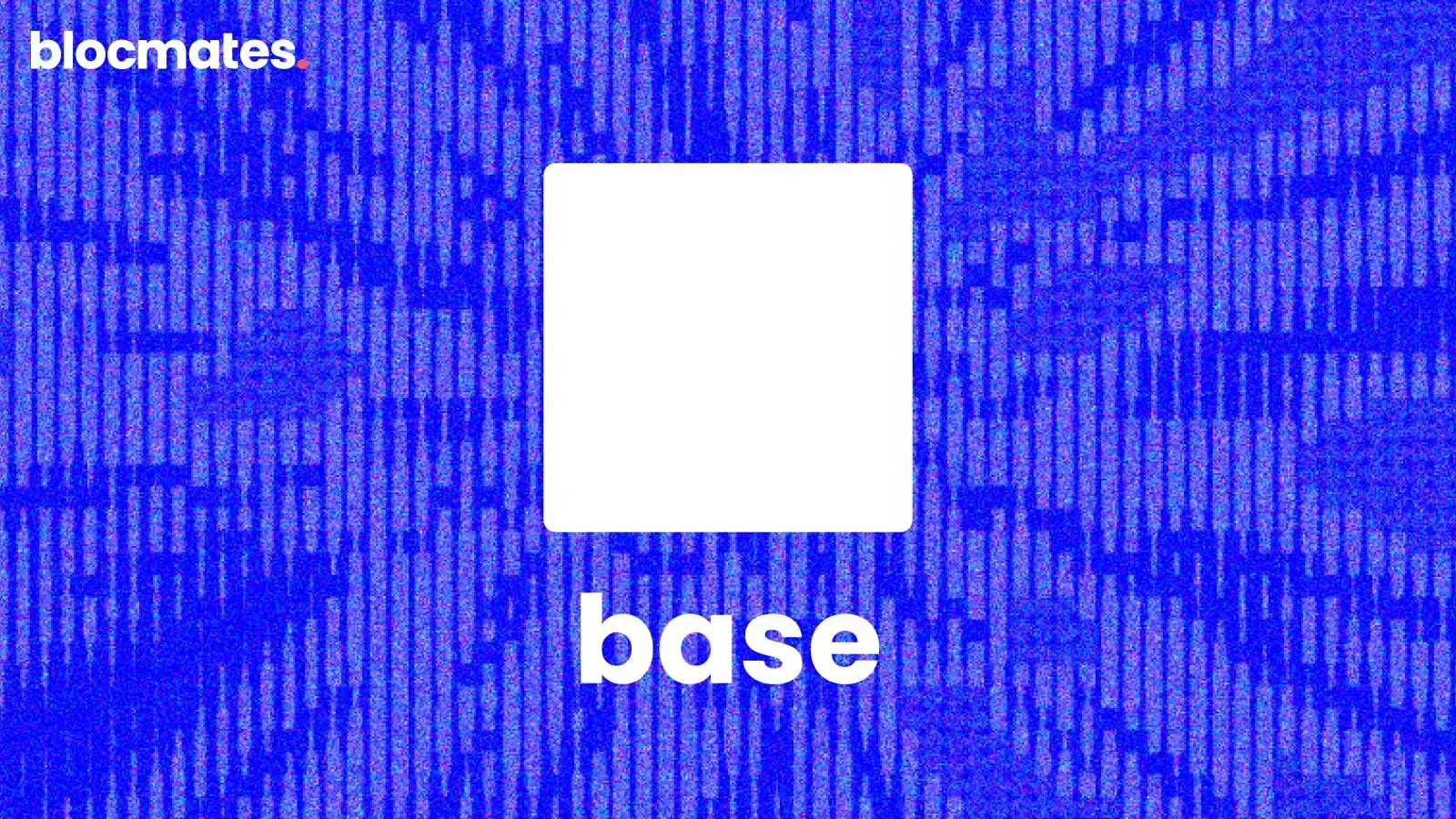

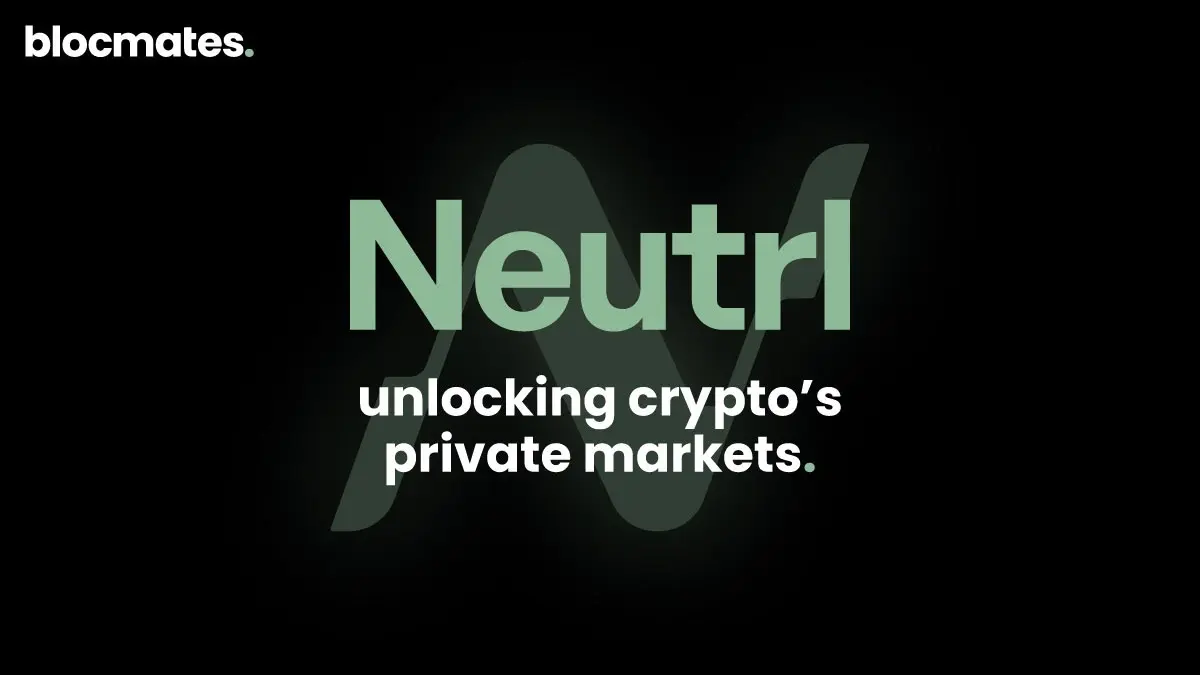






.webp)
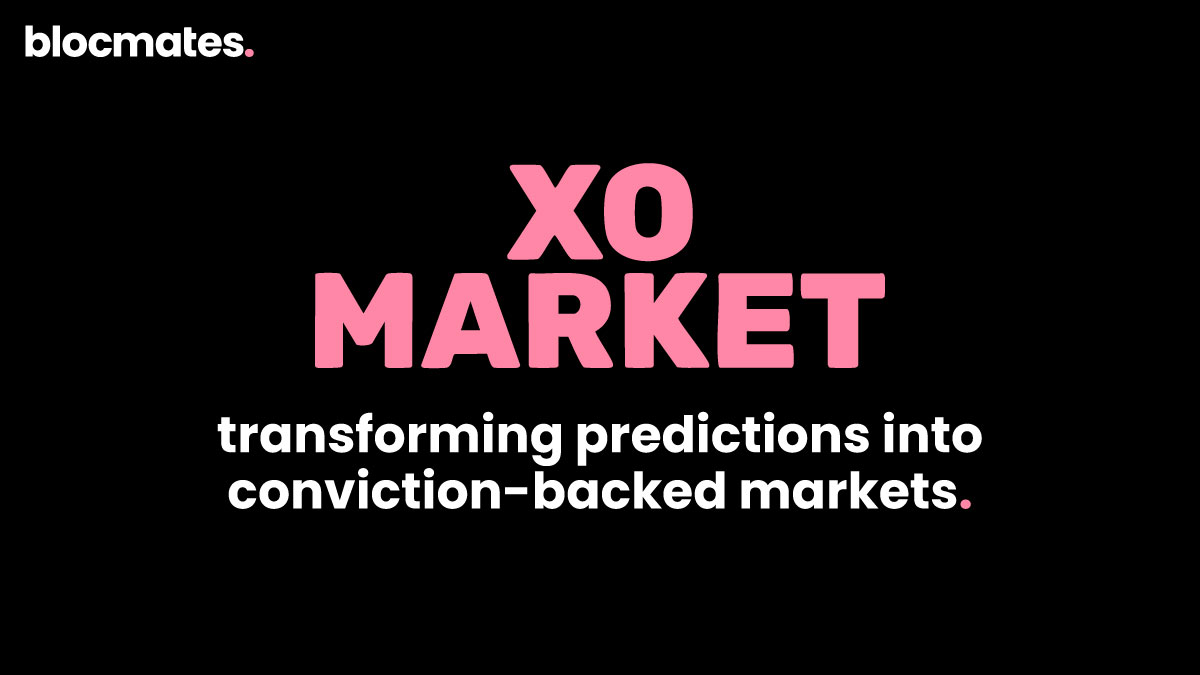
.webp)
.webp)
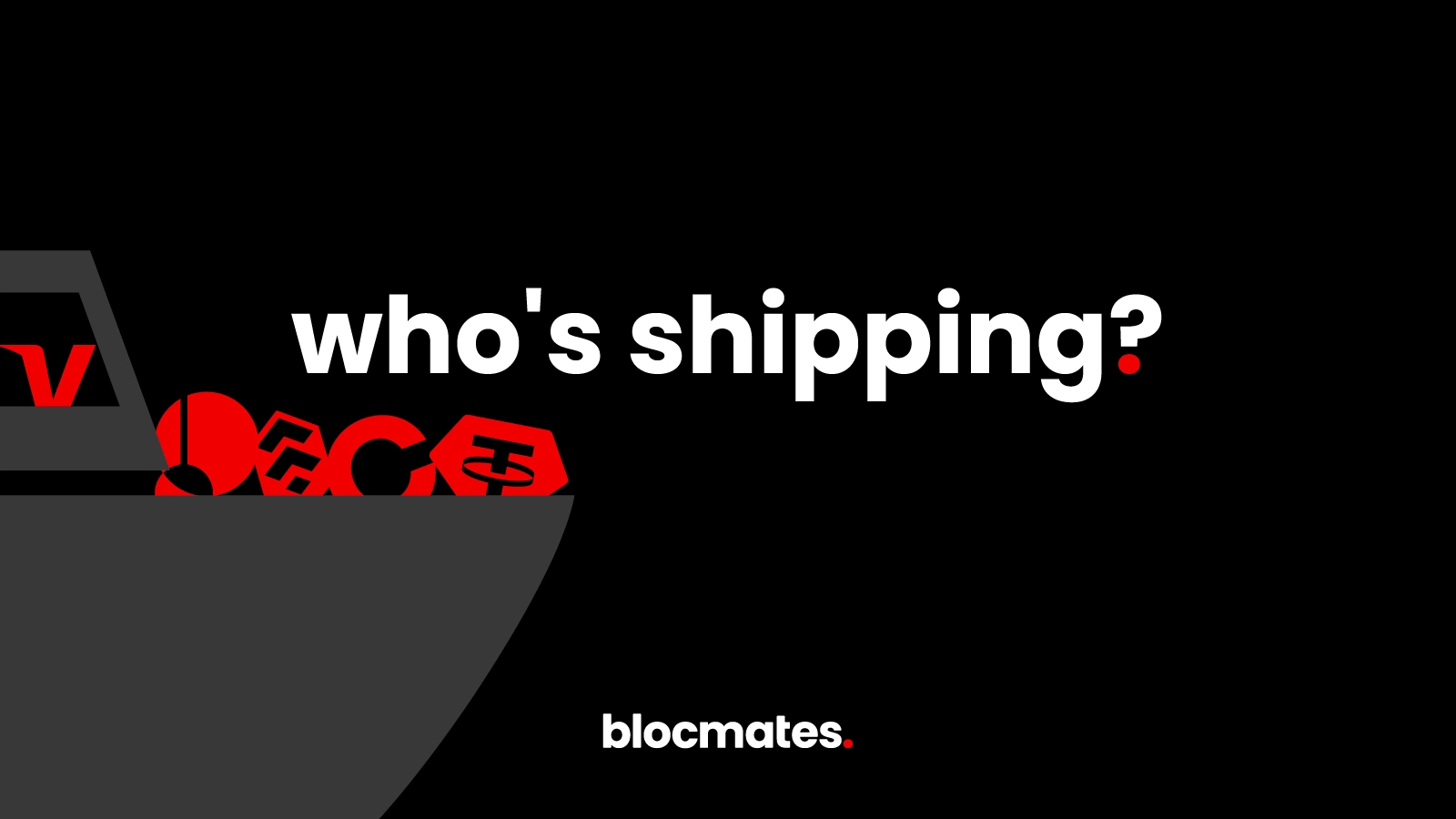
%20(1).webp)
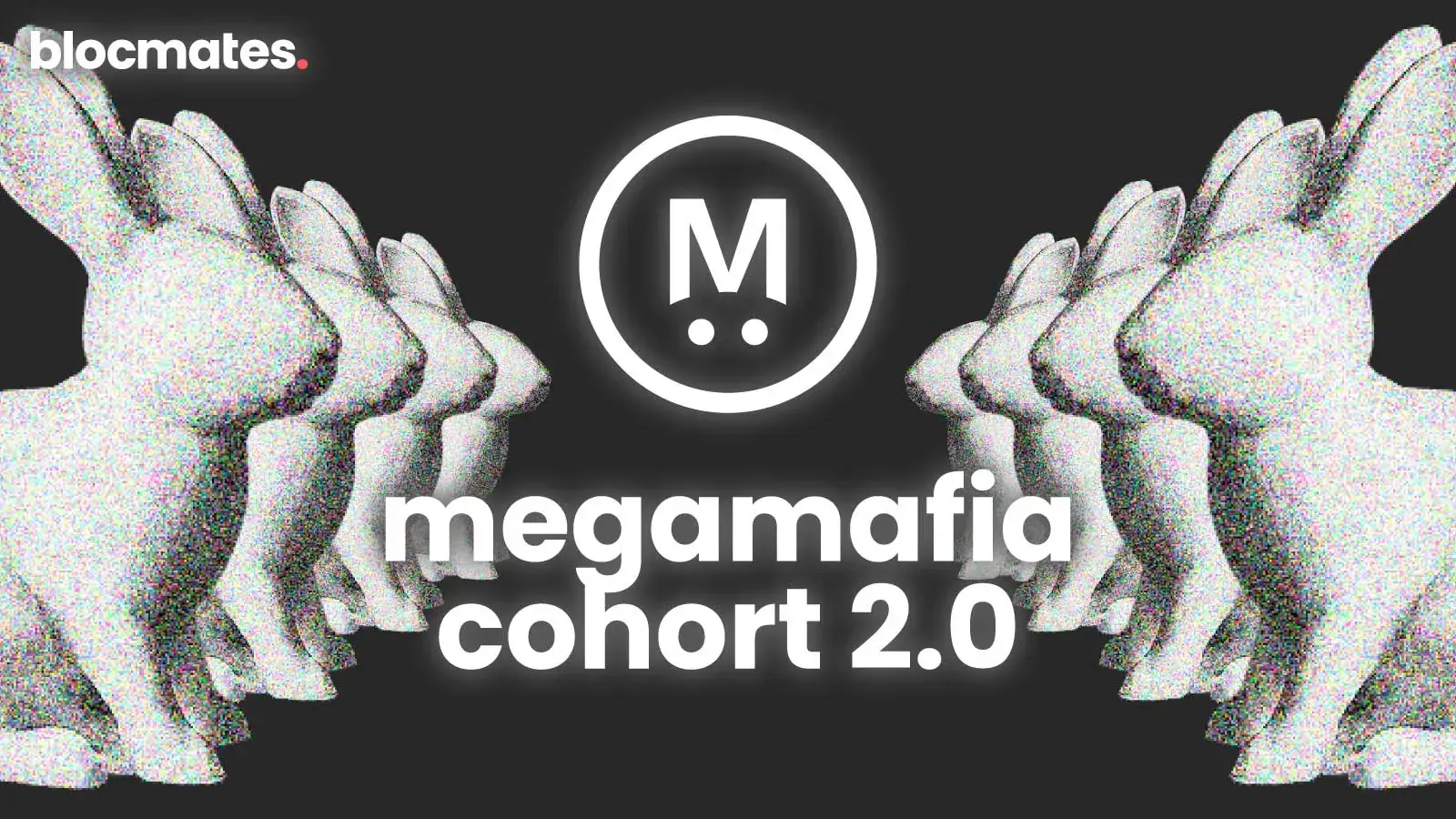
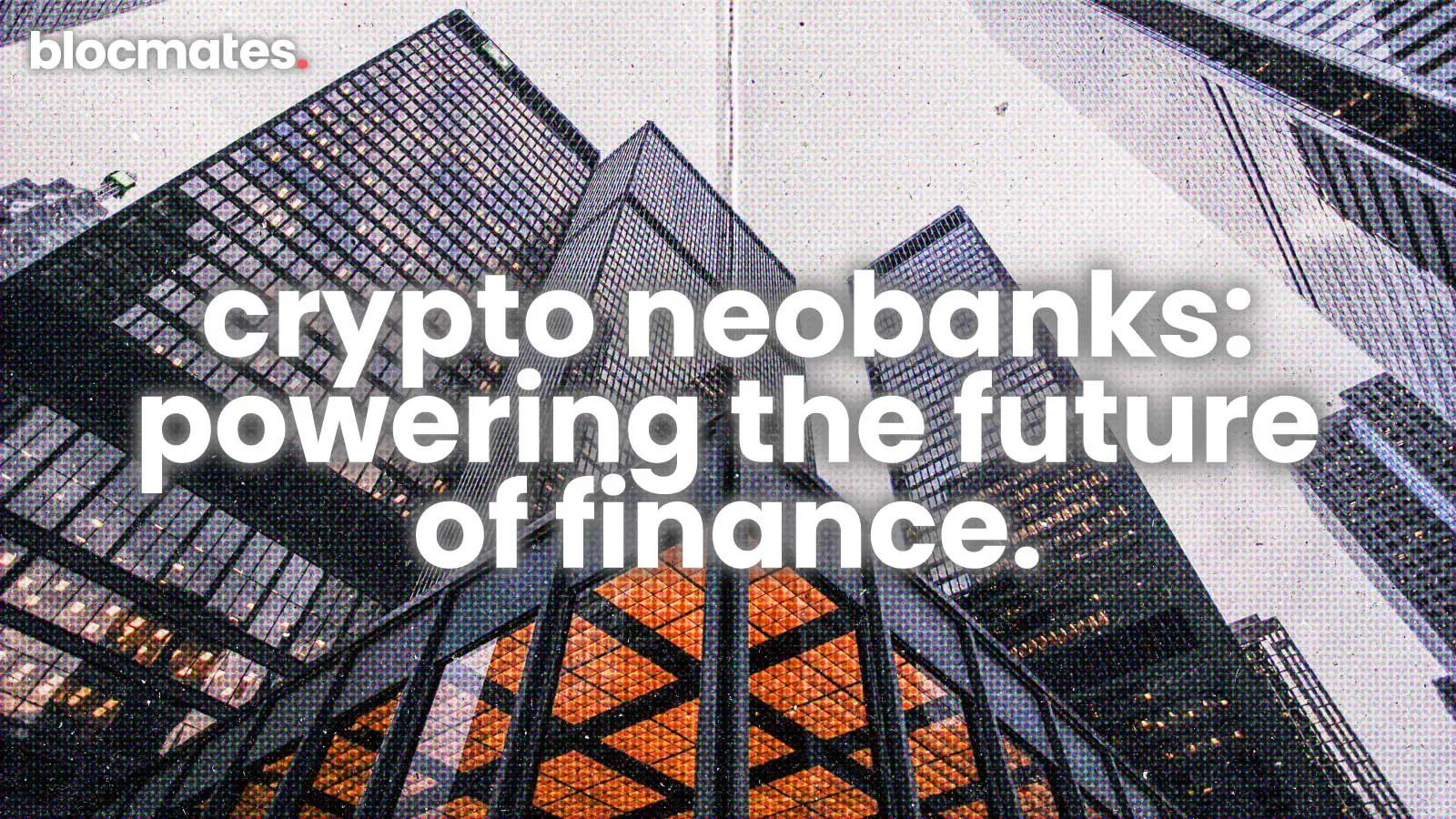


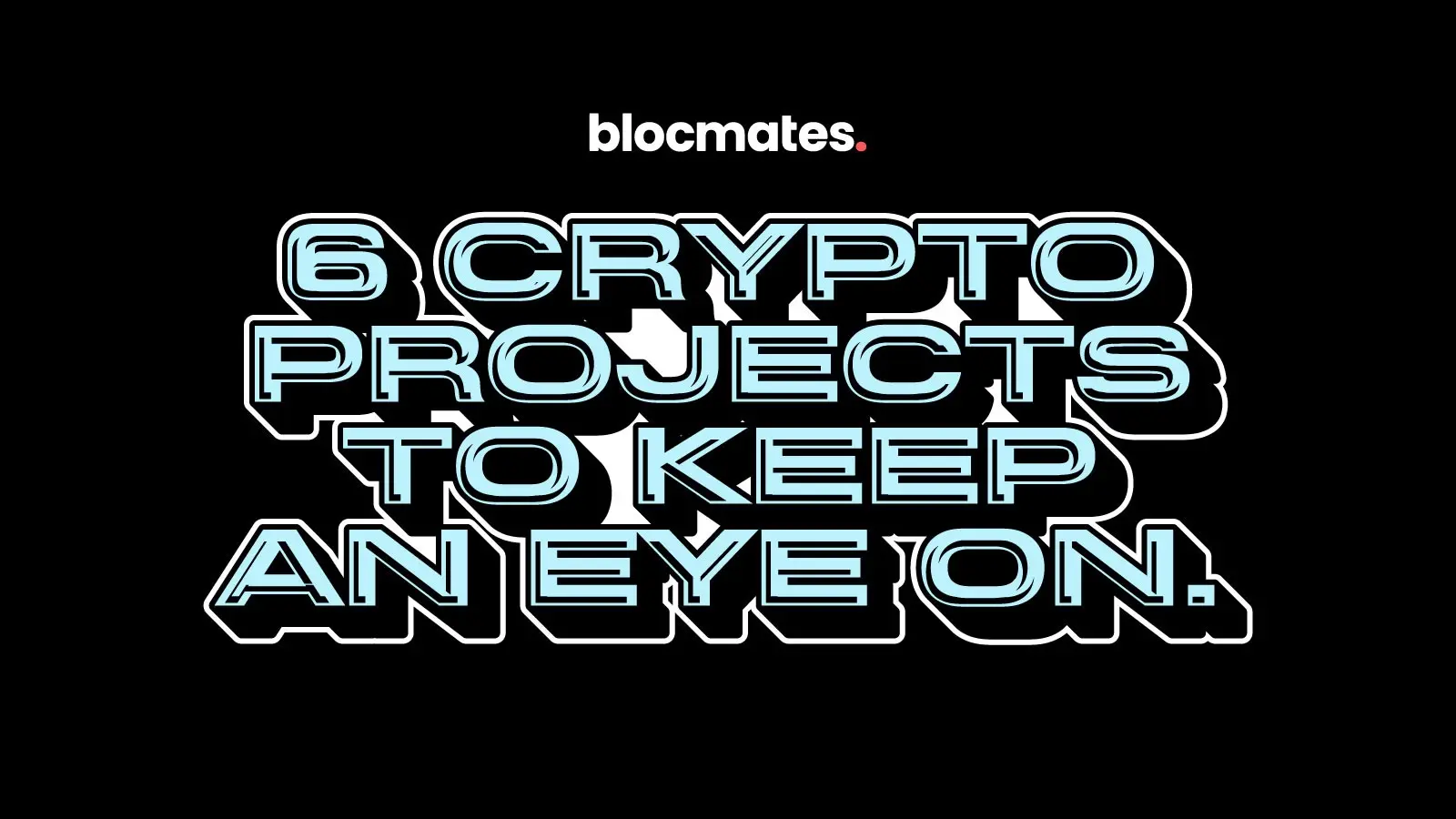
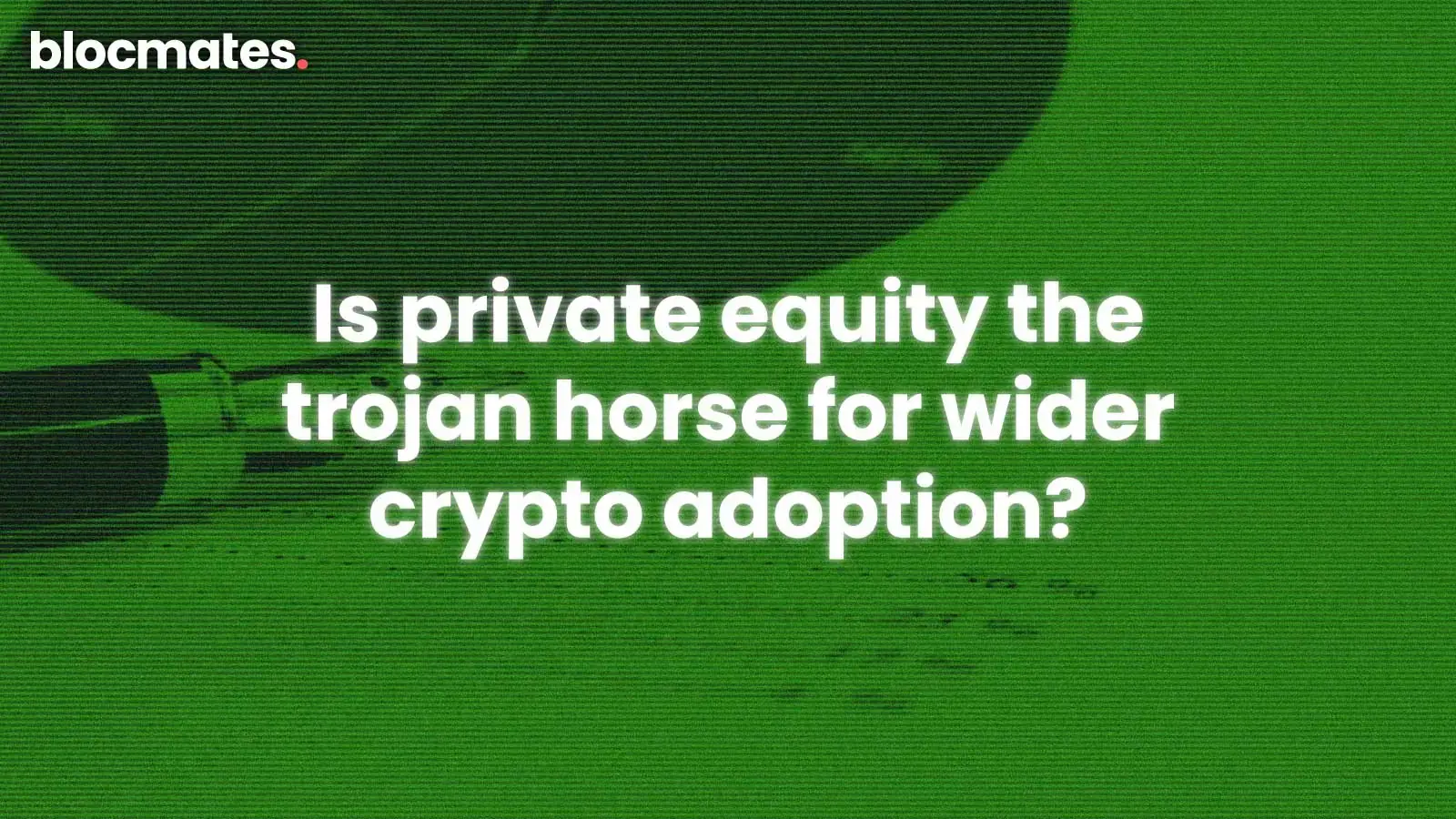
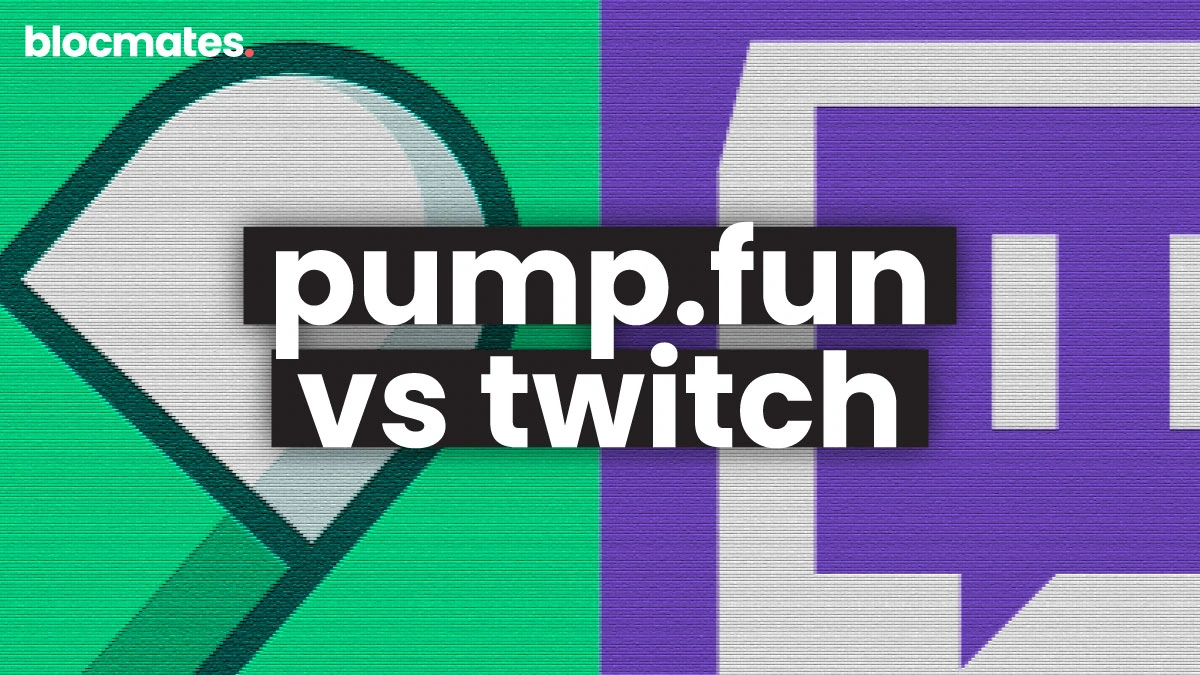

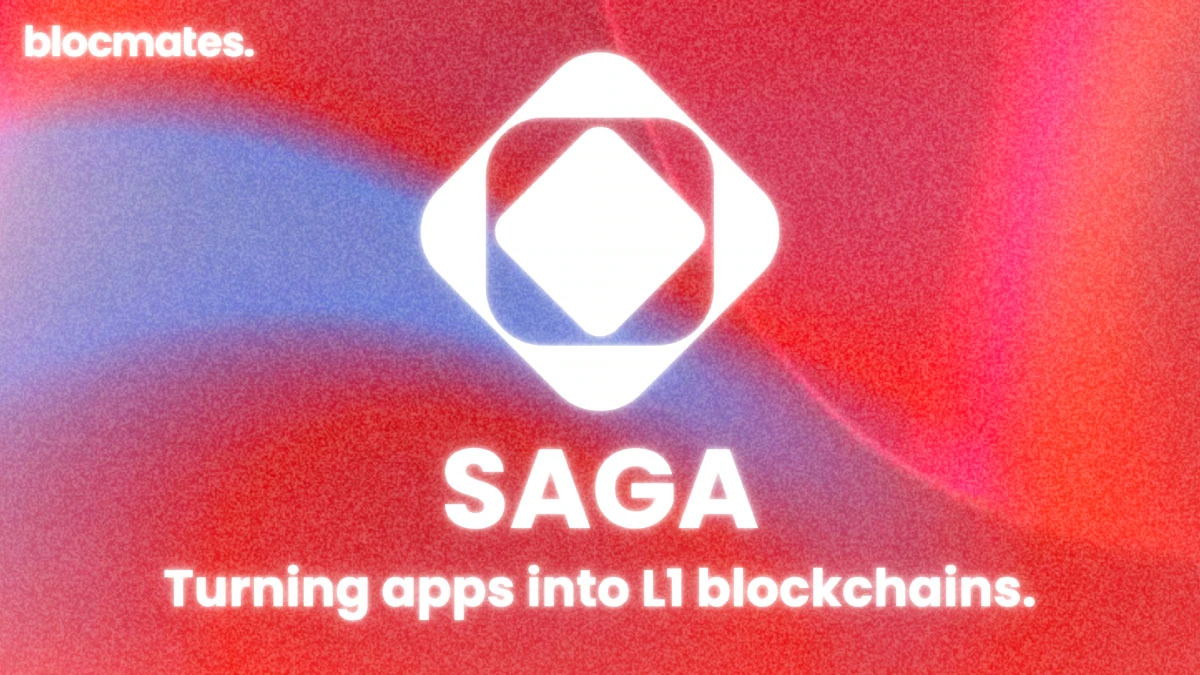
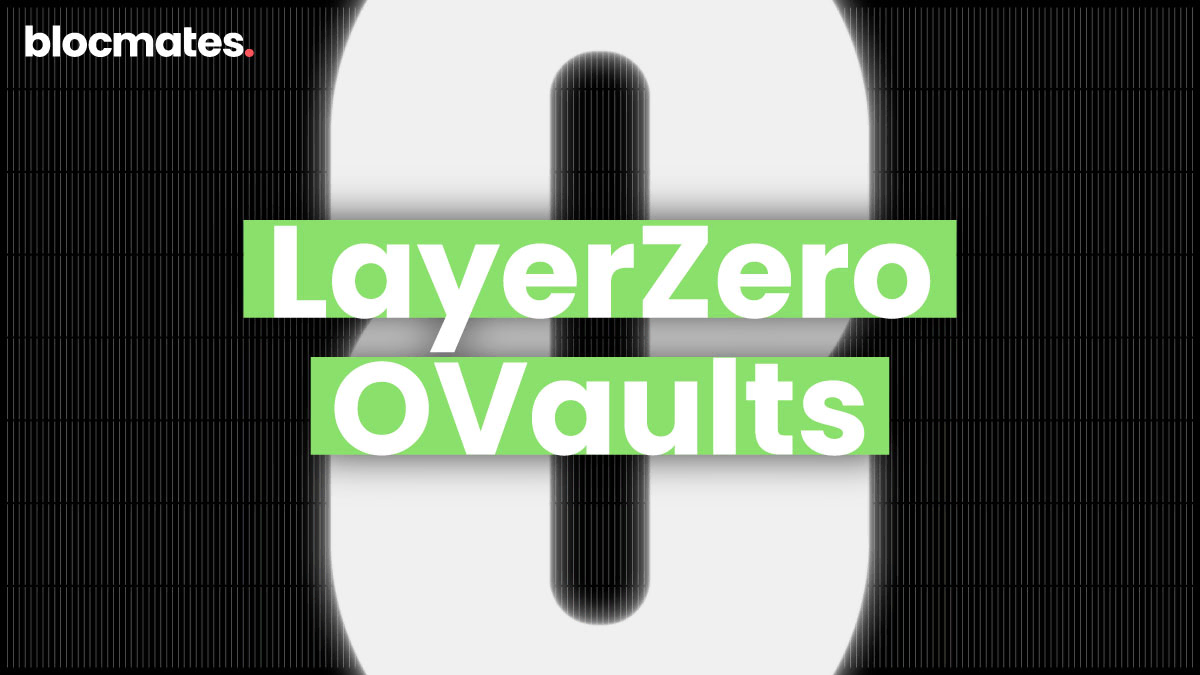
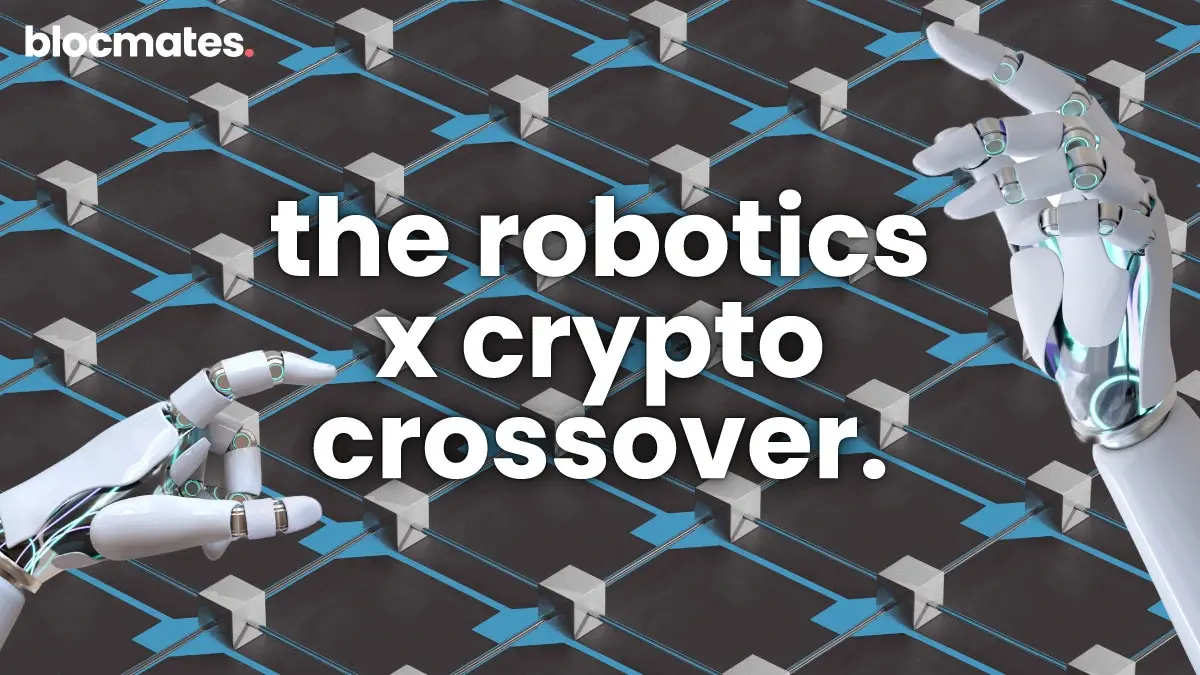
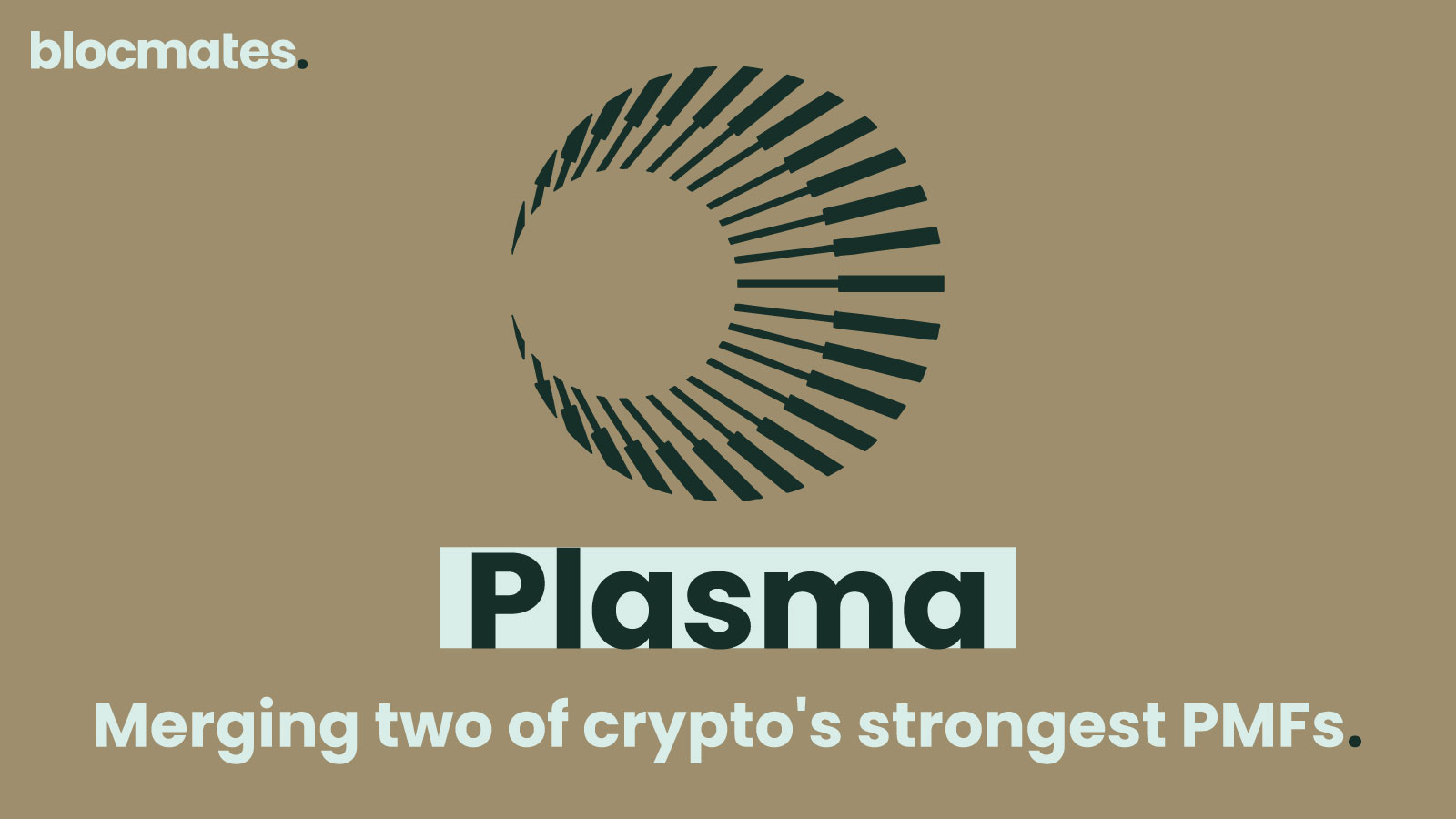
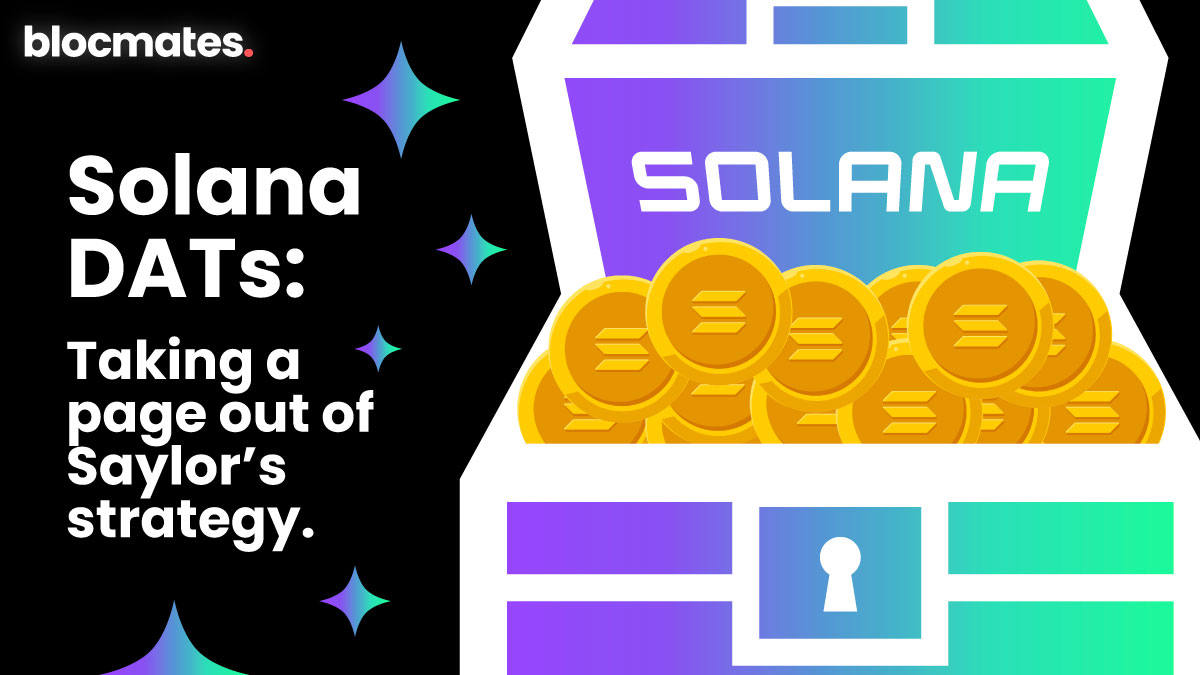
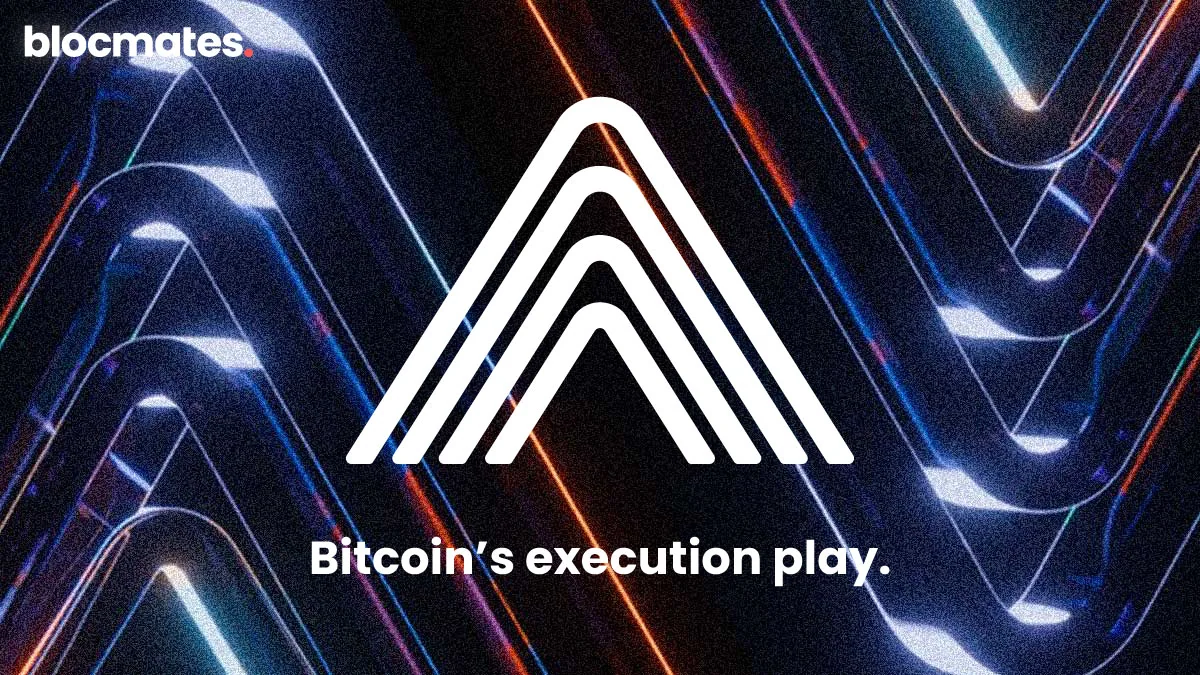
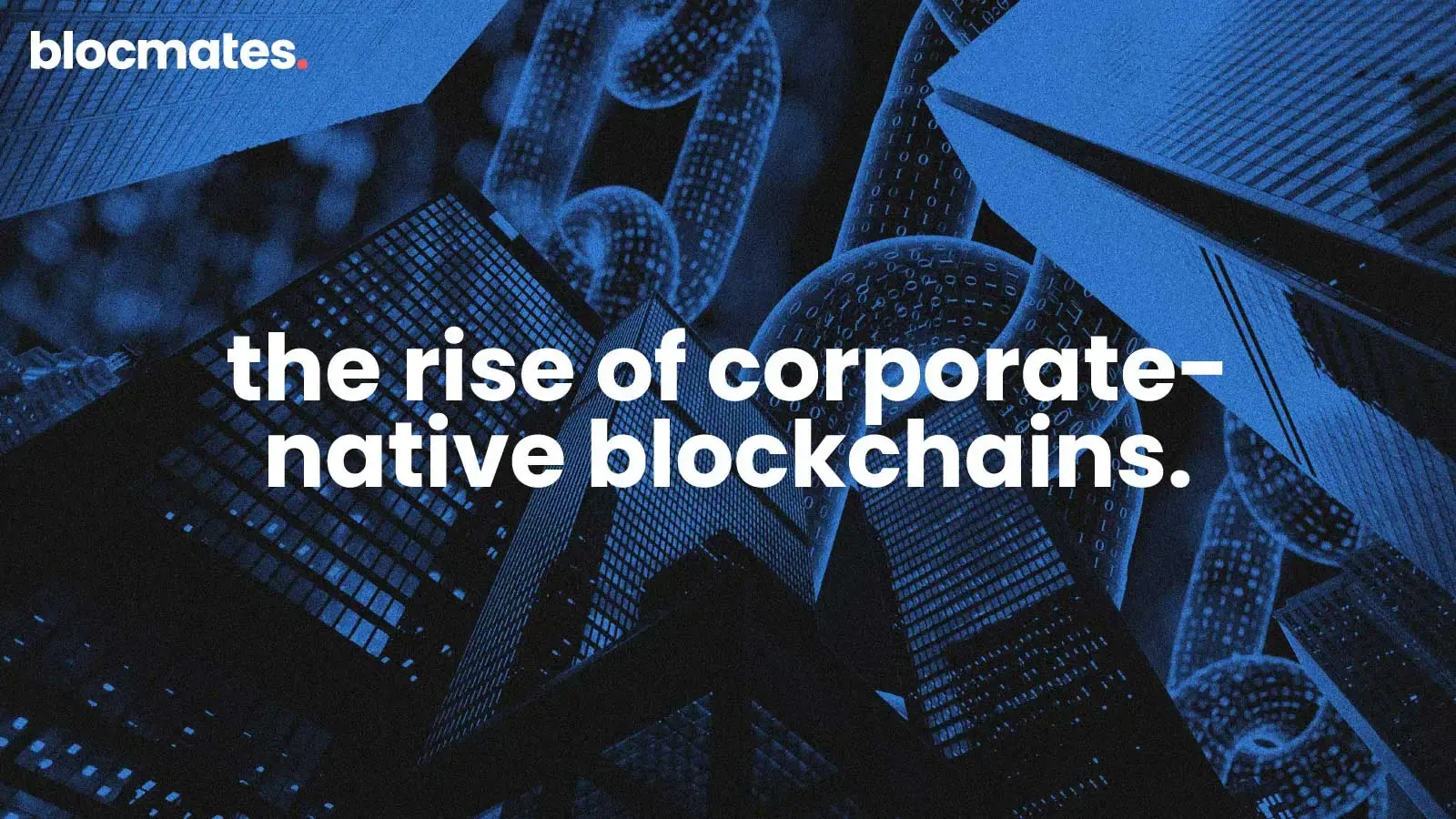
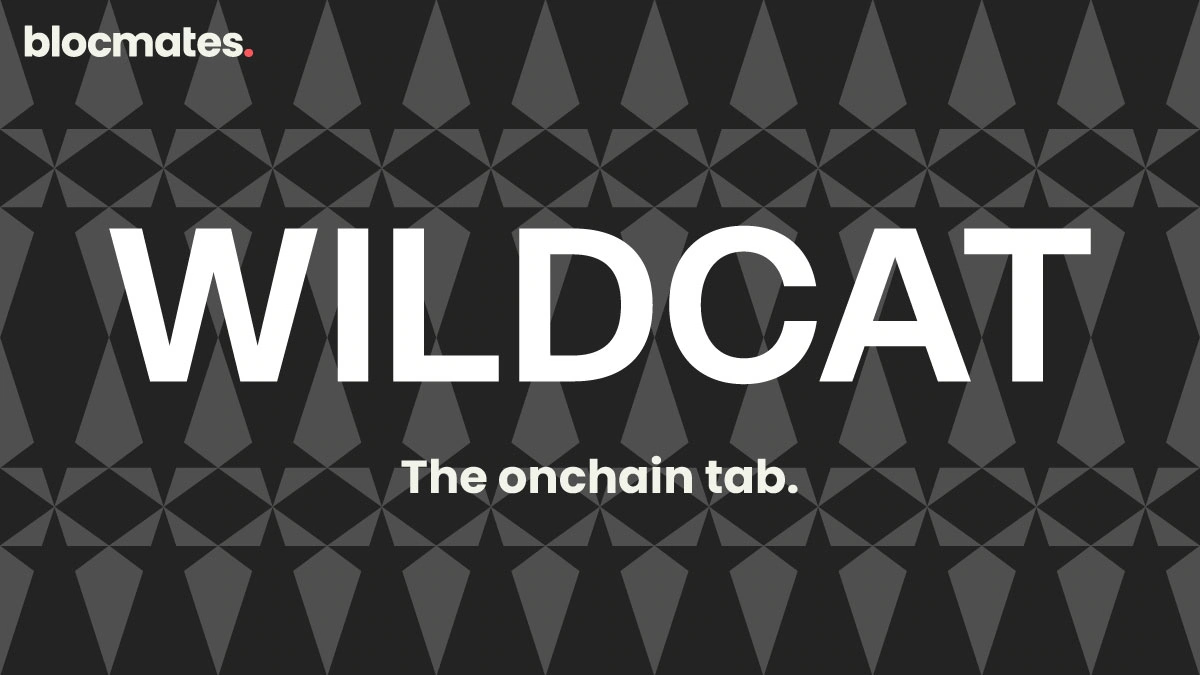
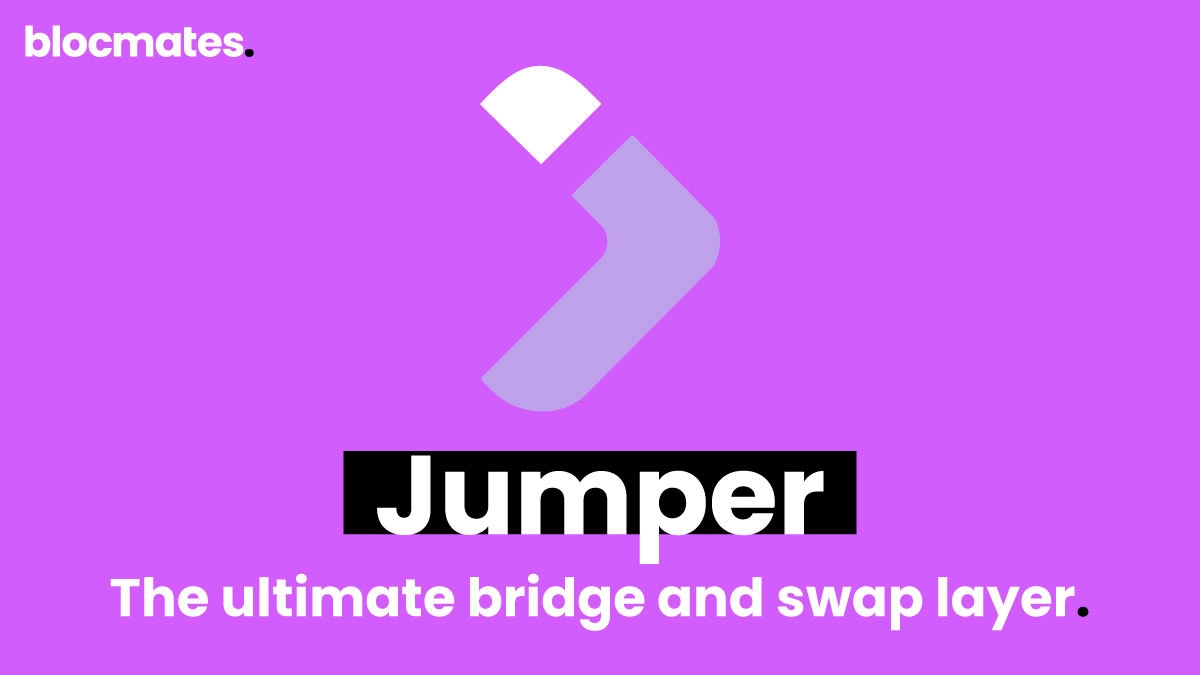
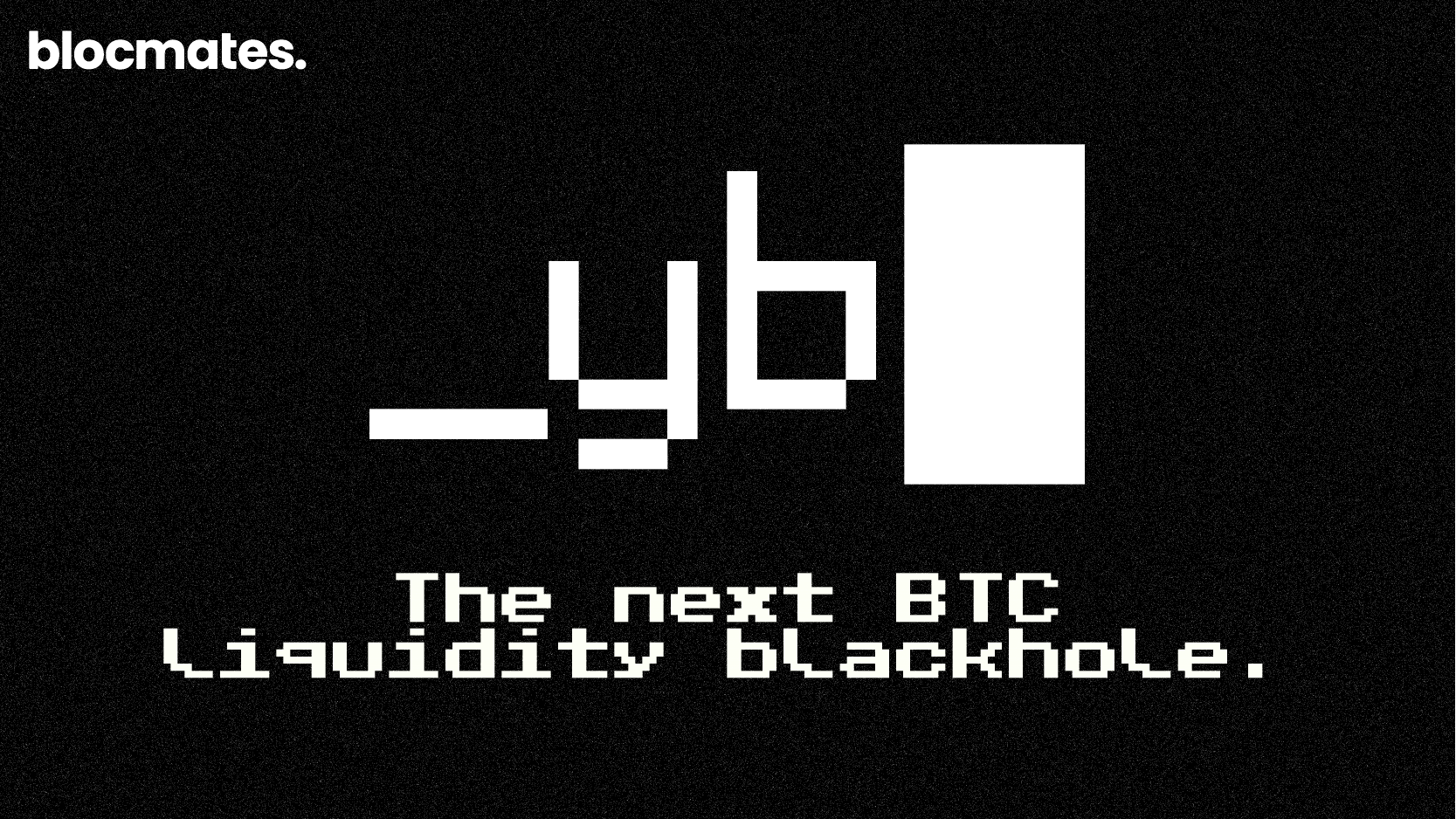
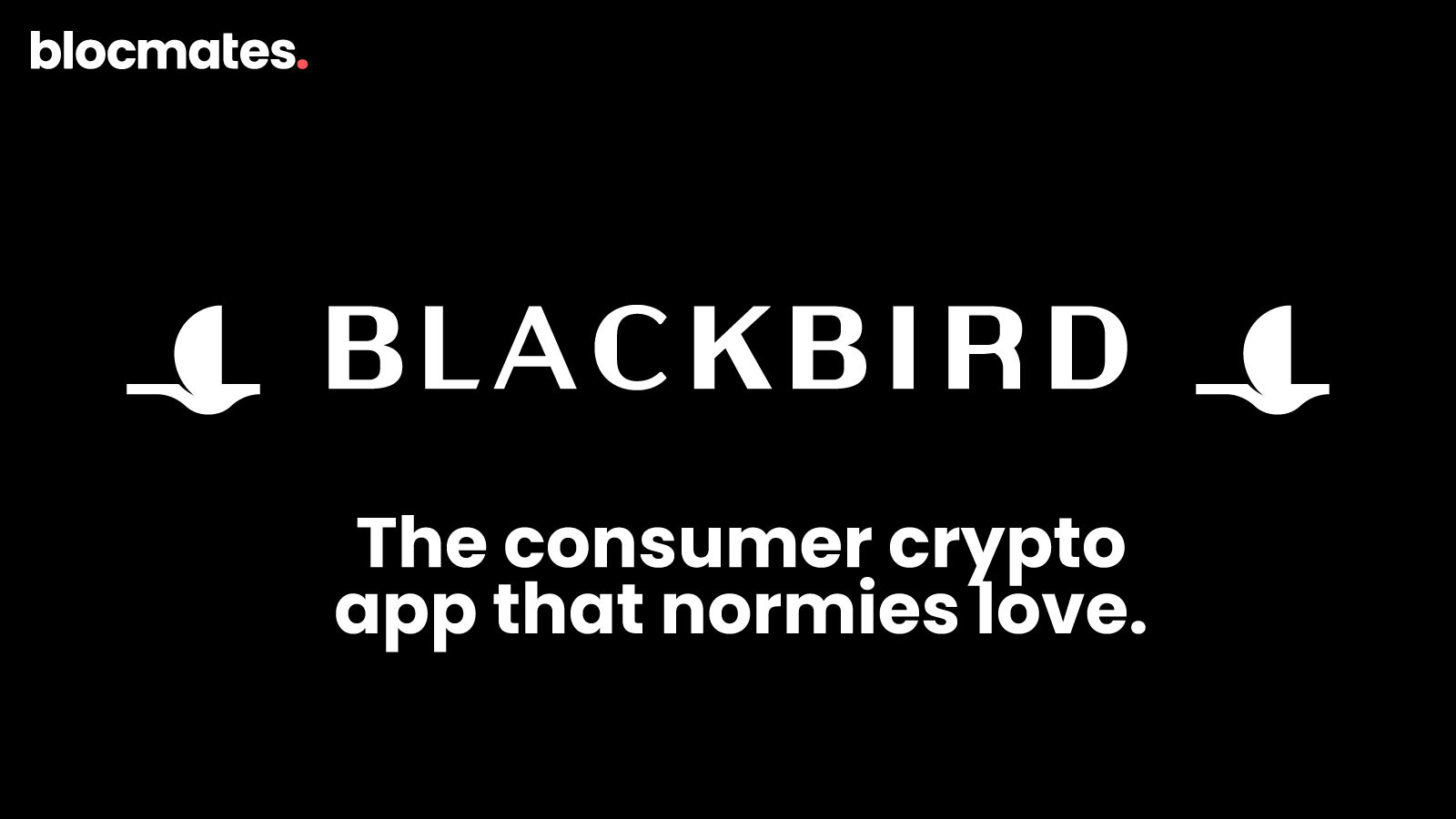
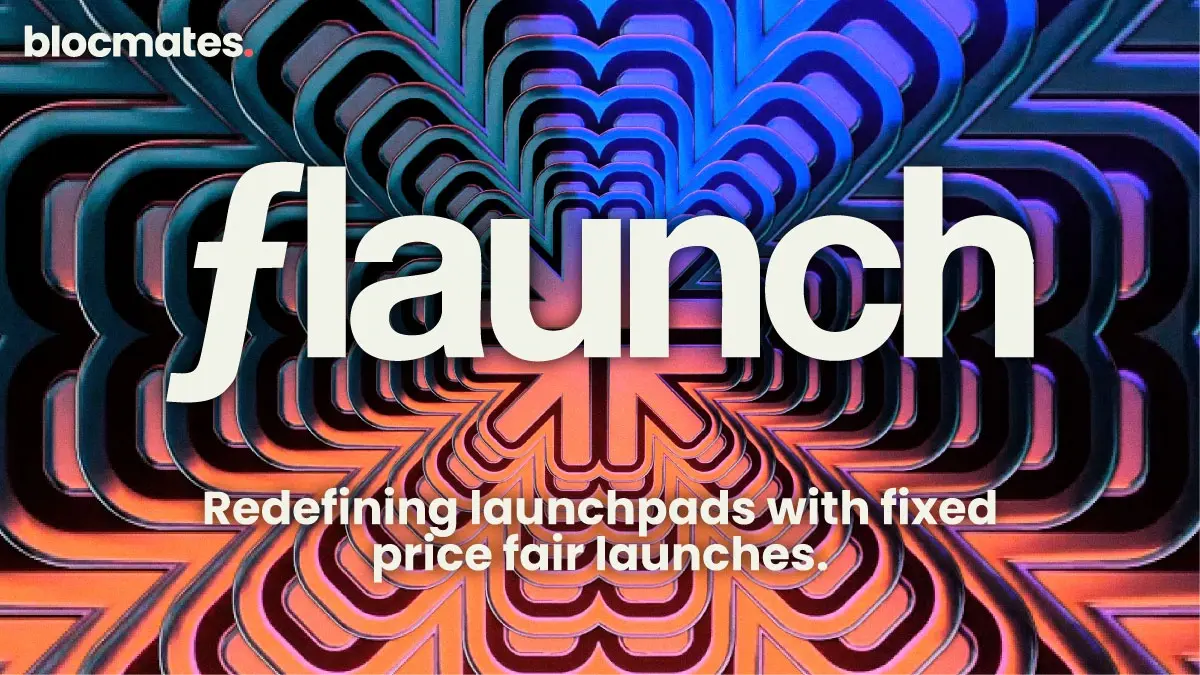

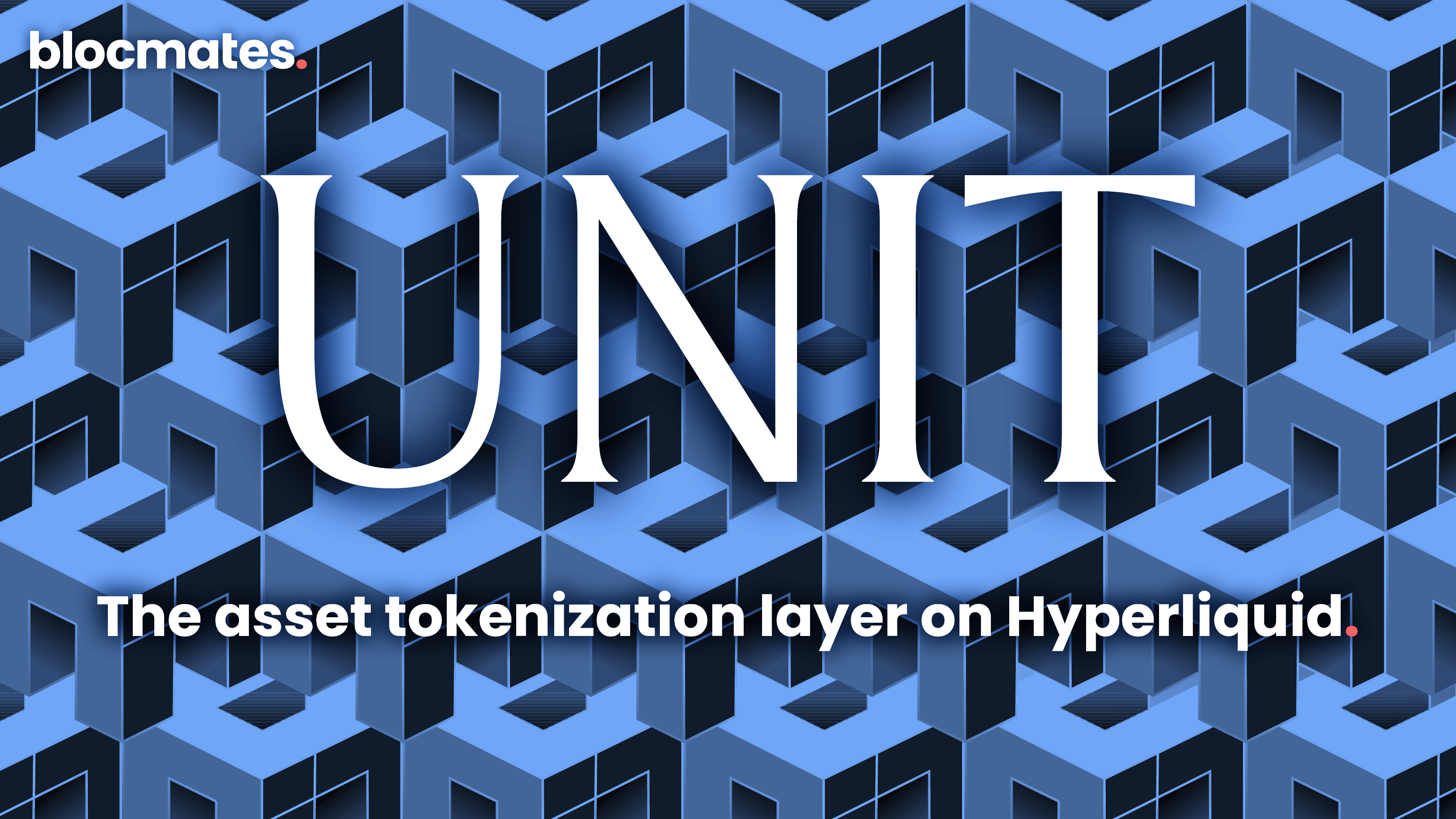
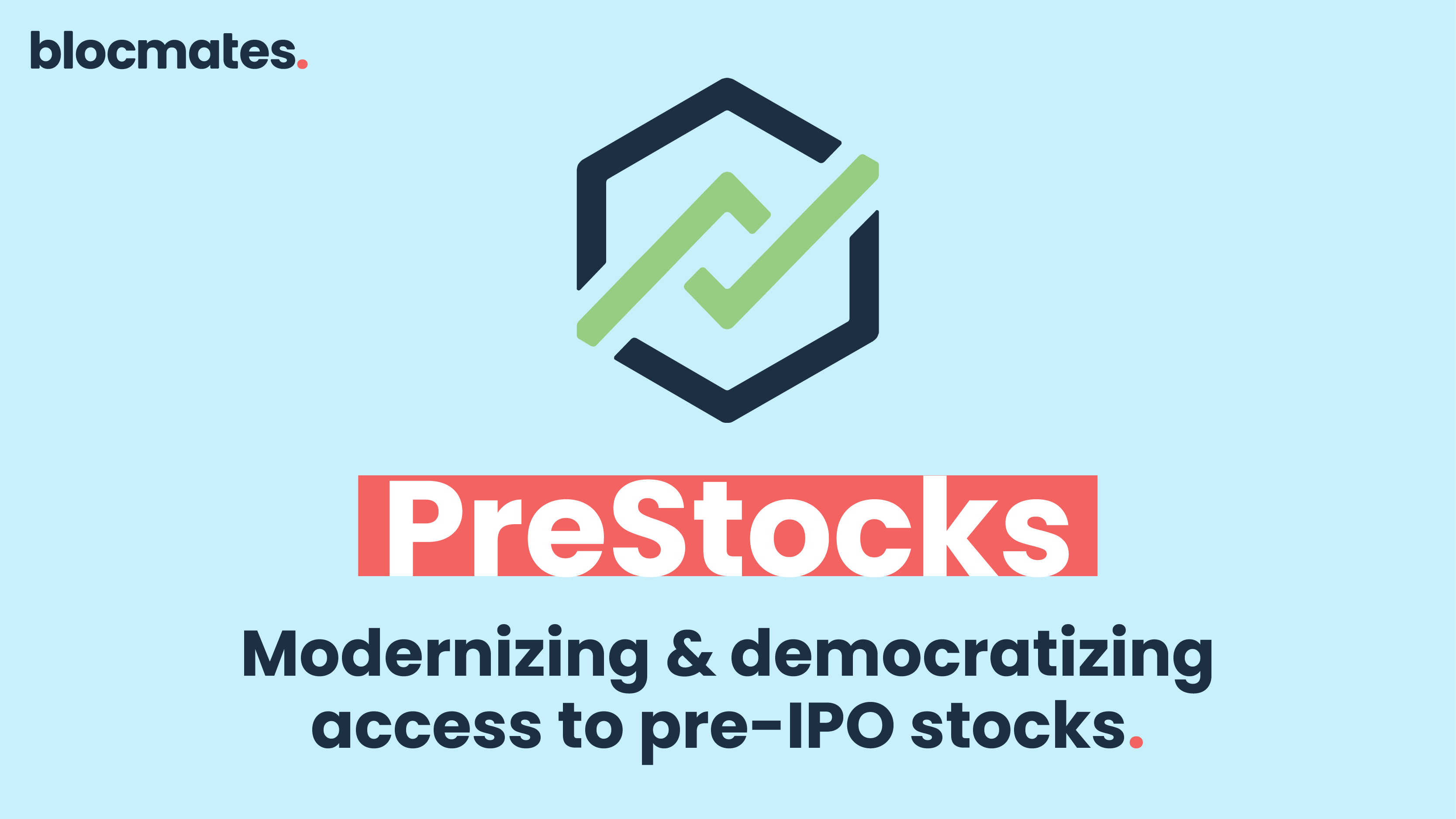

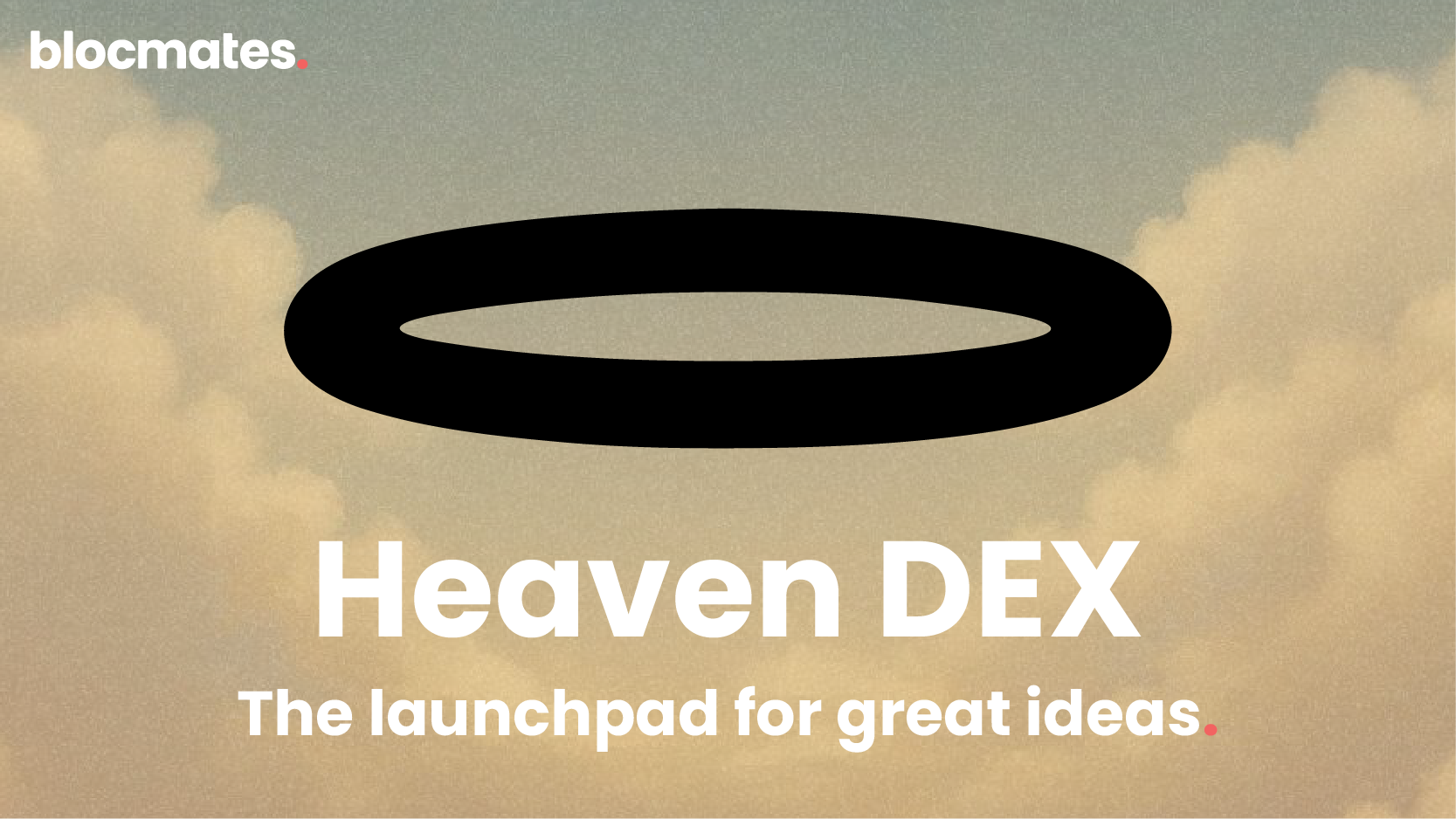
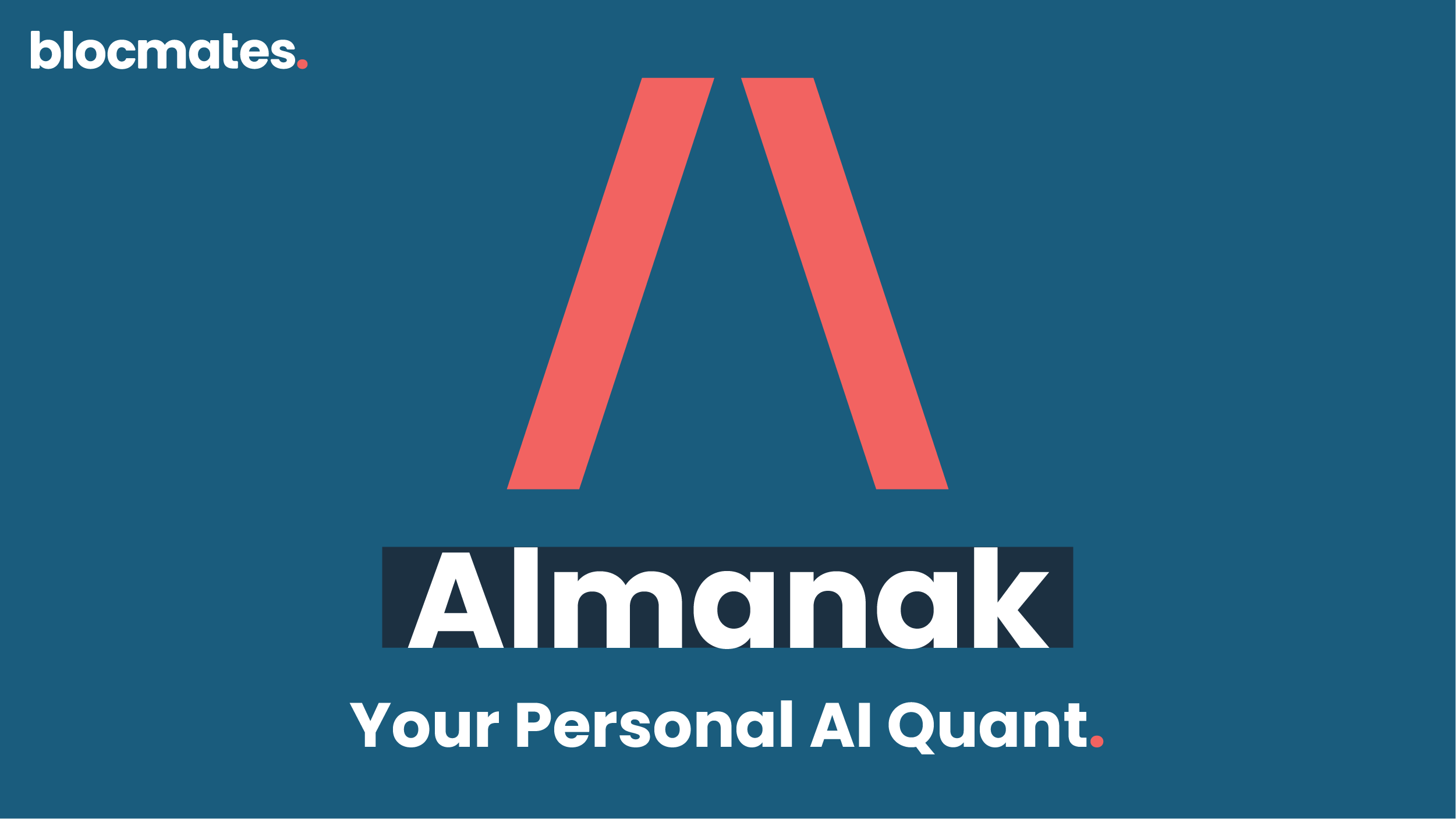
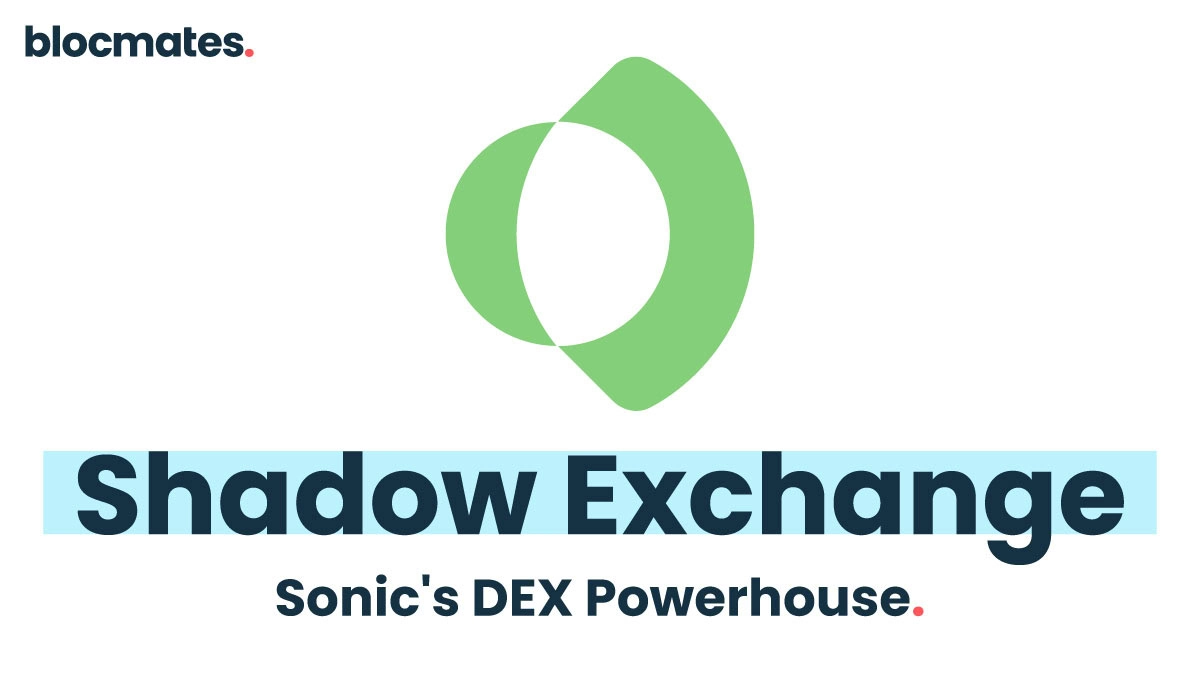
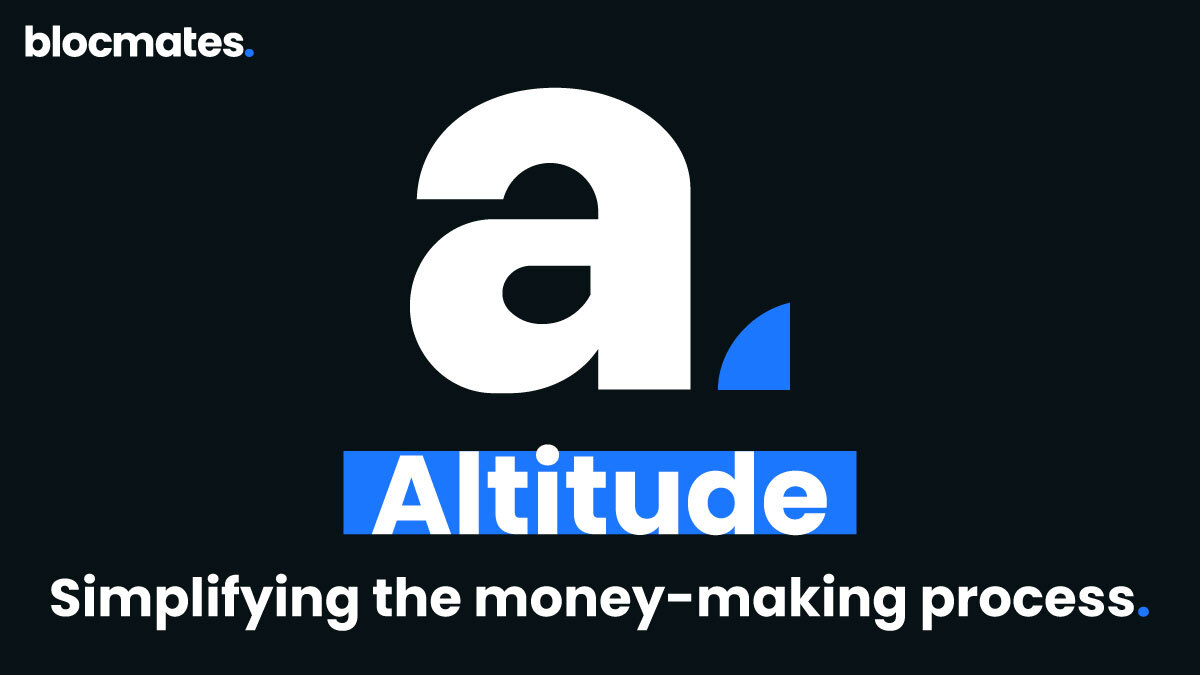
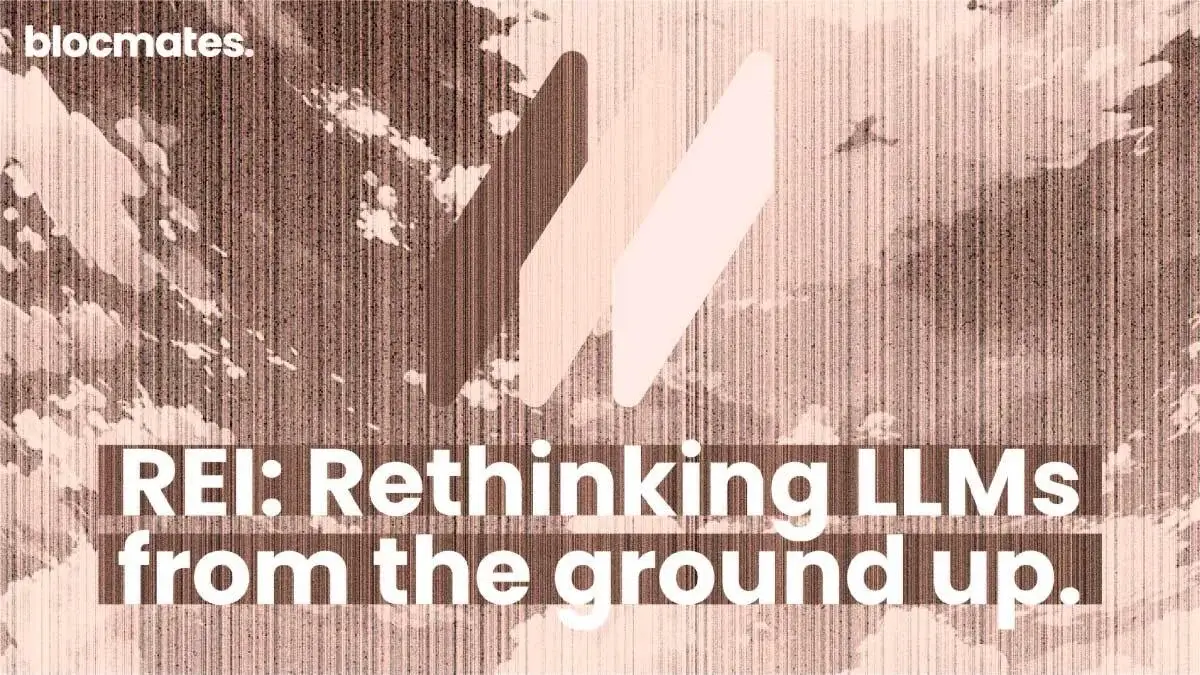
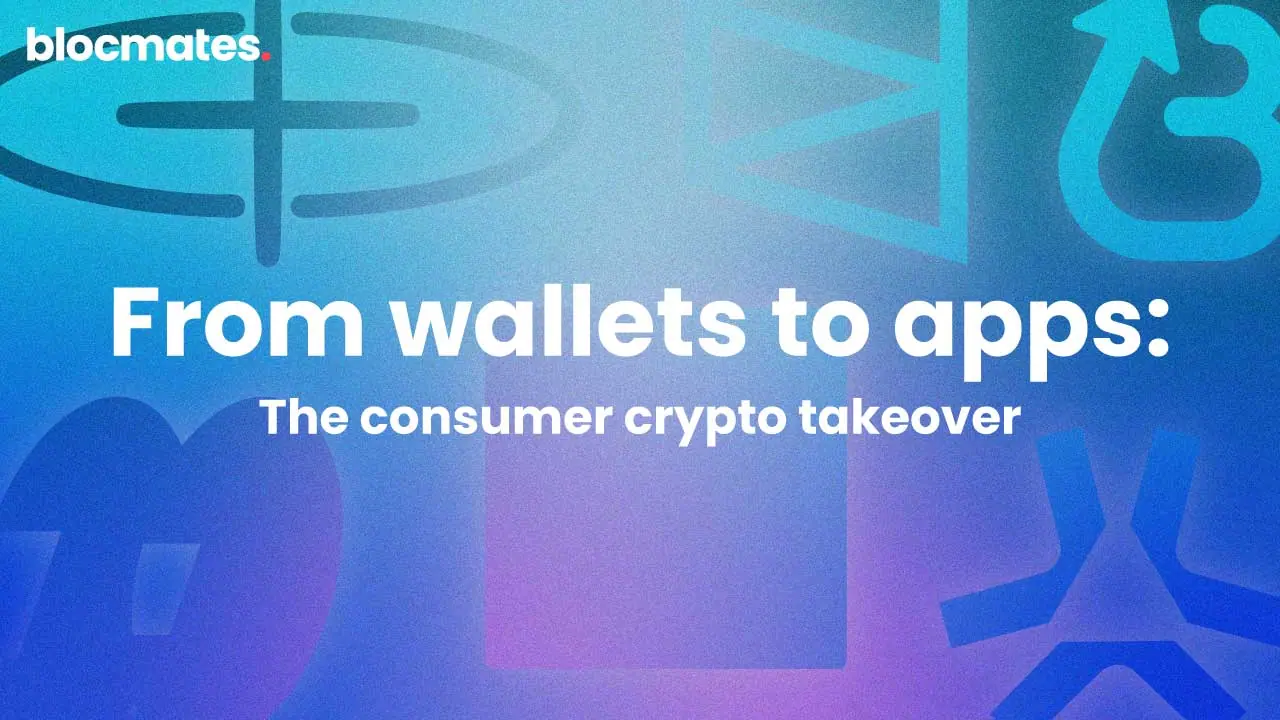
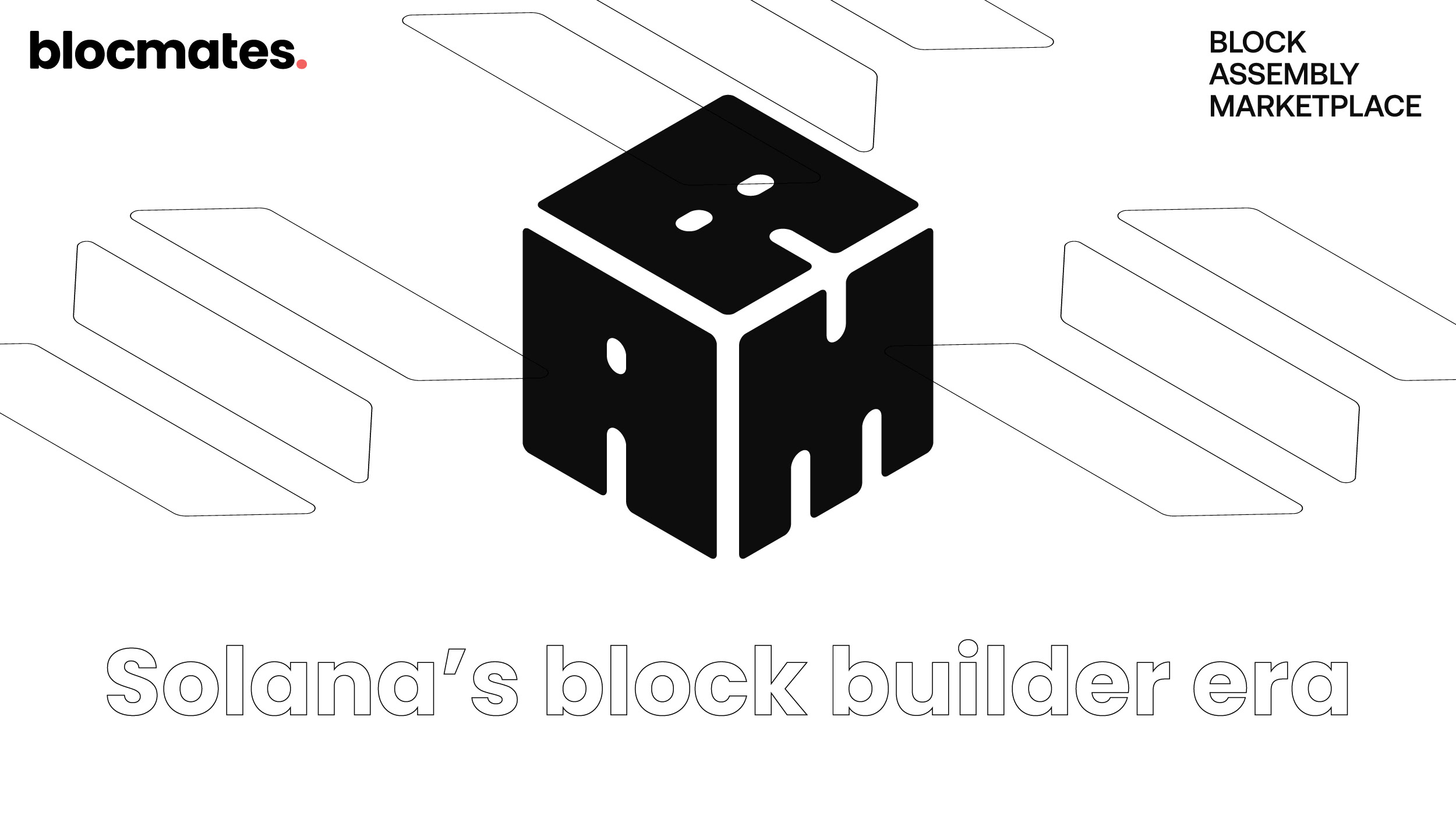

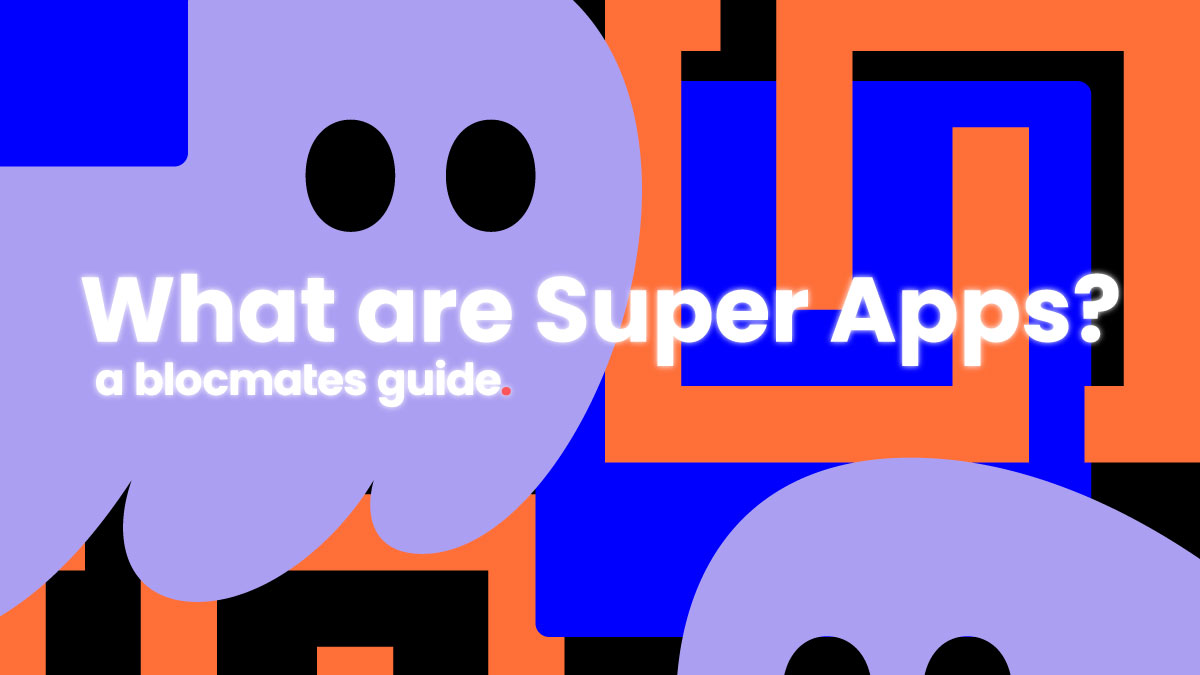
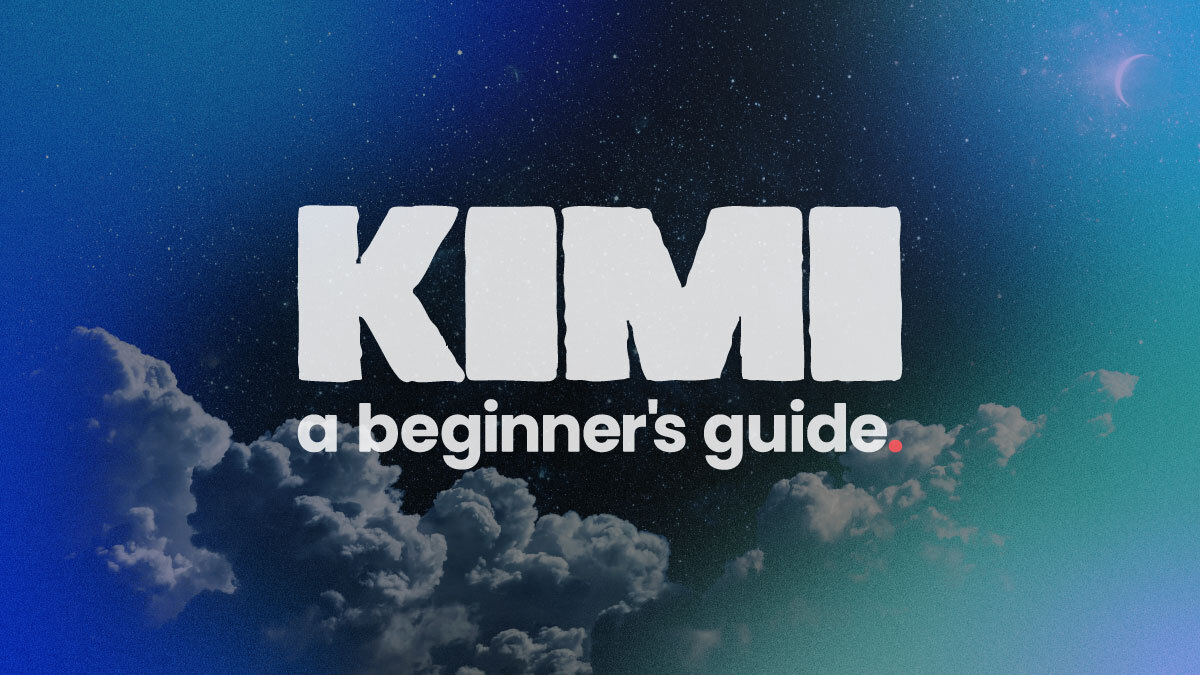
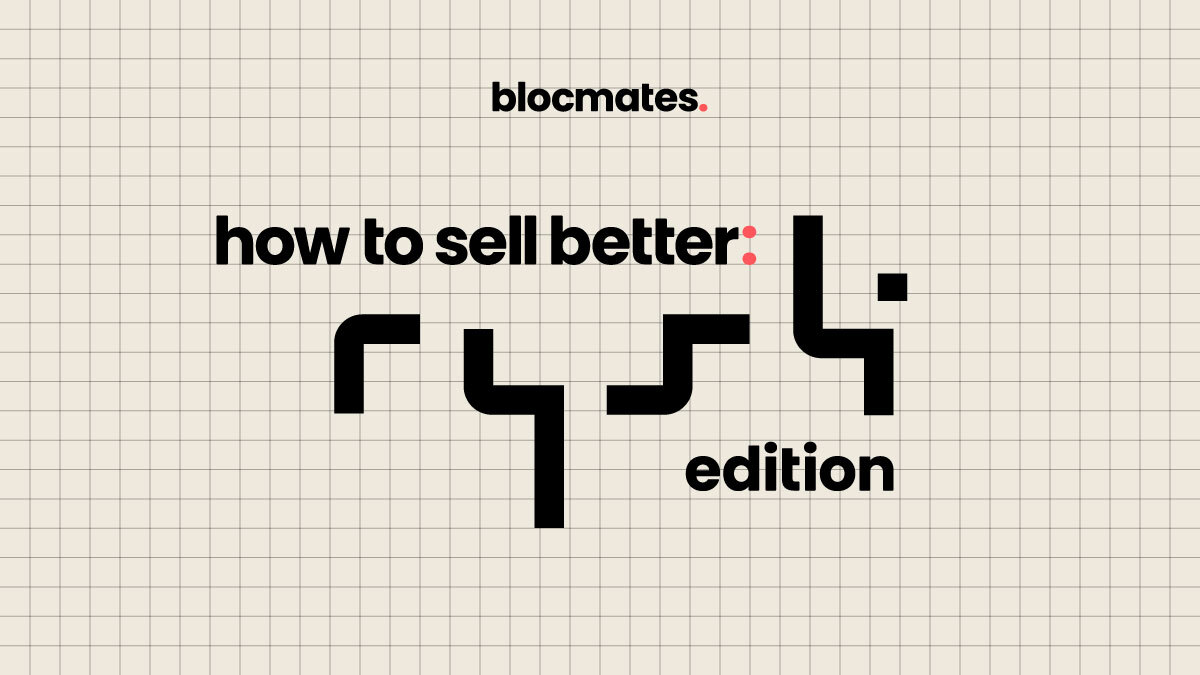
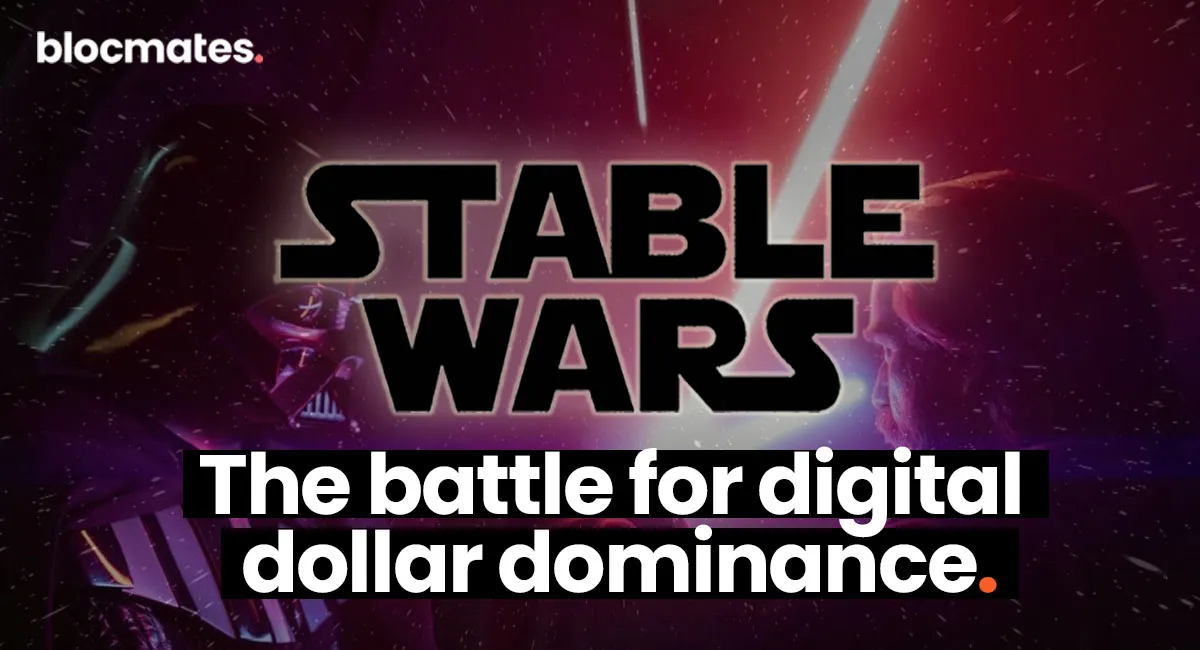

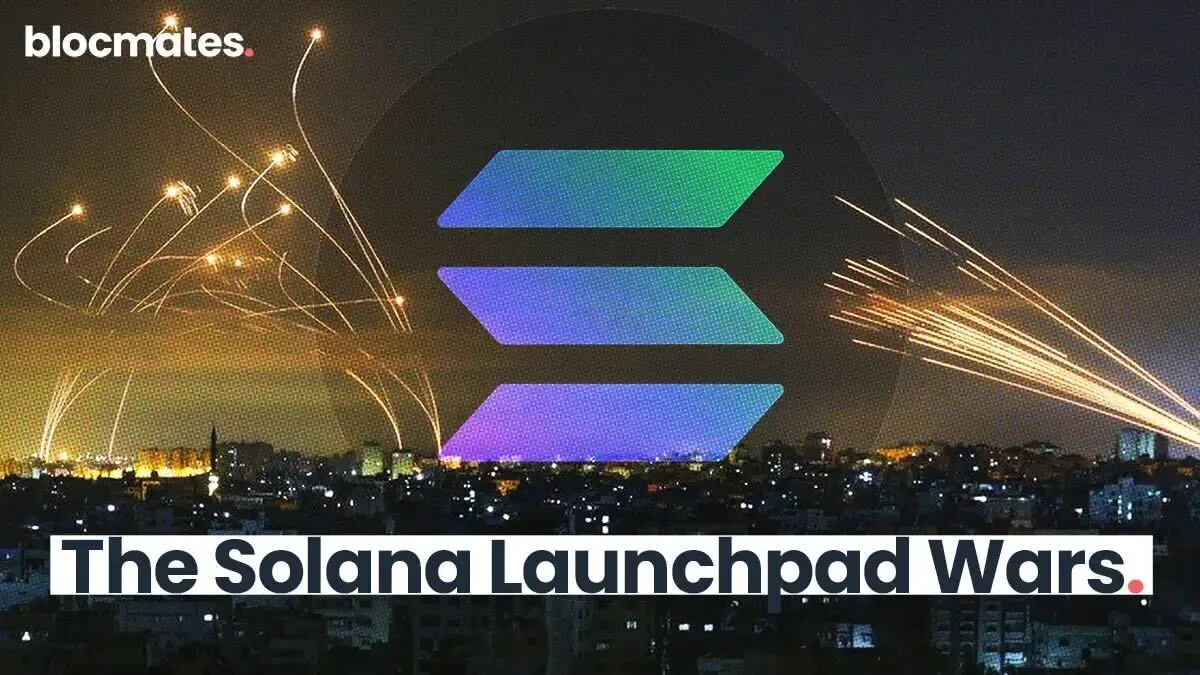




















%202.webp)


.webp)

.webp)
.webp)
.webp)


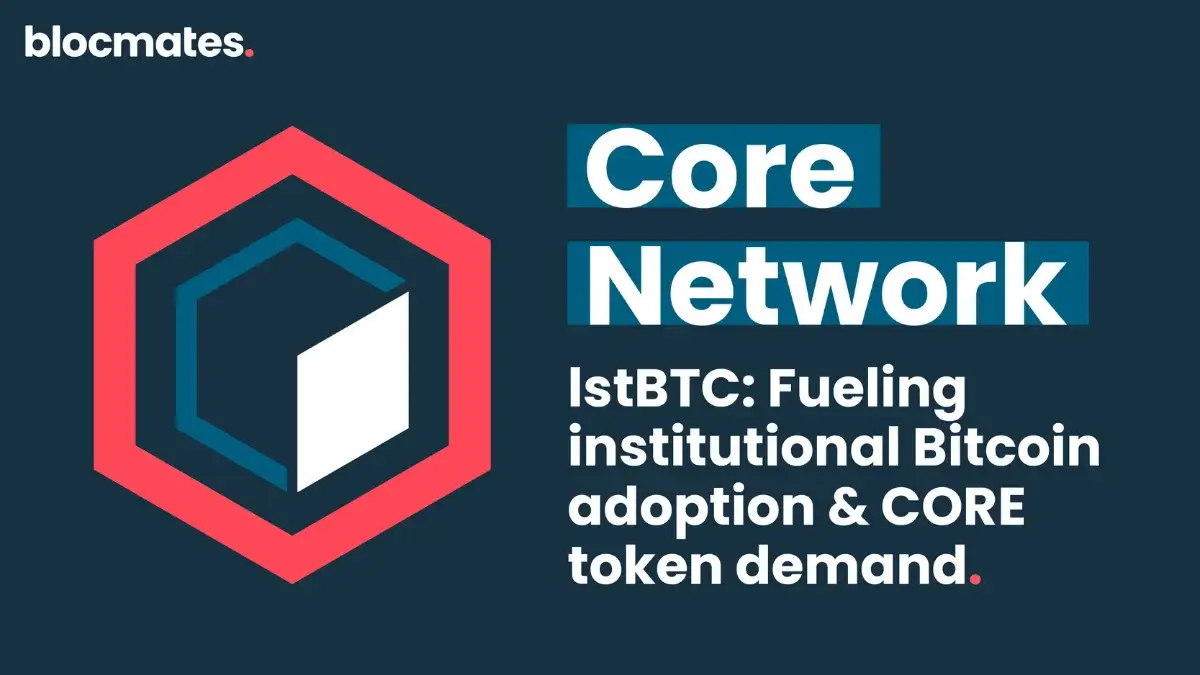
.webp)

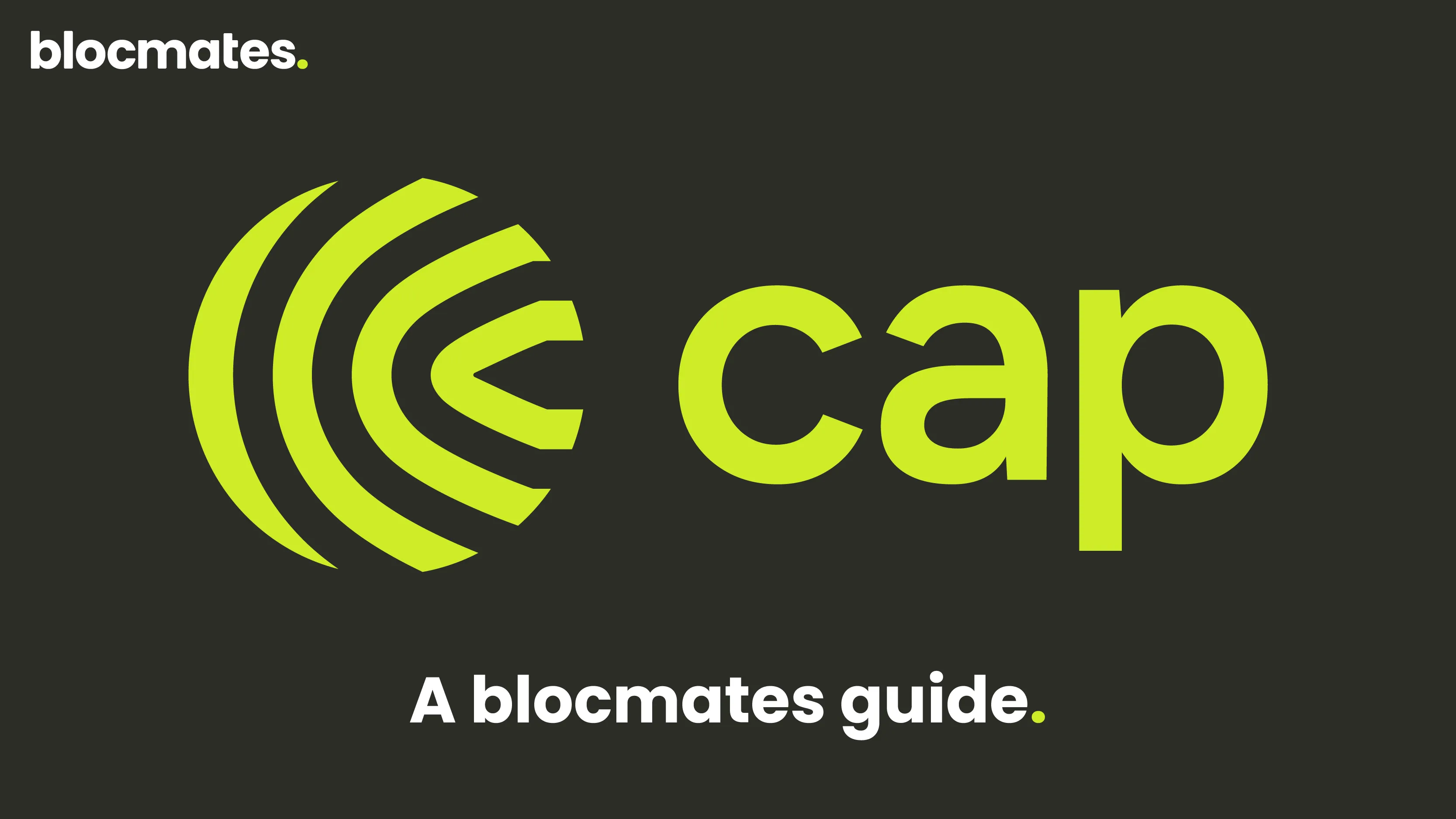










%20the%20Next%20Big%20Unlock%20in%20AI.webp)






.webp)
.webp)
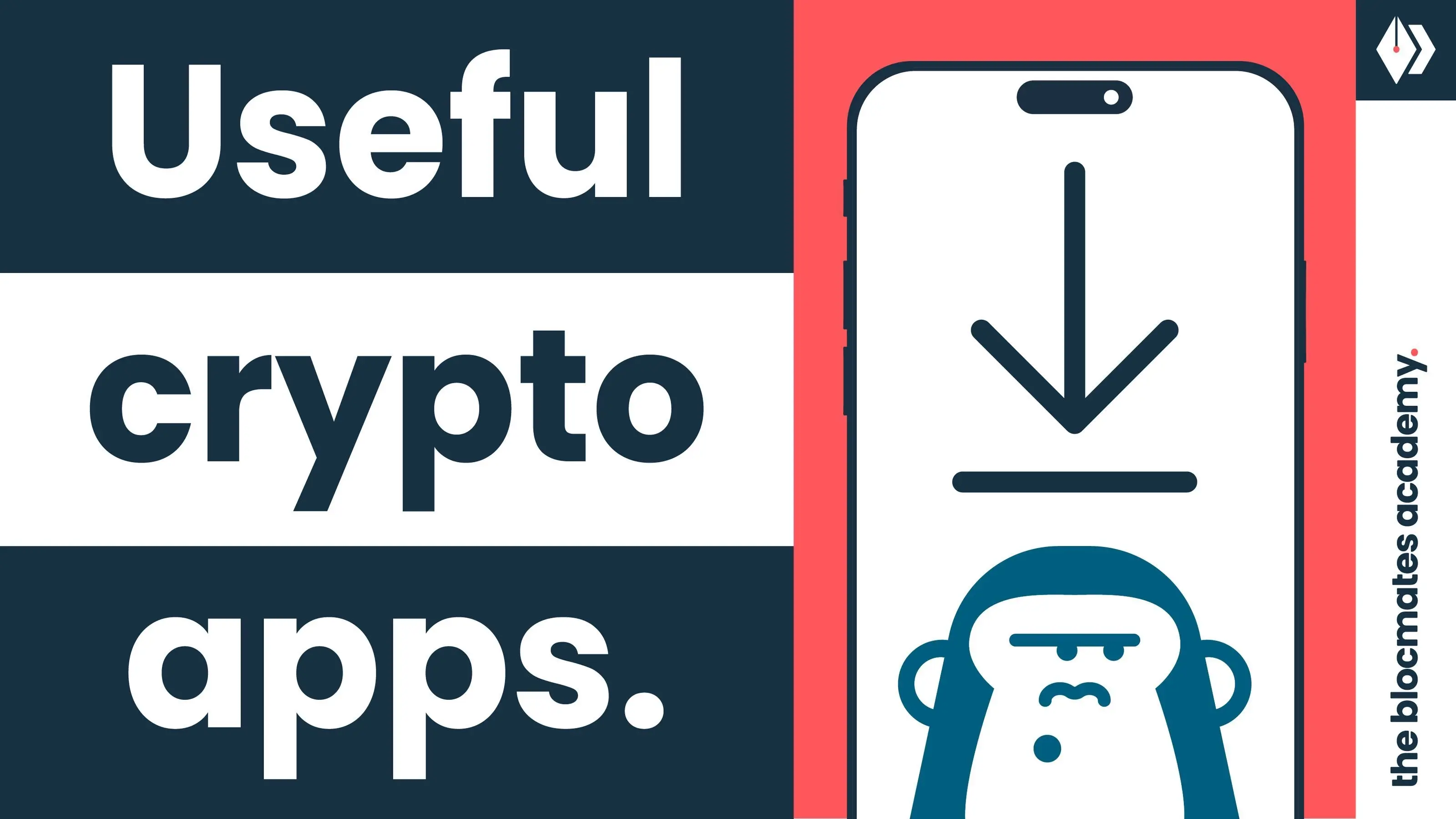
.webp)
.webp)
.webp)


.webp)
.webp)










.webp)


.webp)






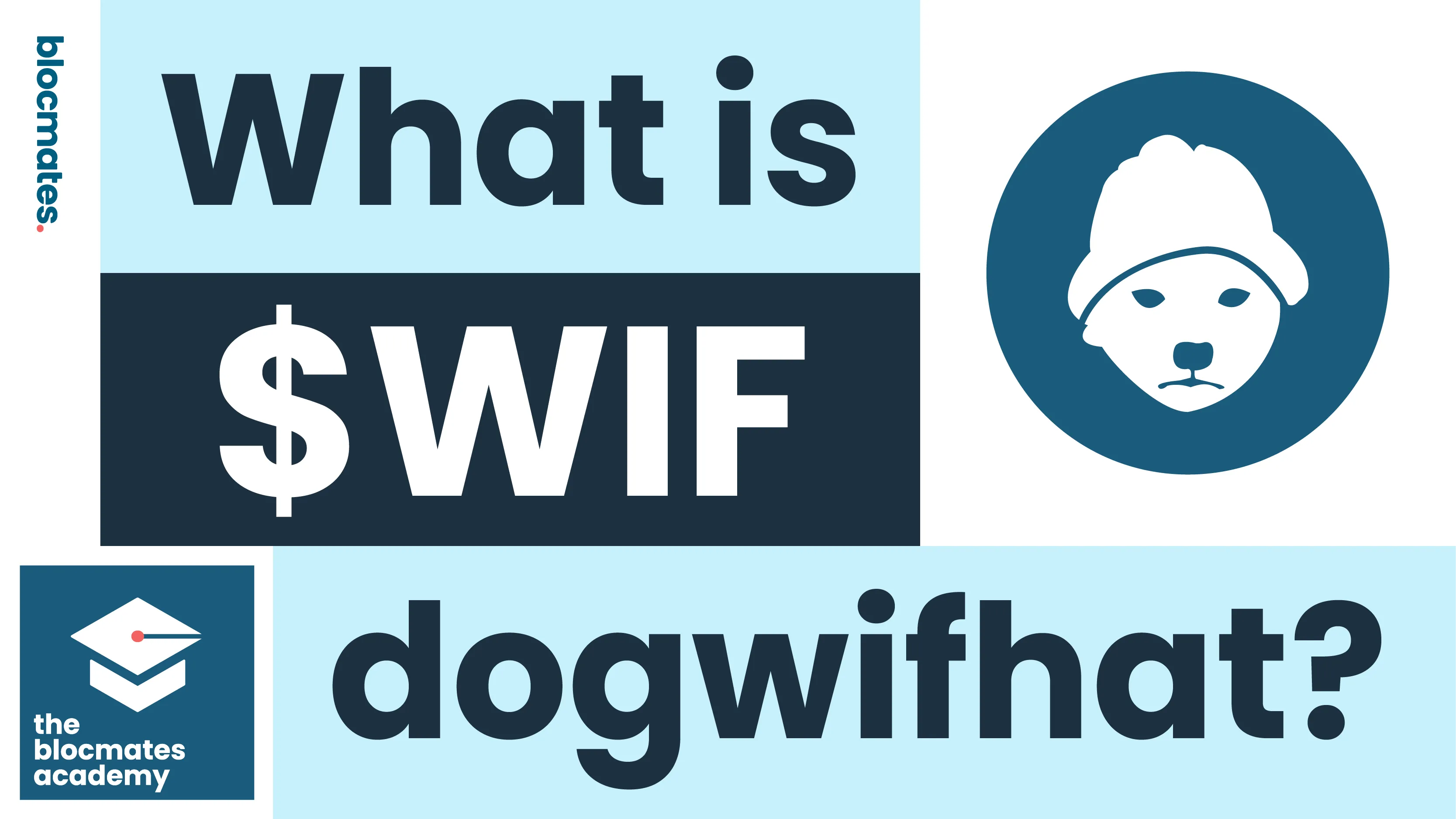


.webp)







.webp)
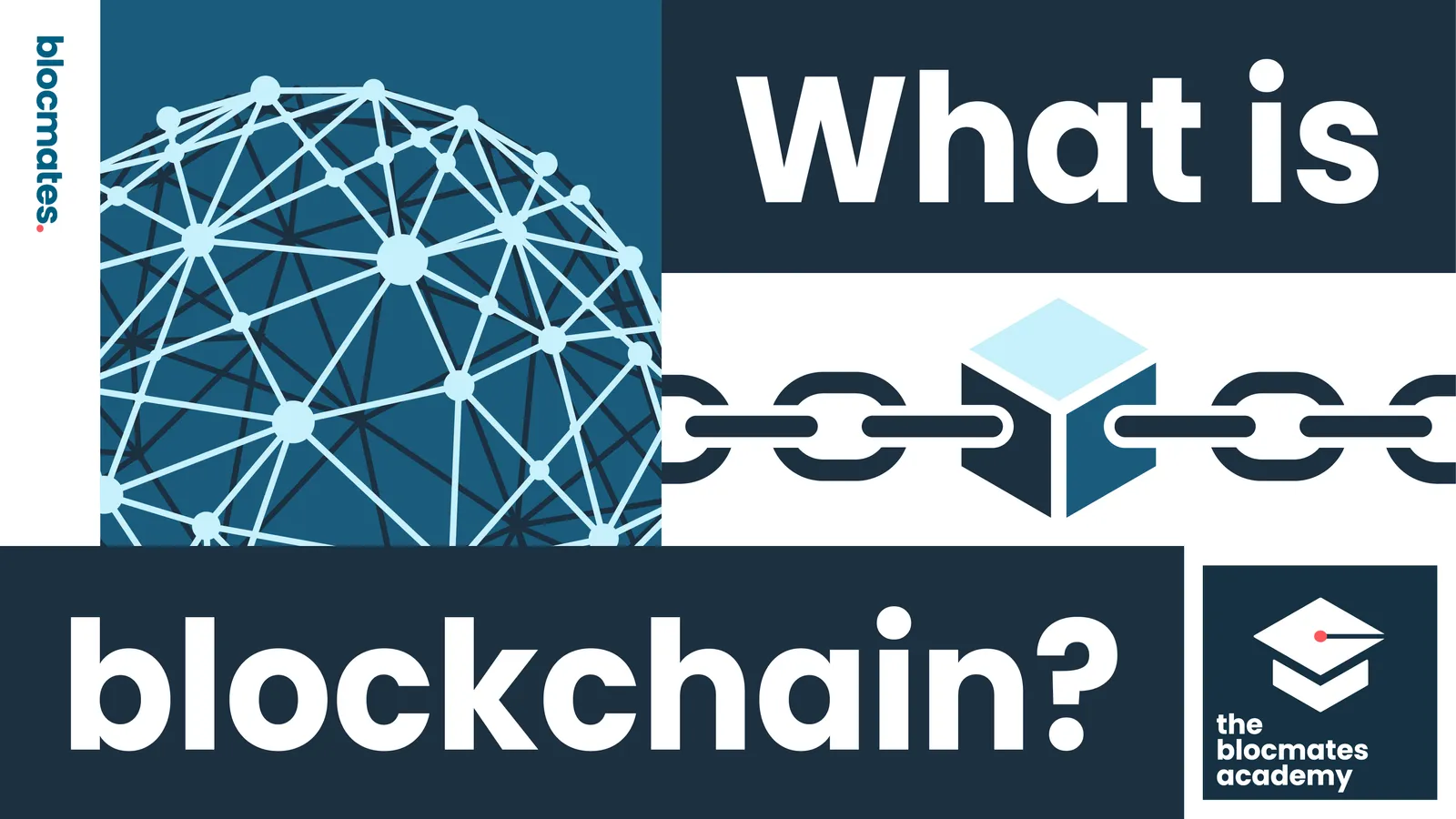



.webp)








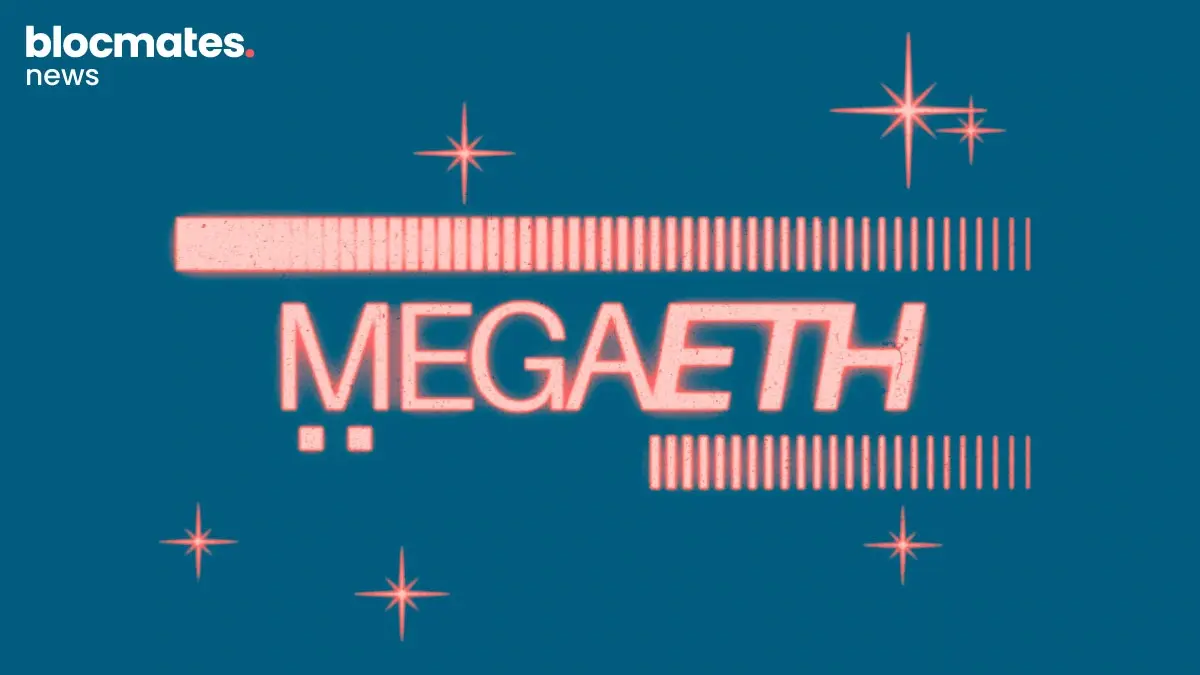




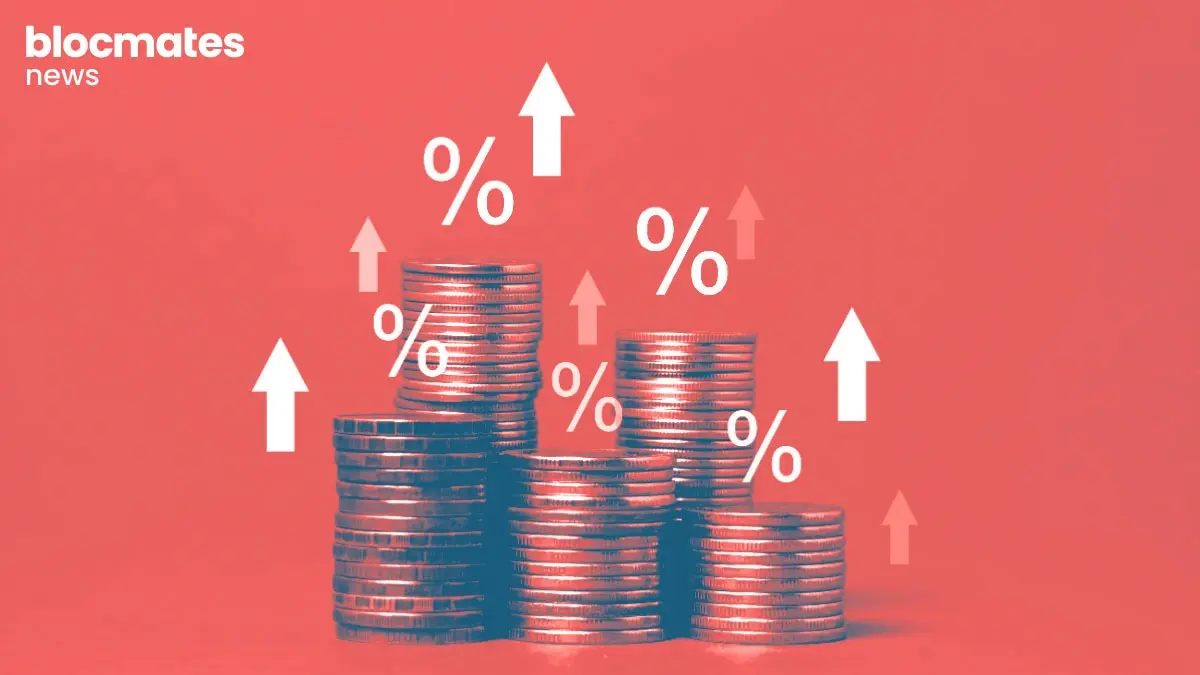

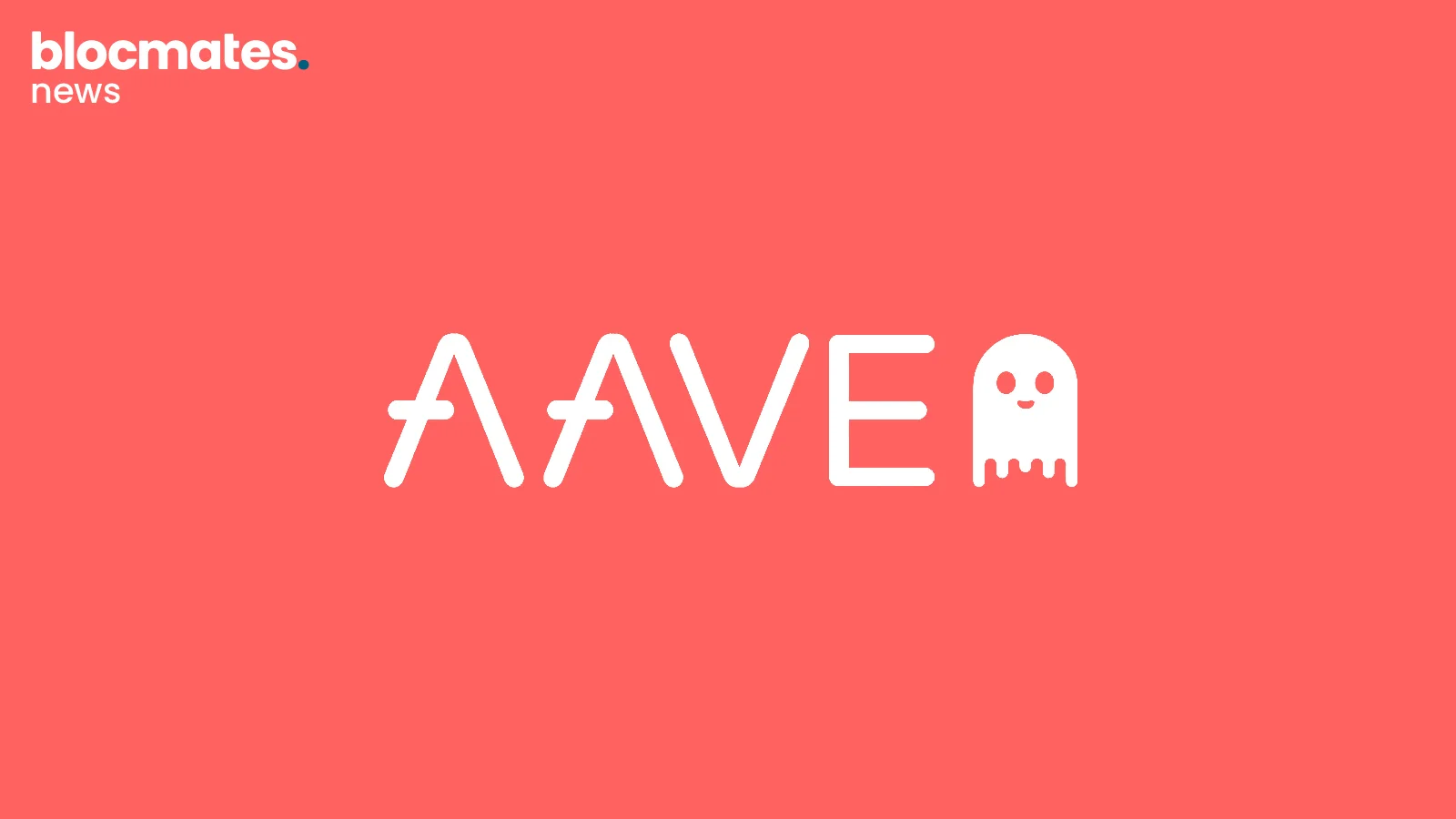
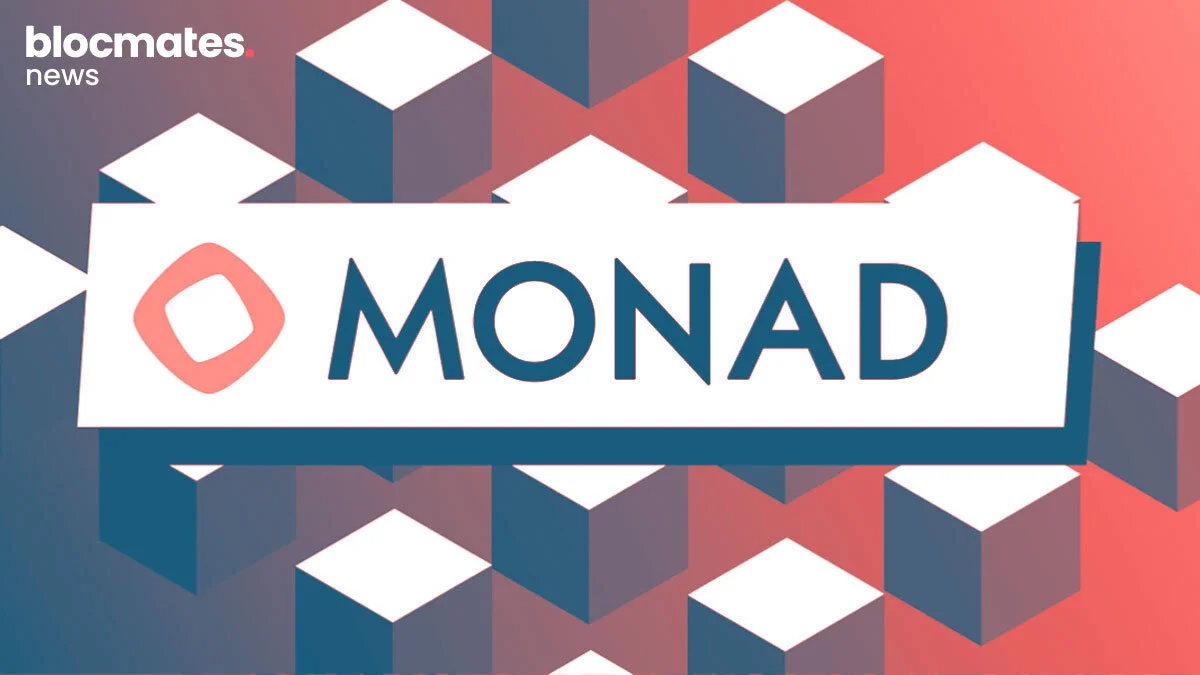
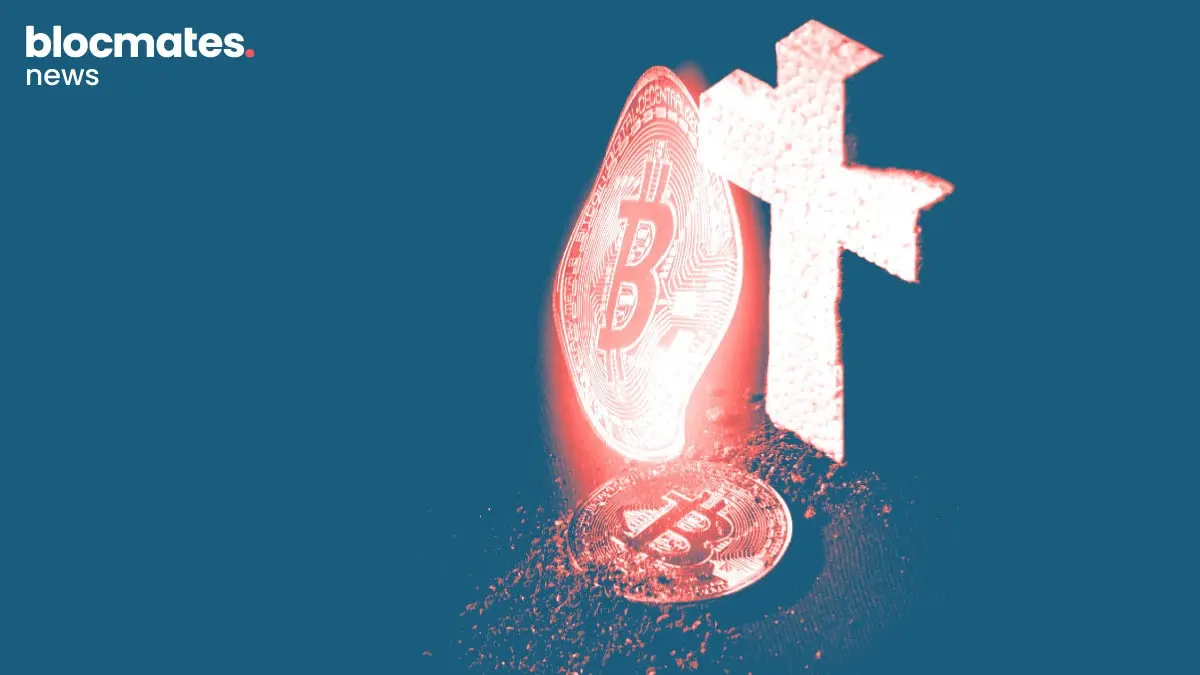

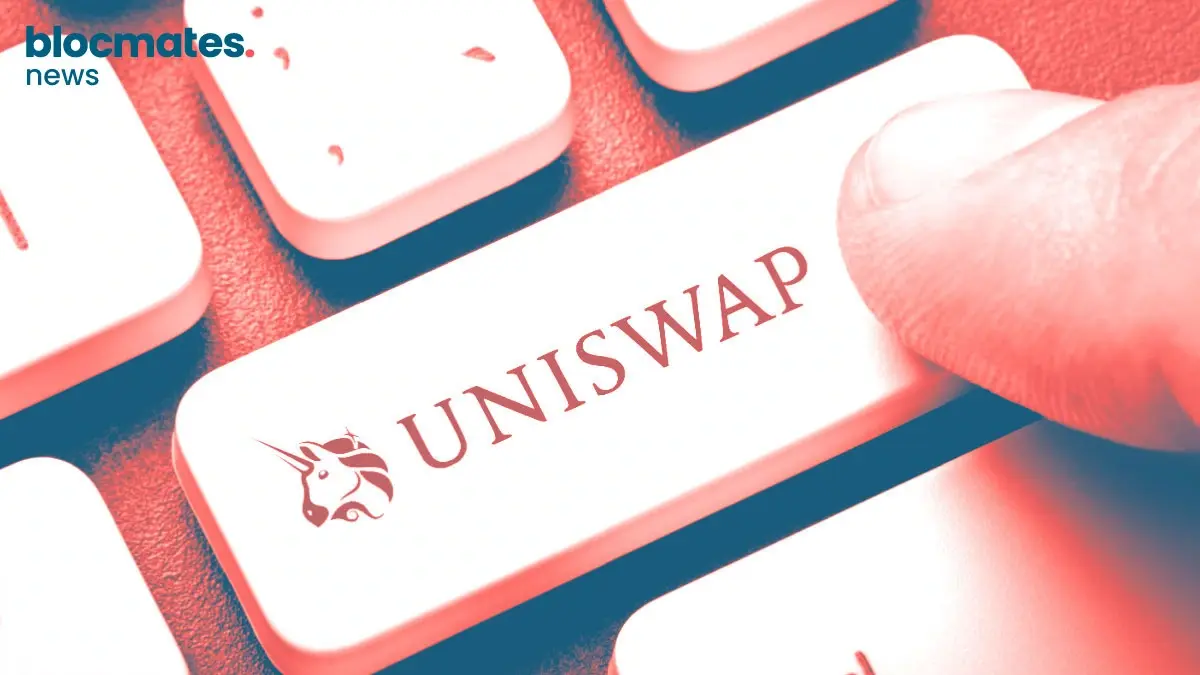

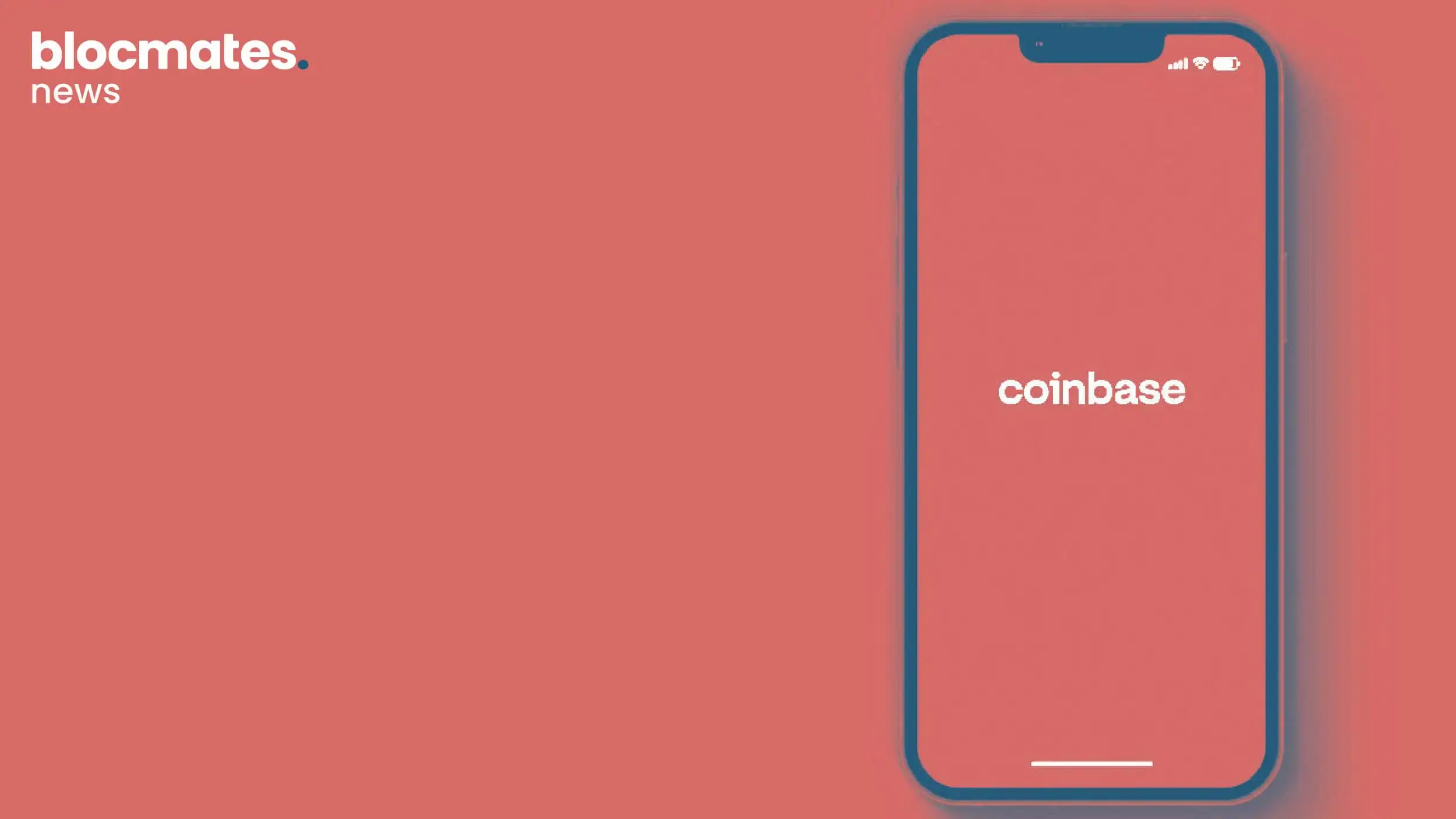

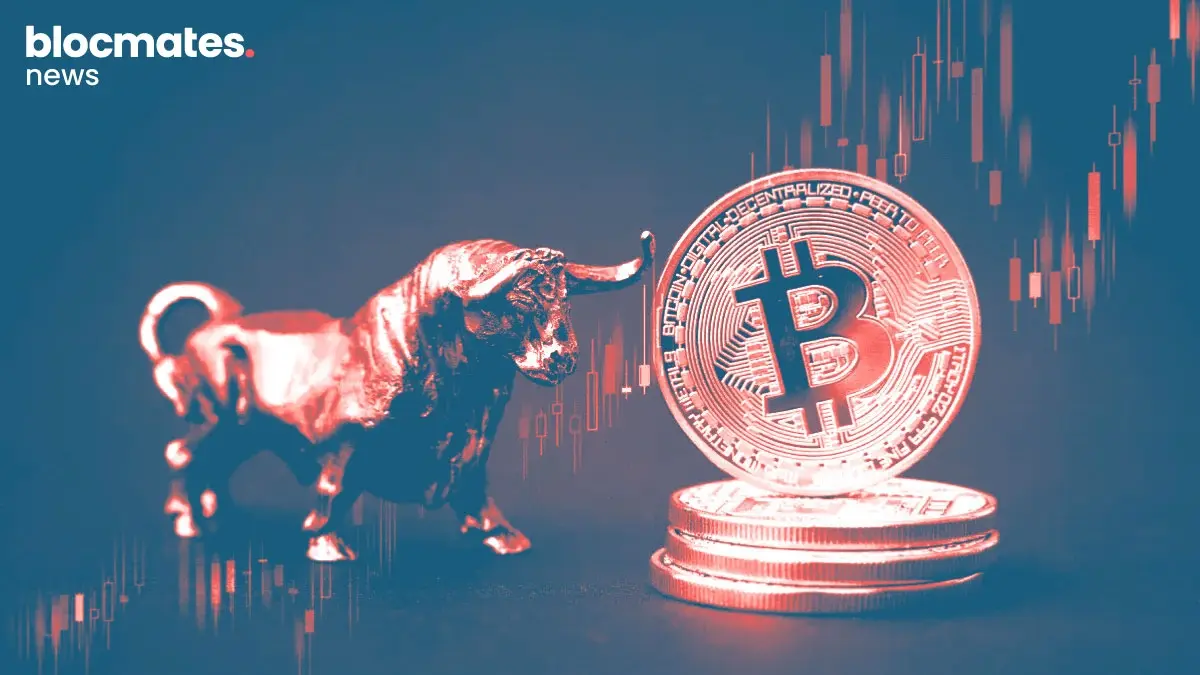

.webp)
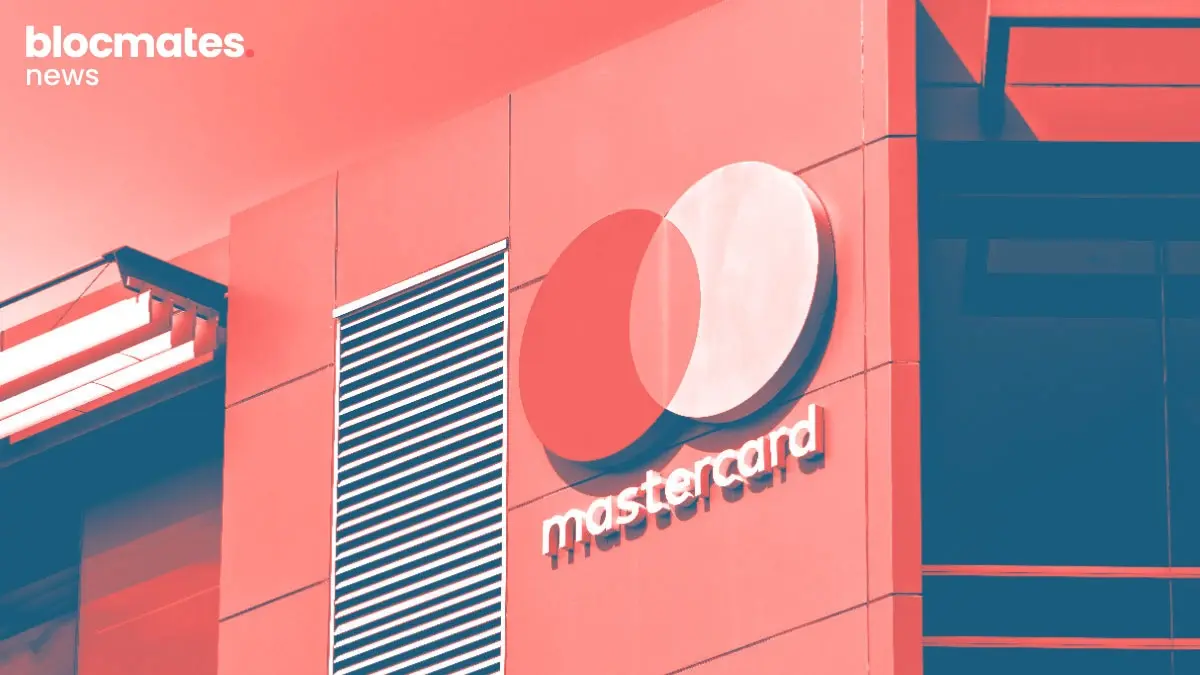

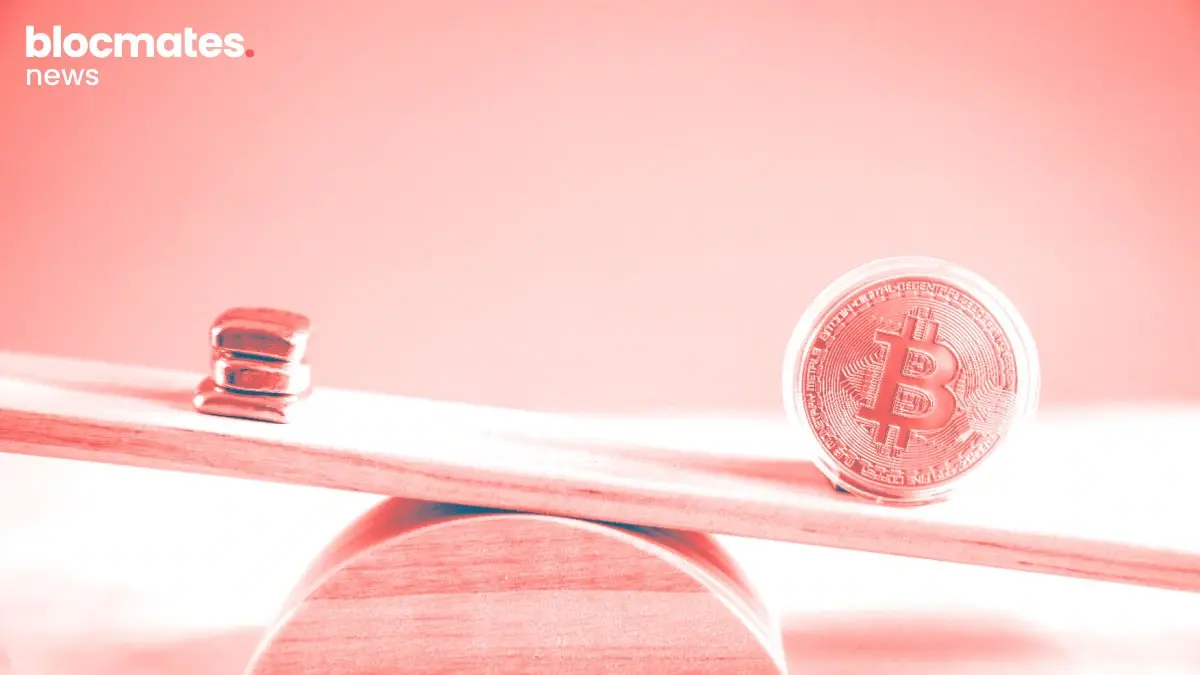
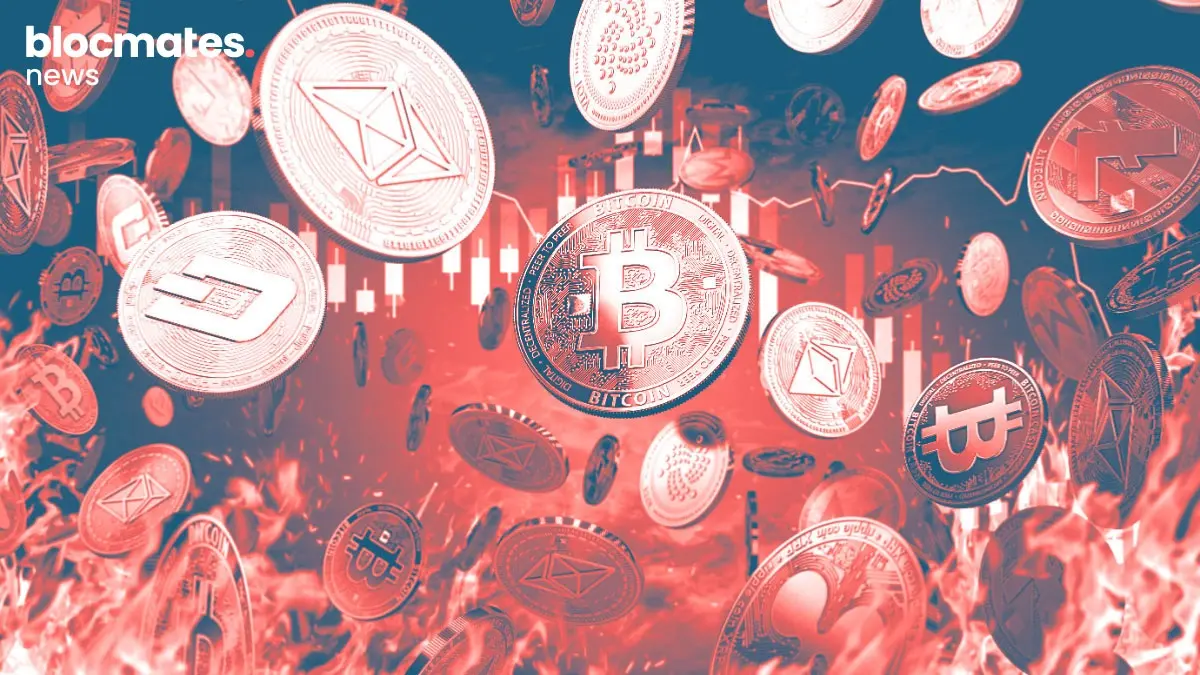

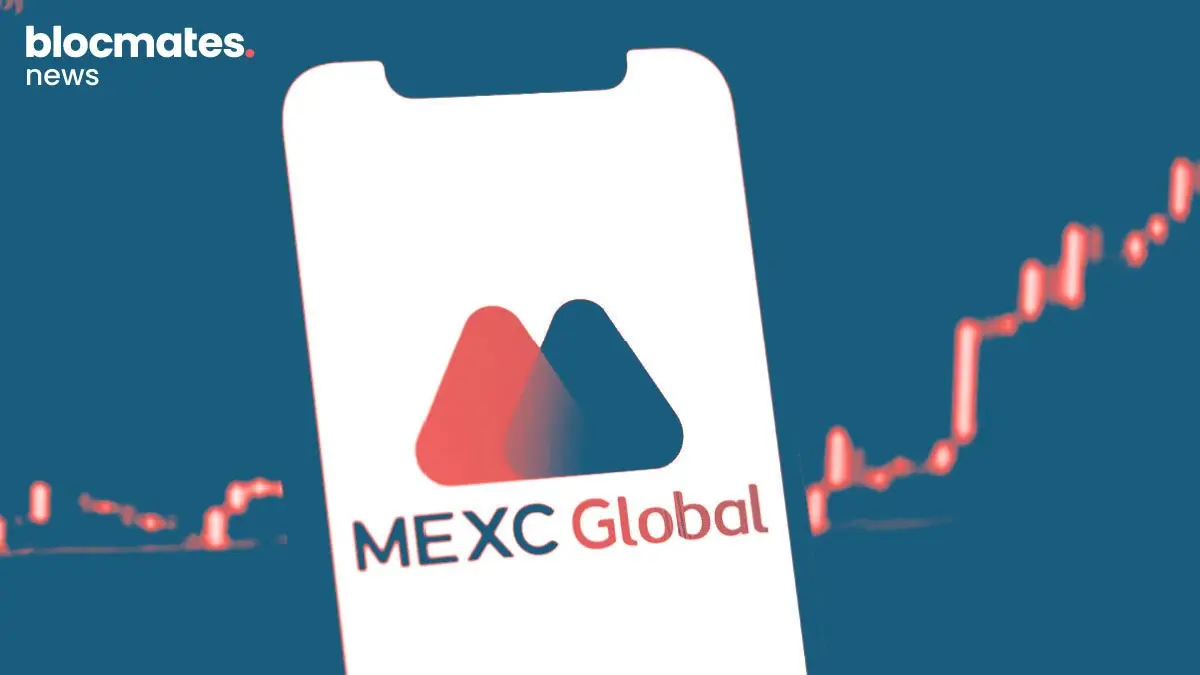

.webp)
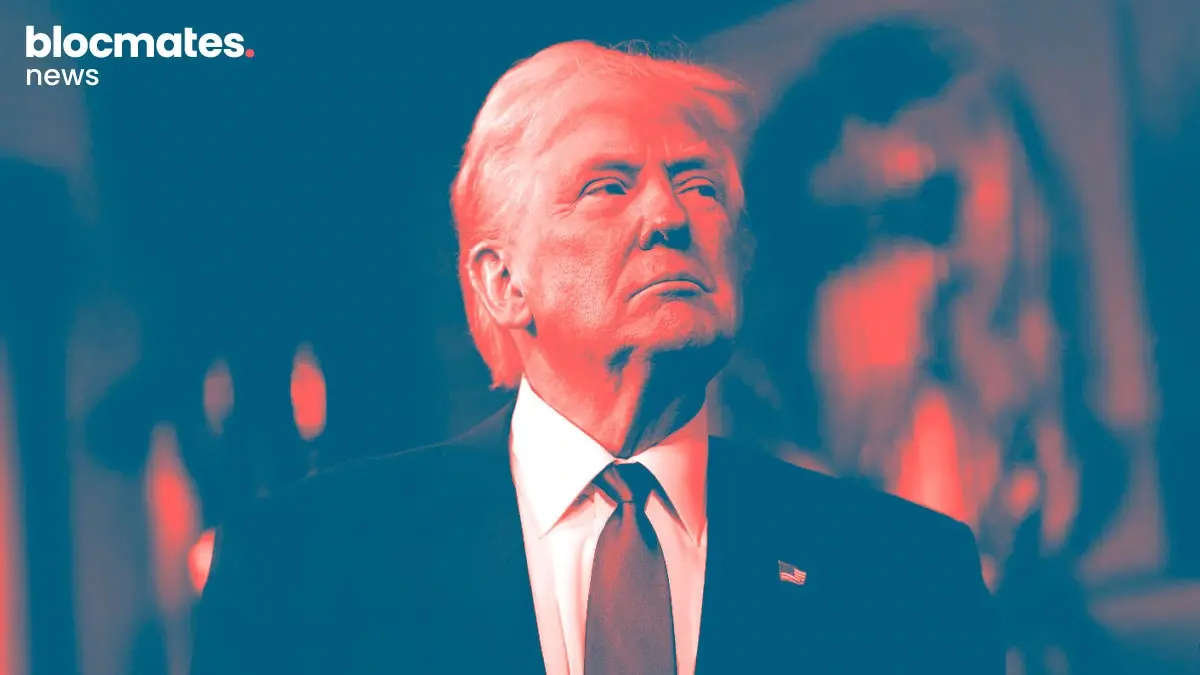

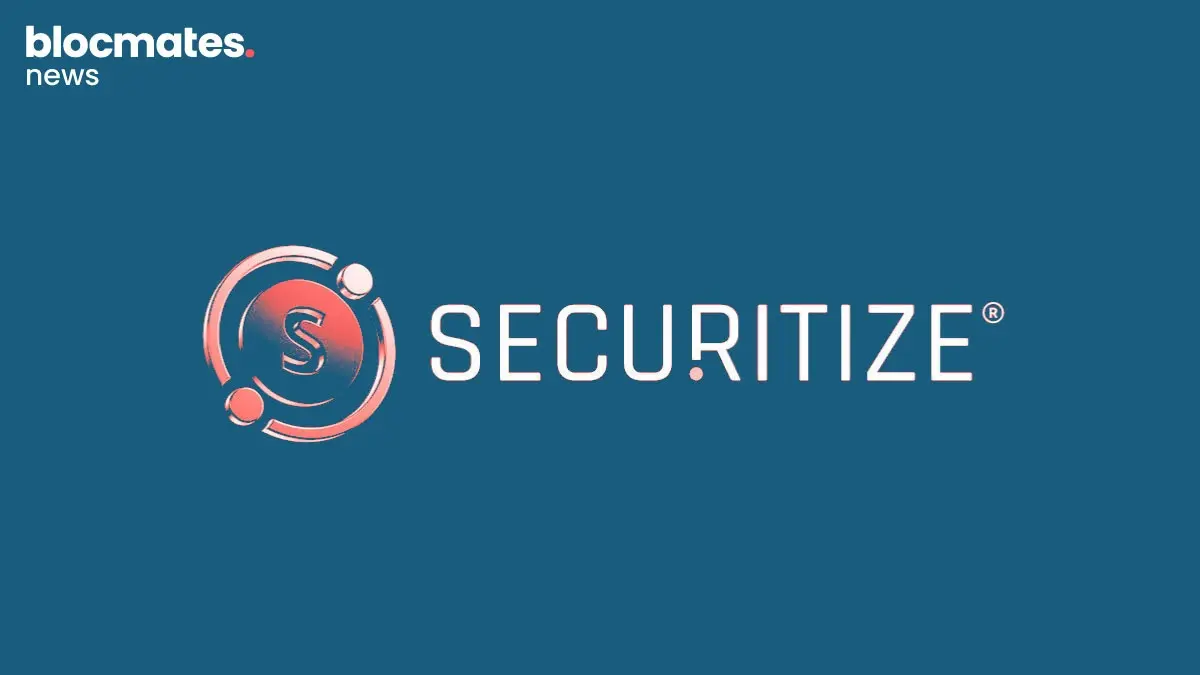
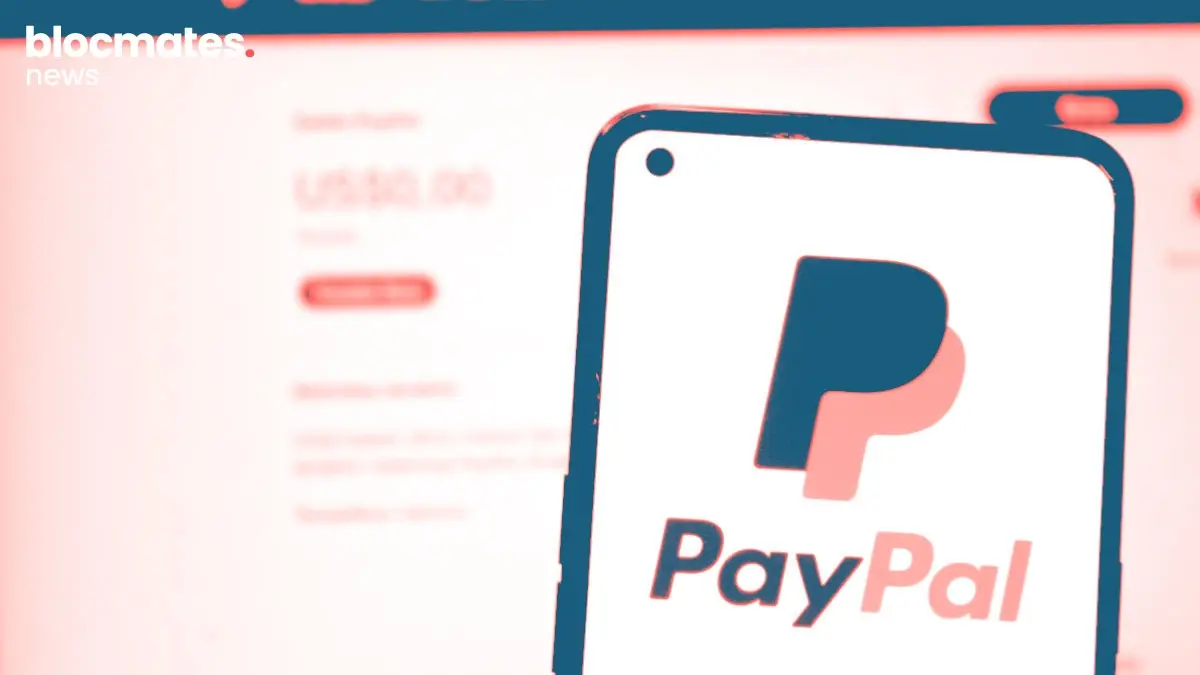
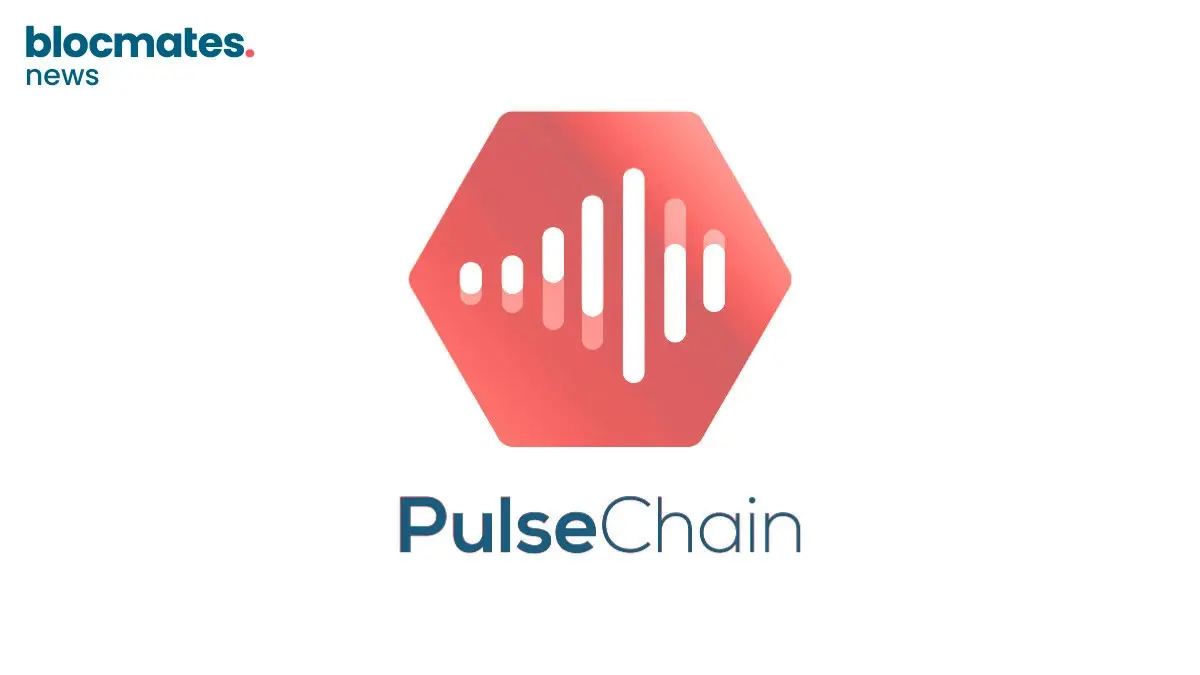
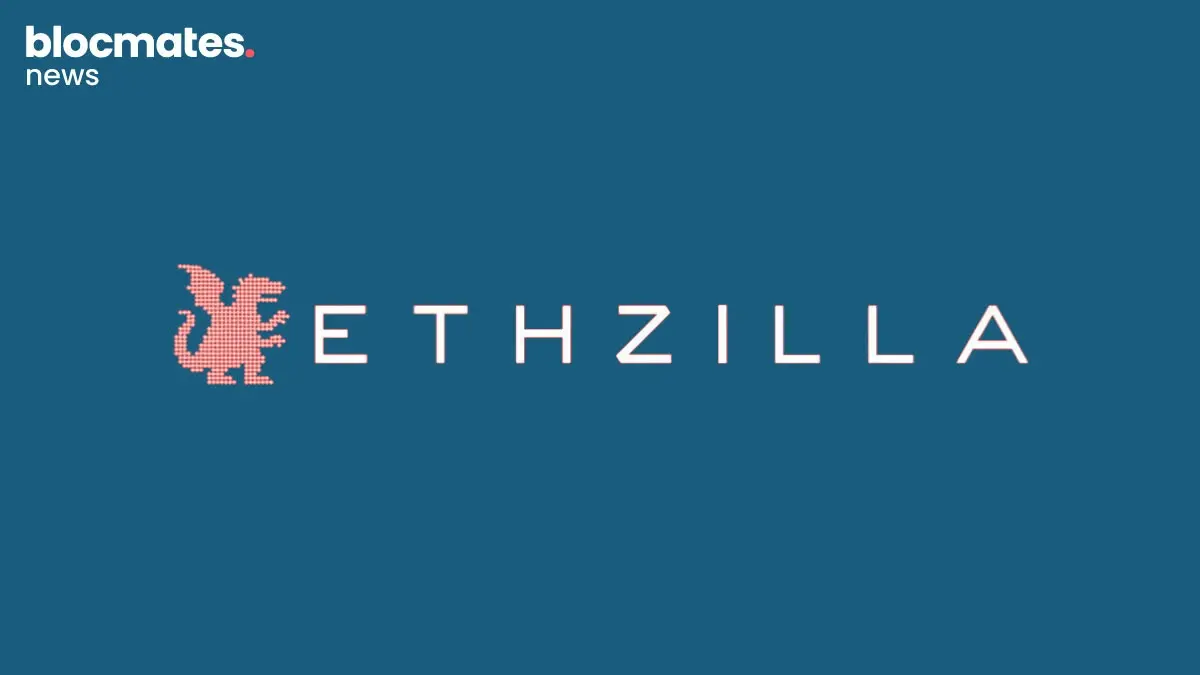
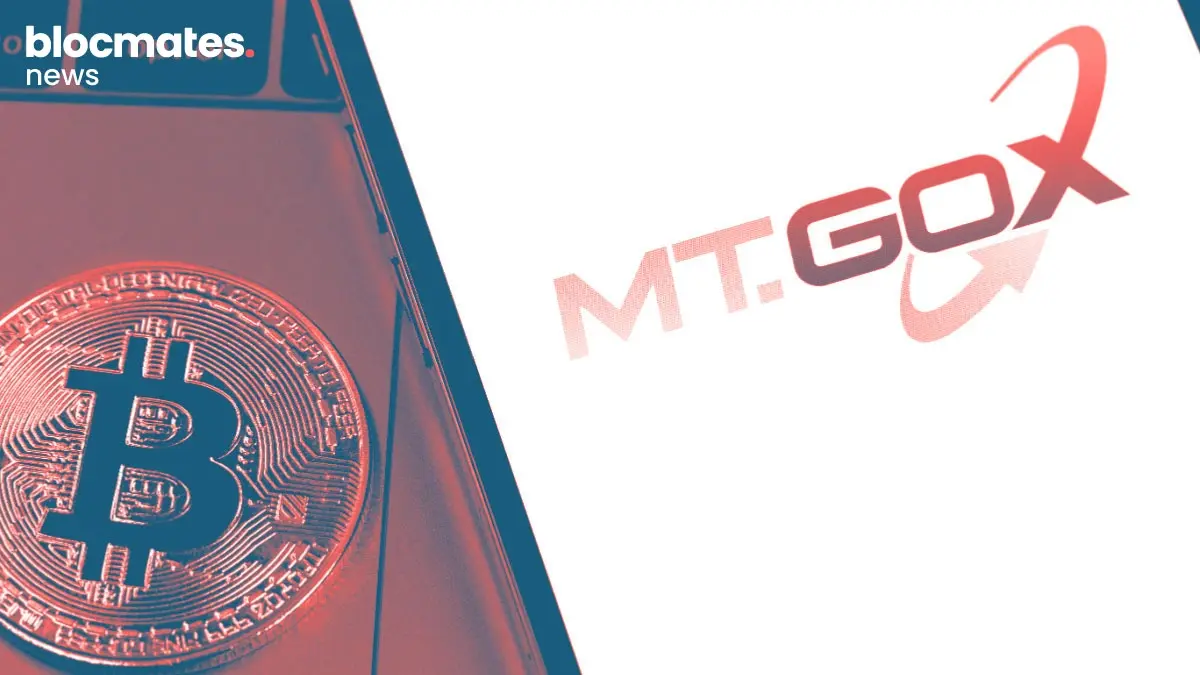
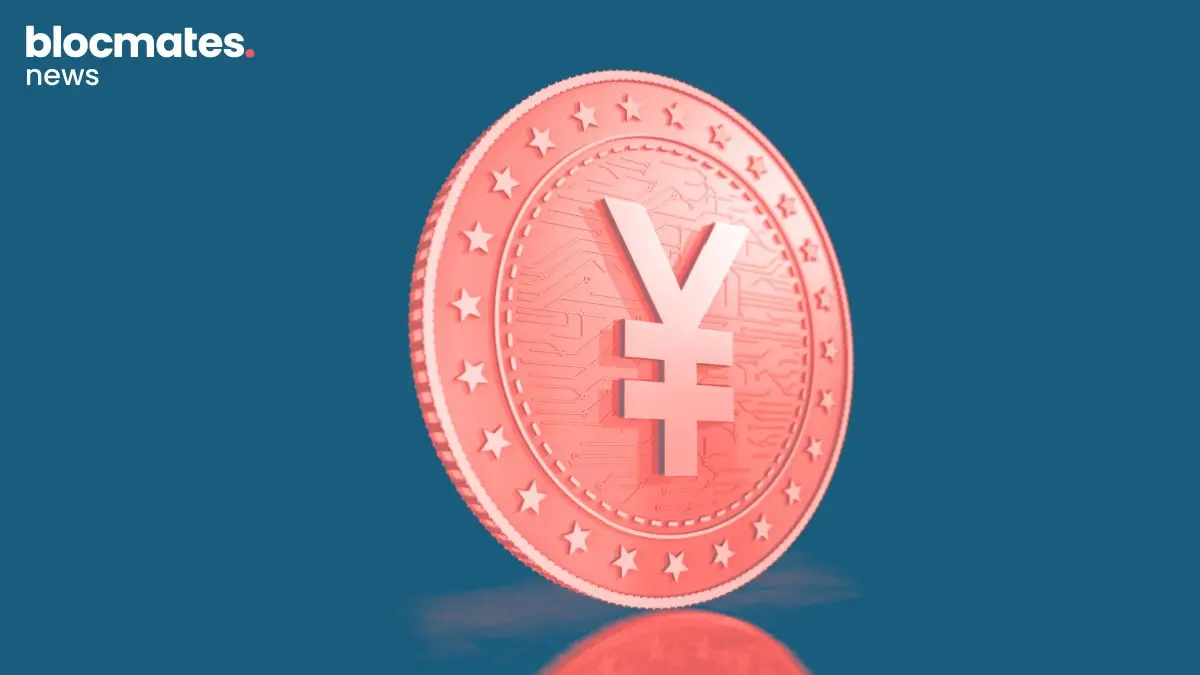
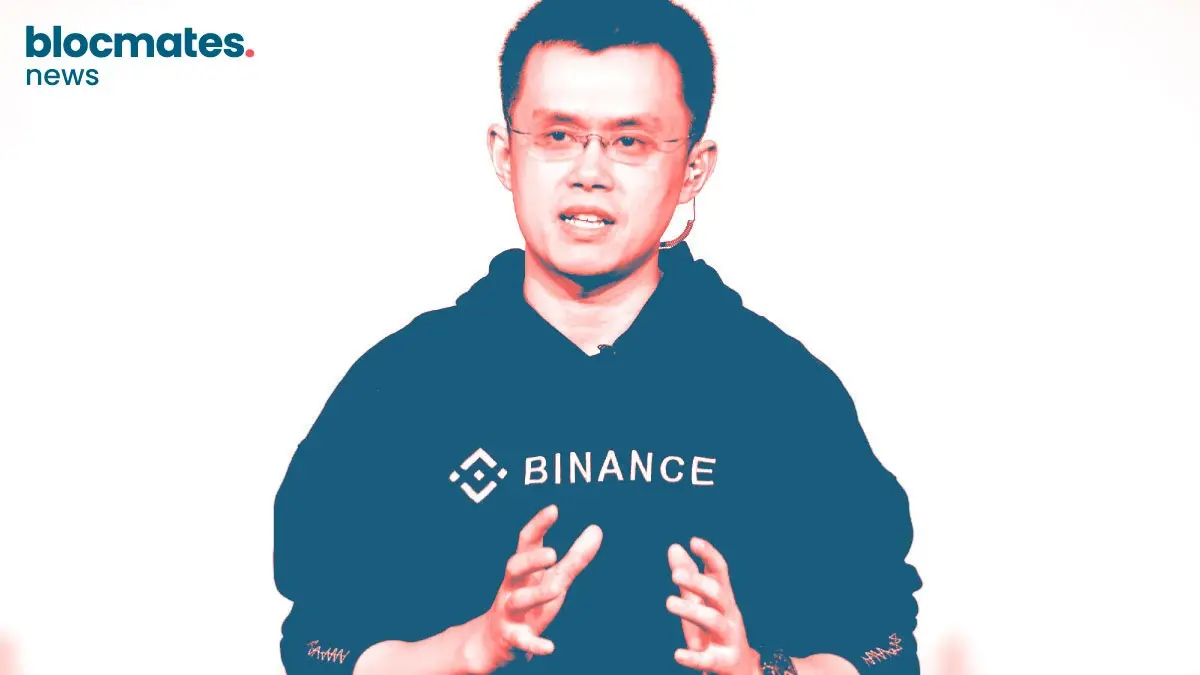


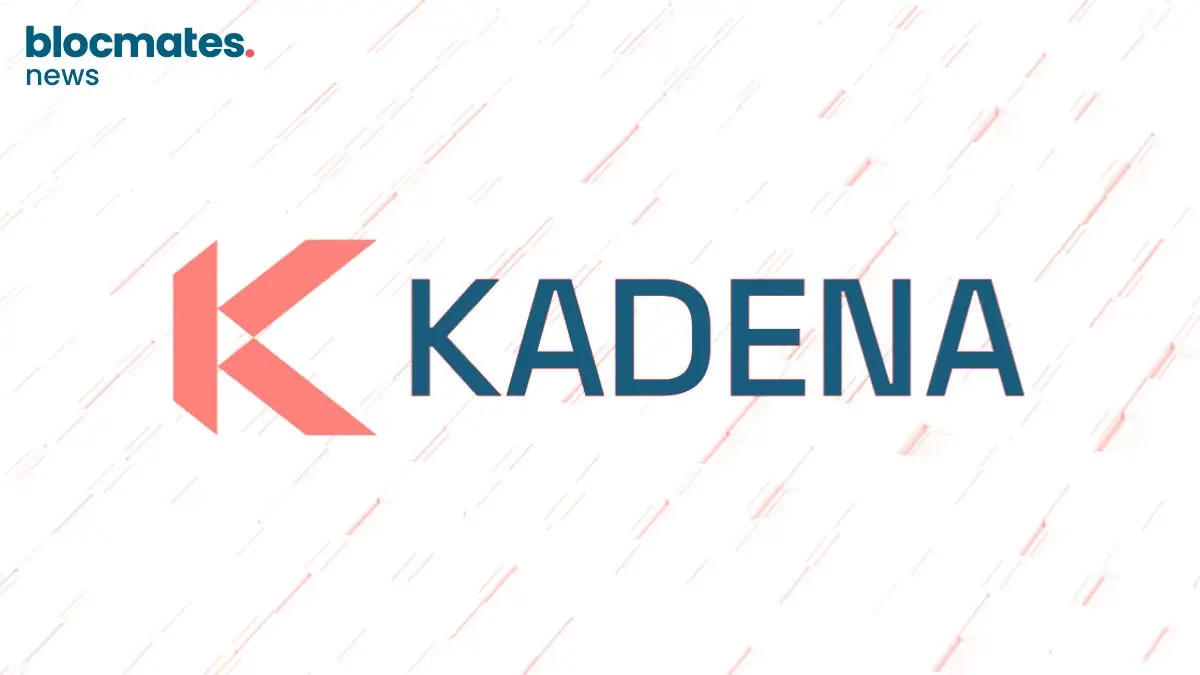

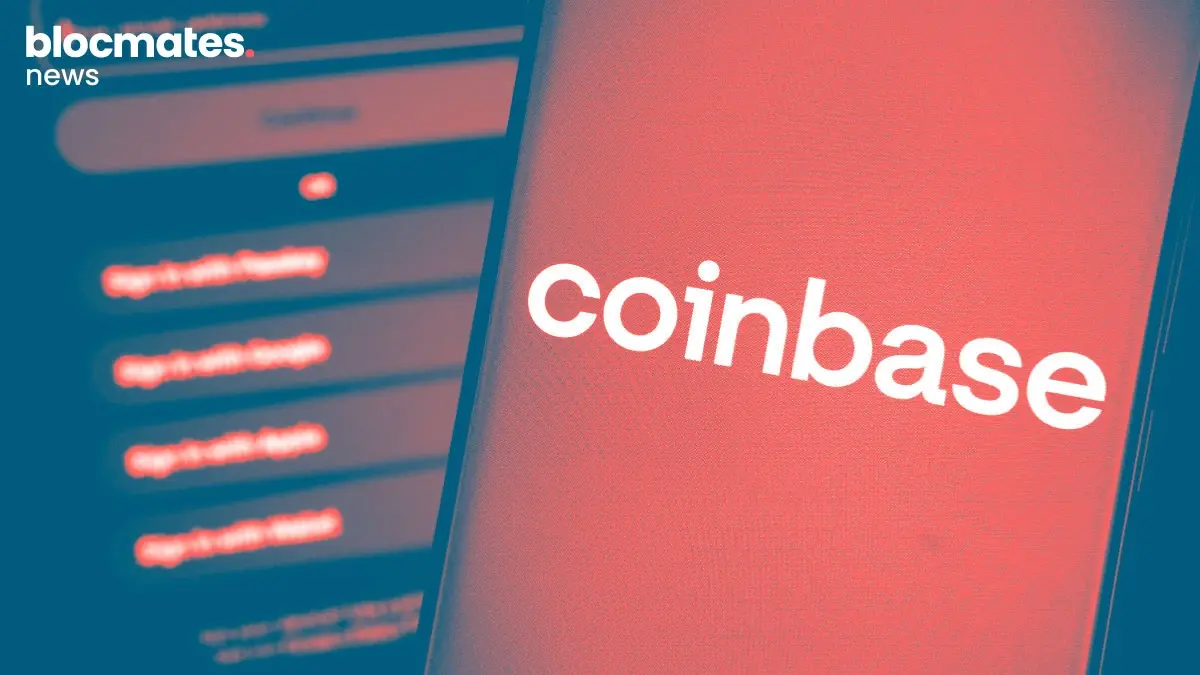
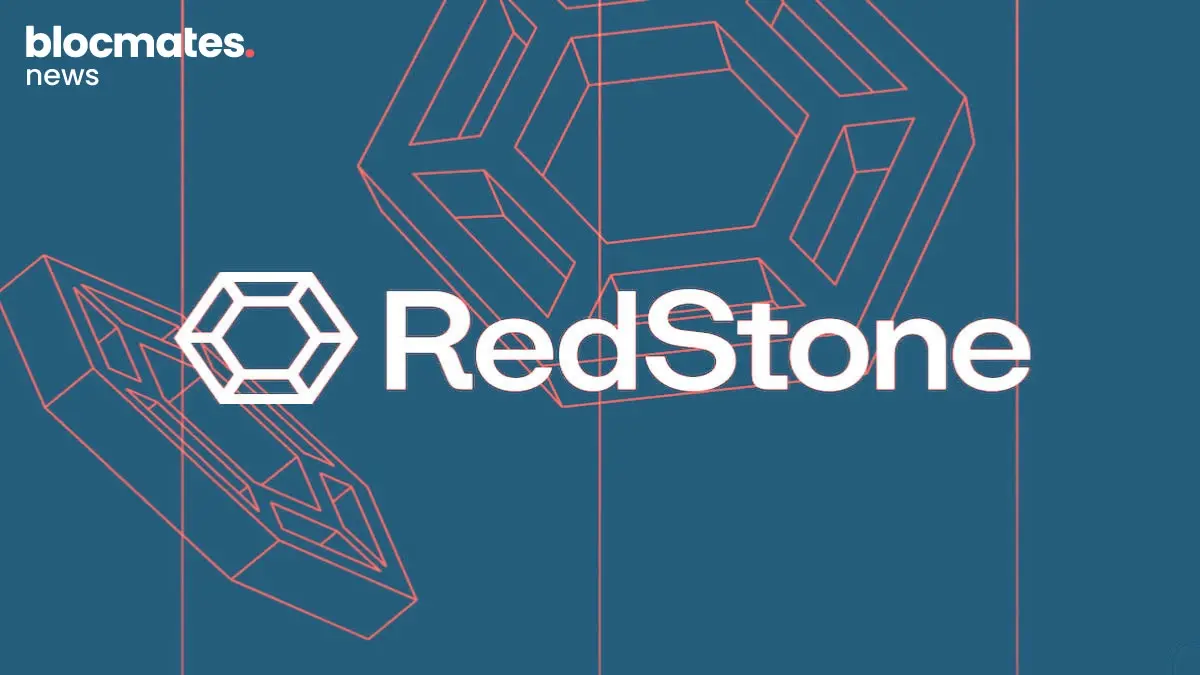
.webp)
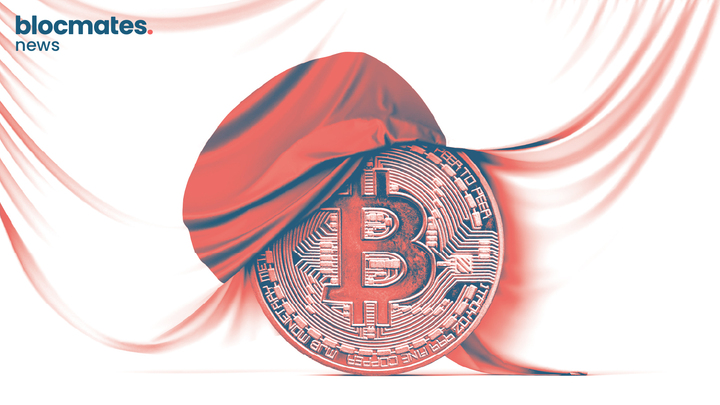
.webp)
.webp)

.webp)


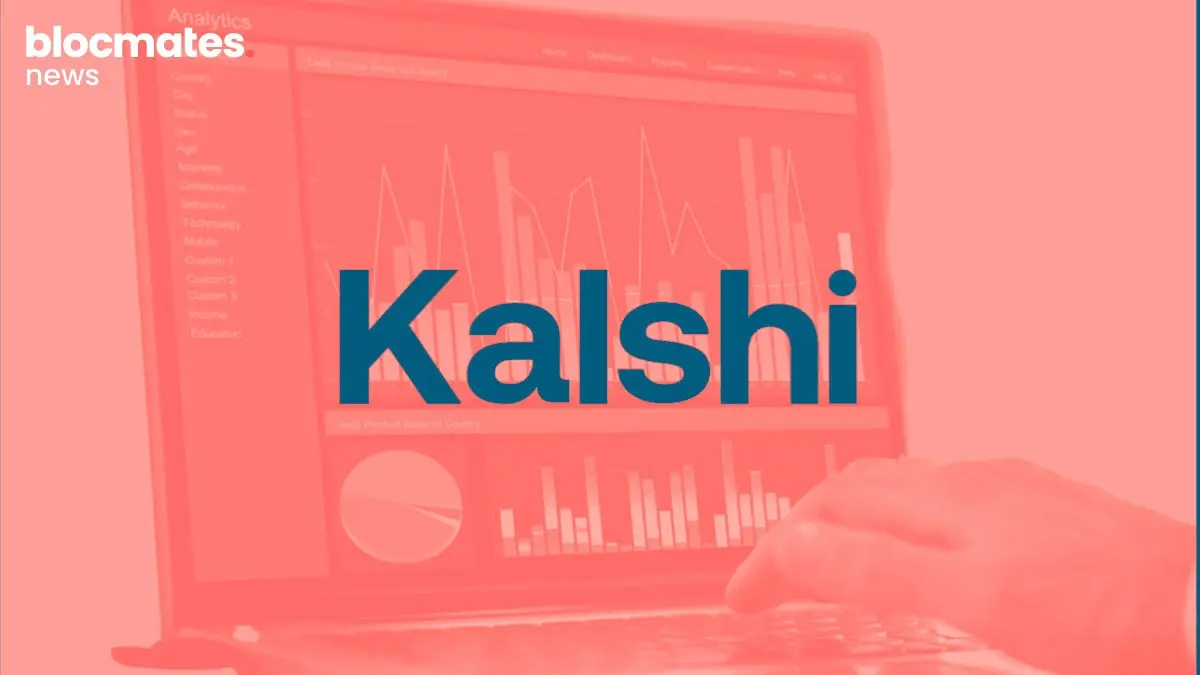
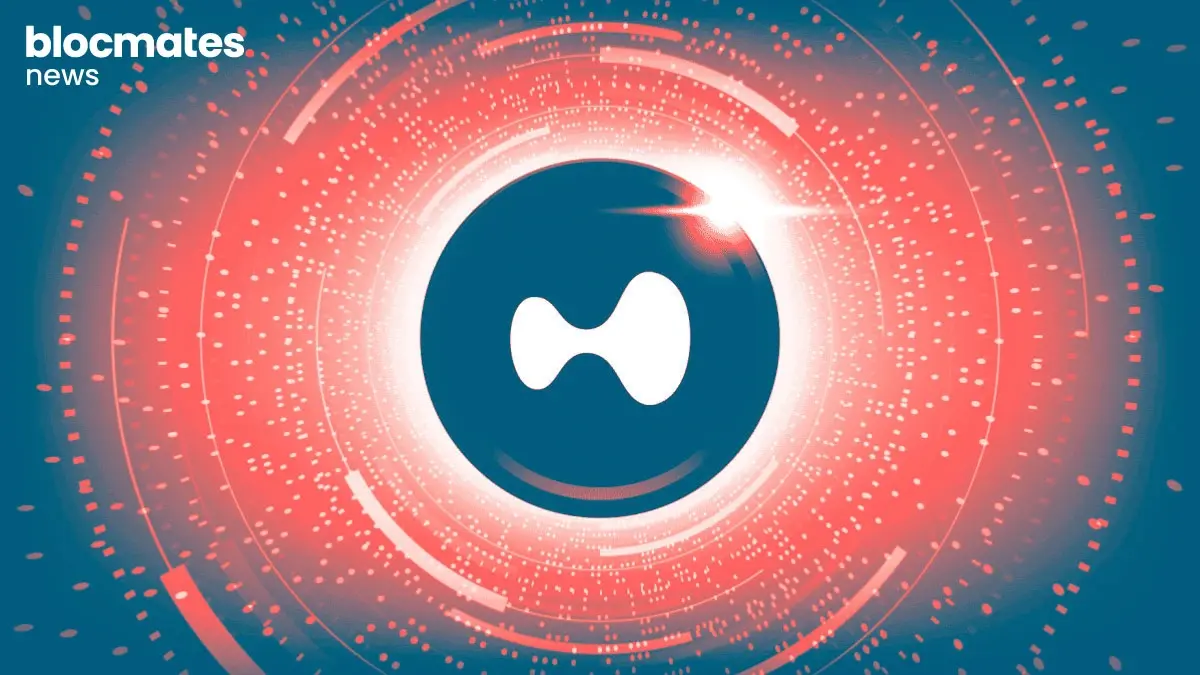


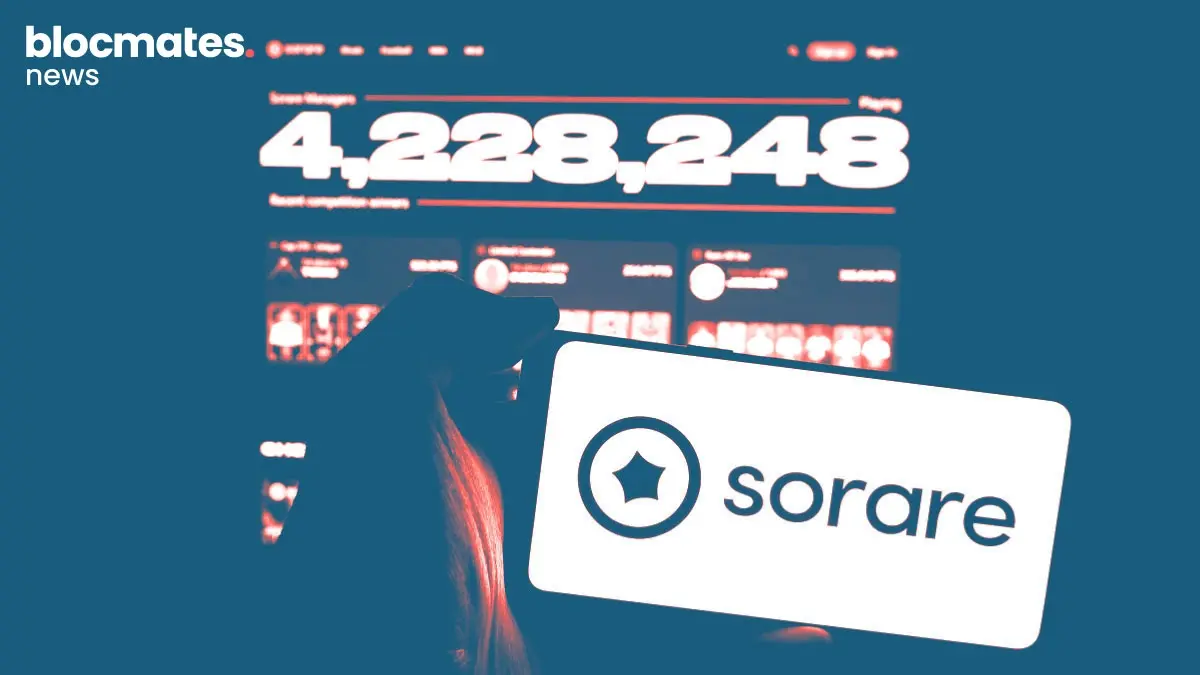
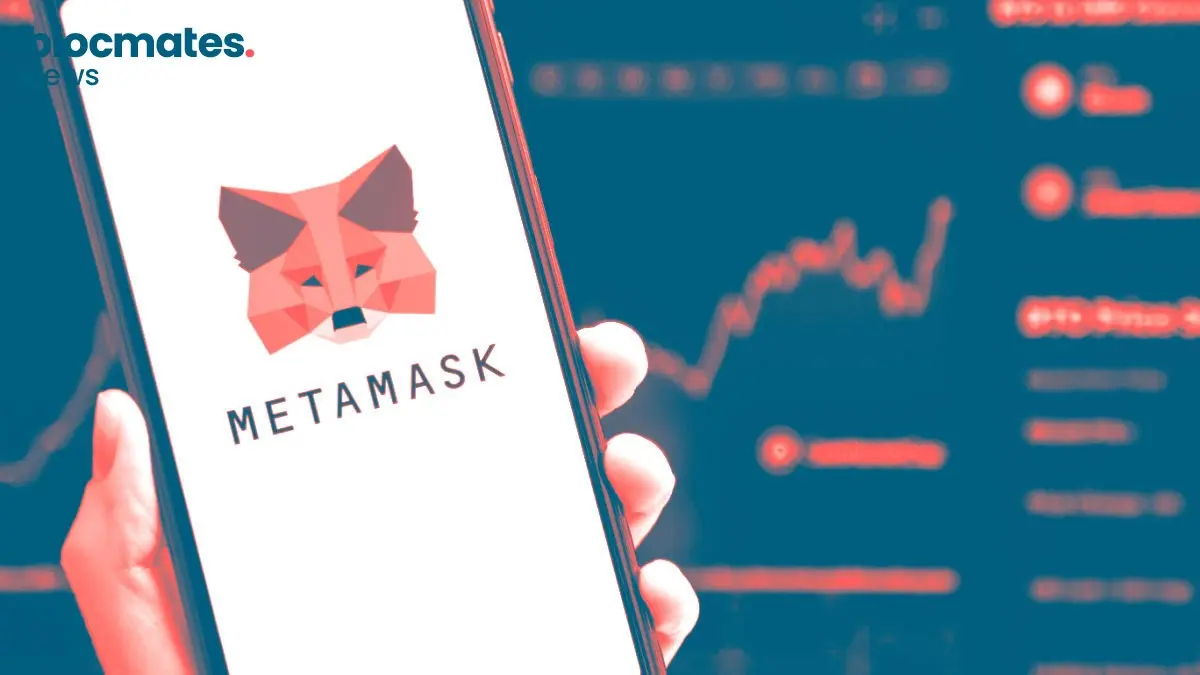
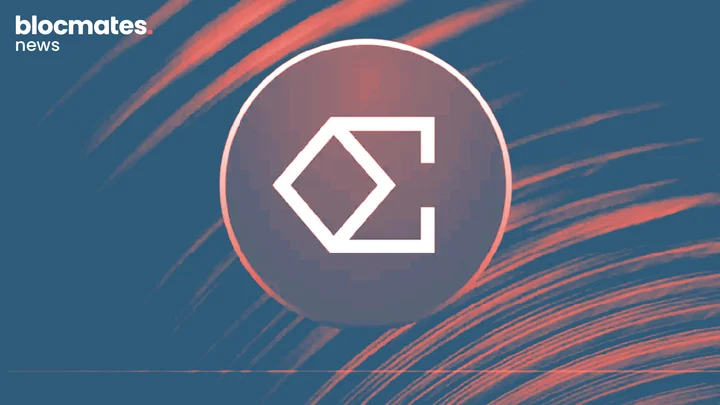
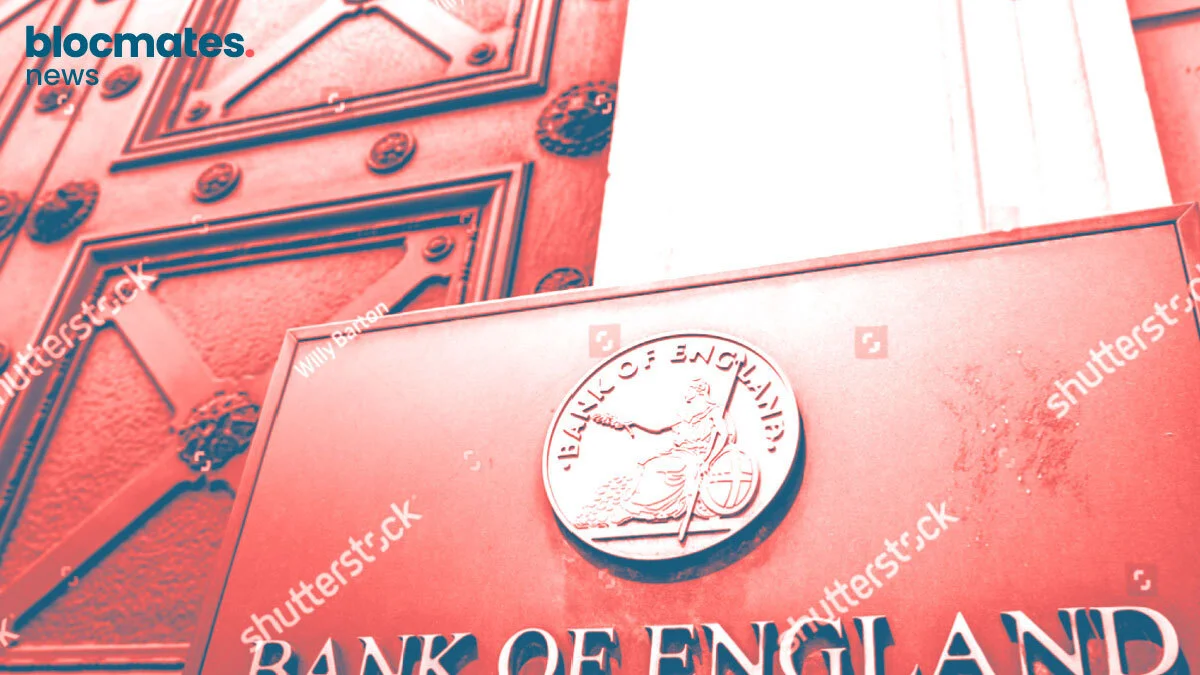
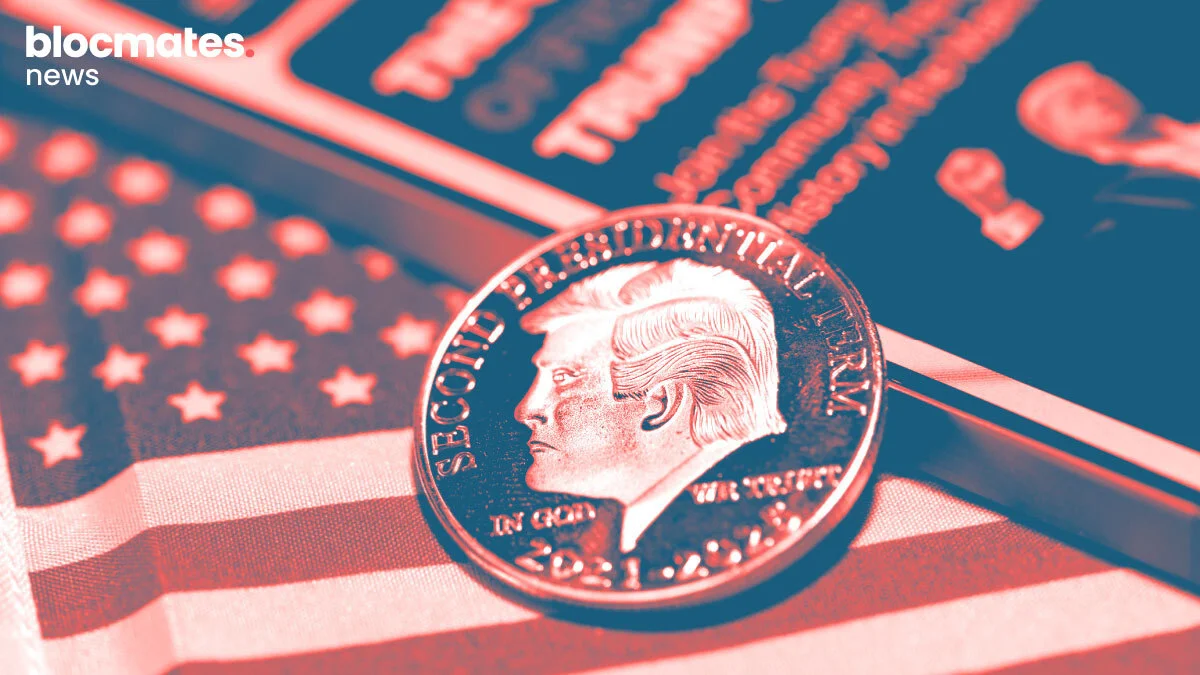
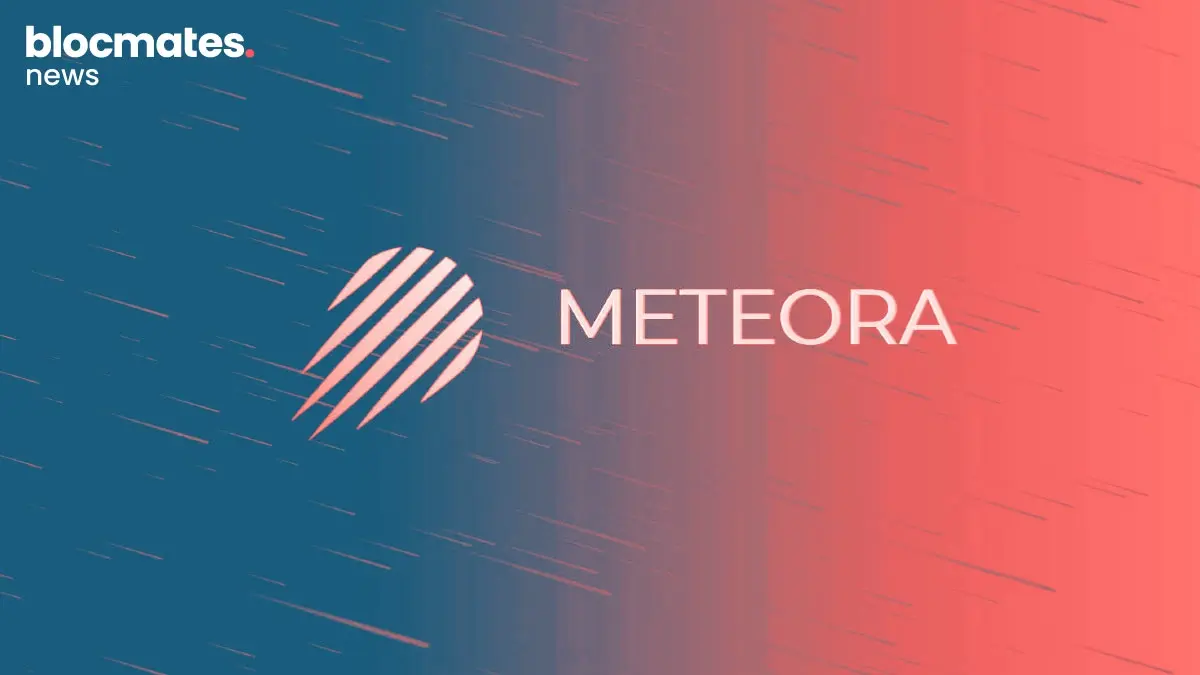
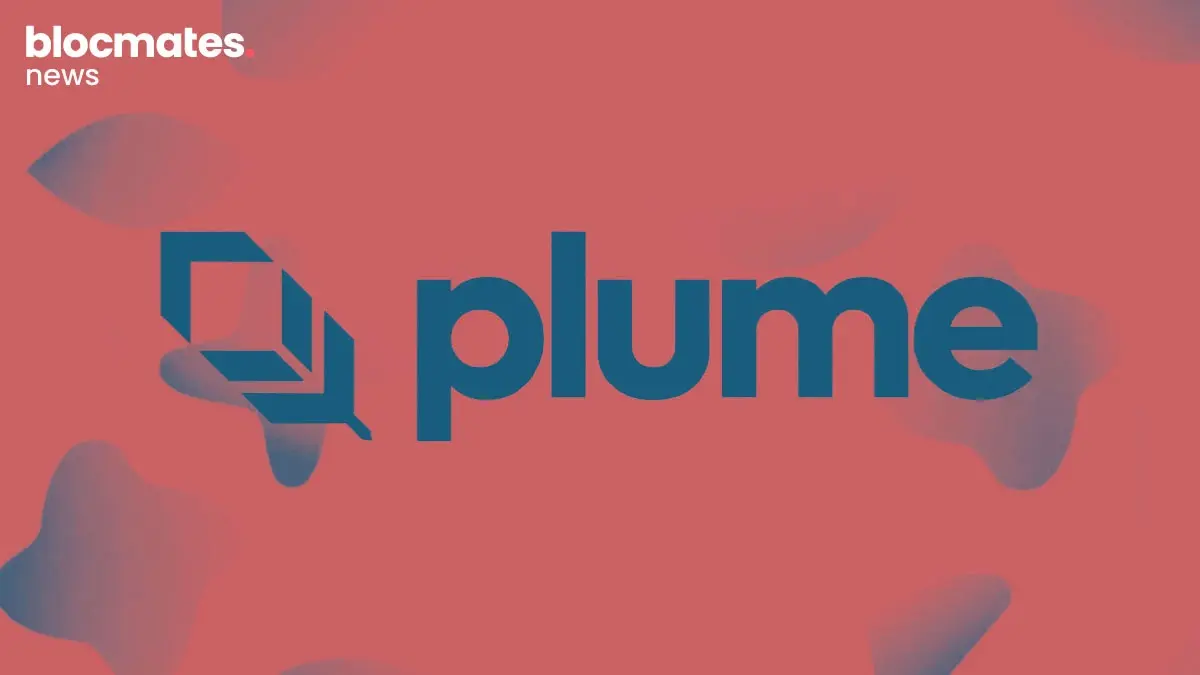

.webp)

.webp)
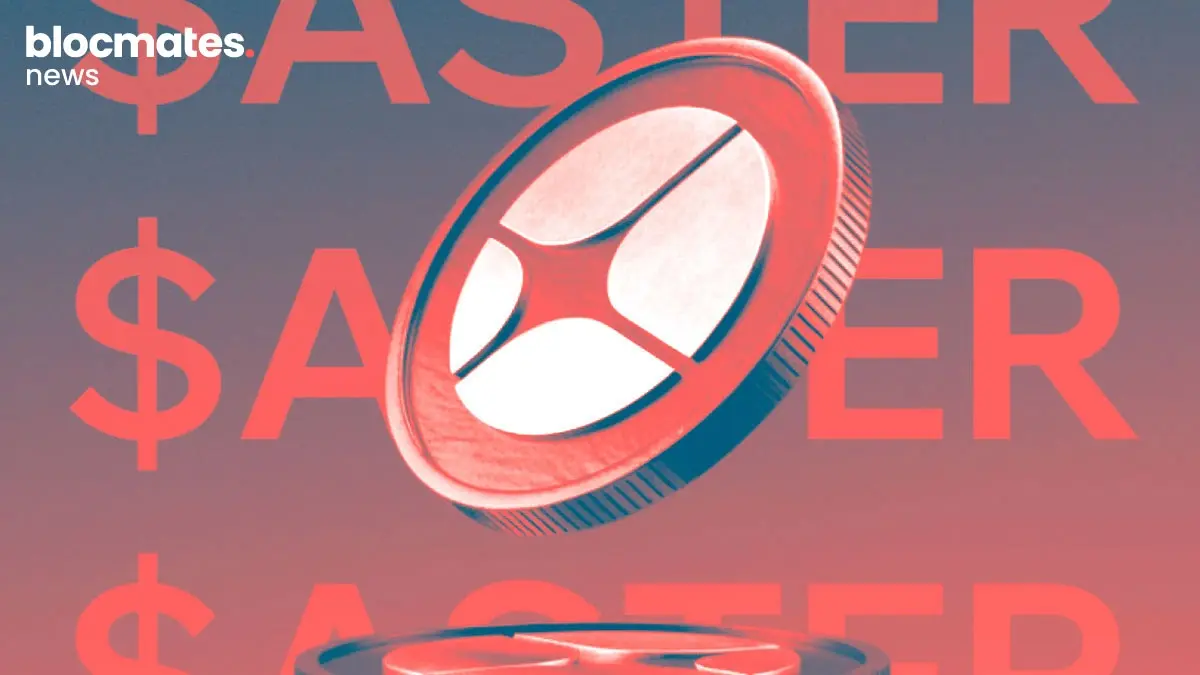

.webp)



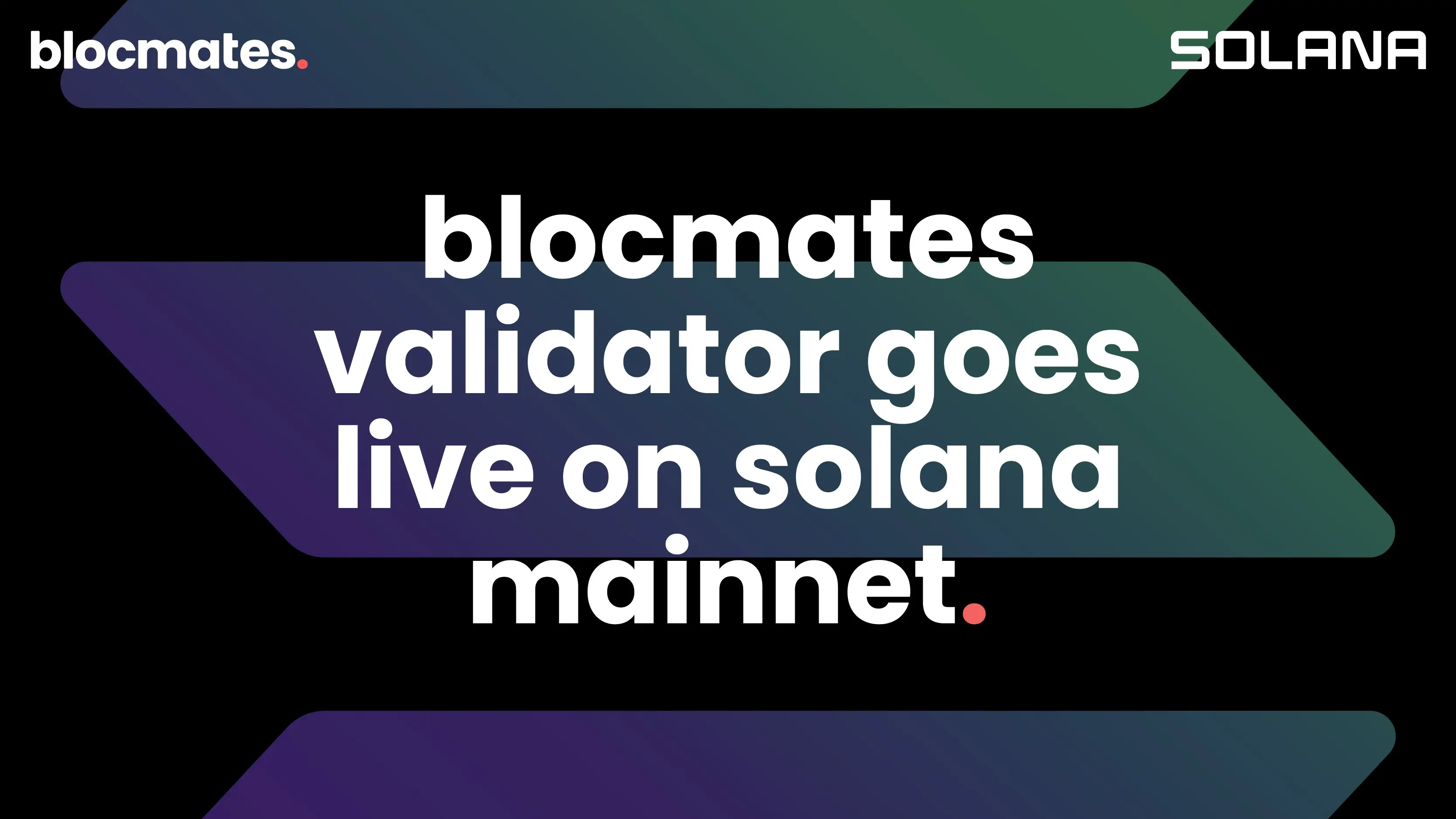
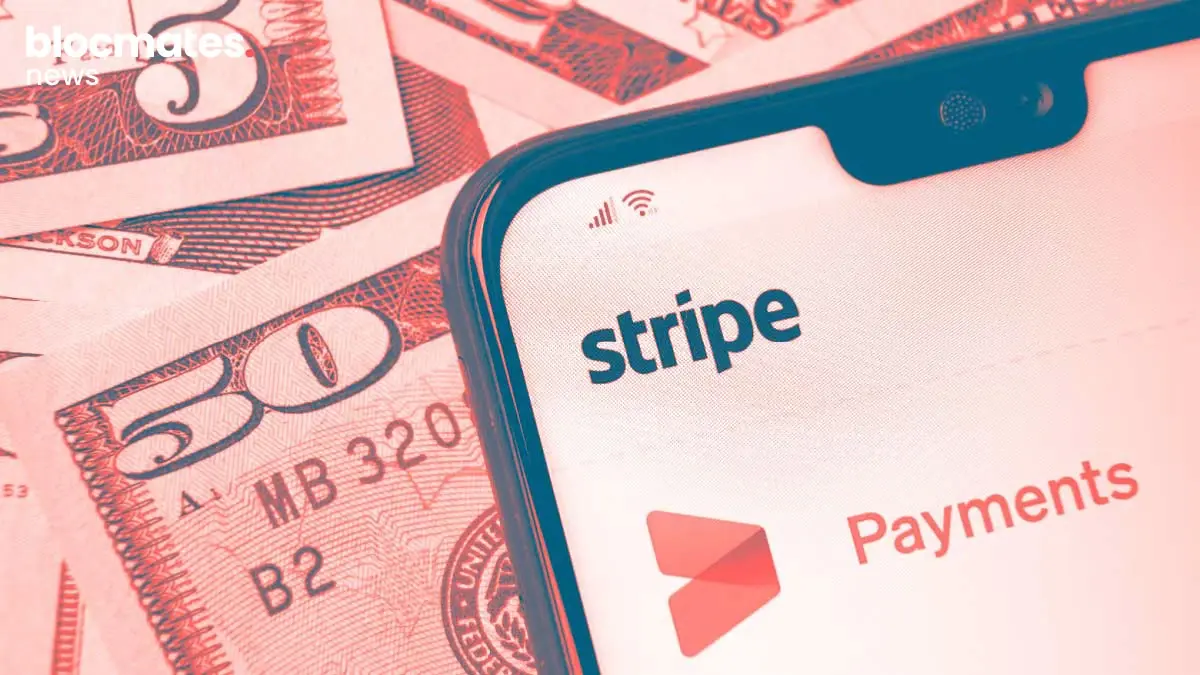
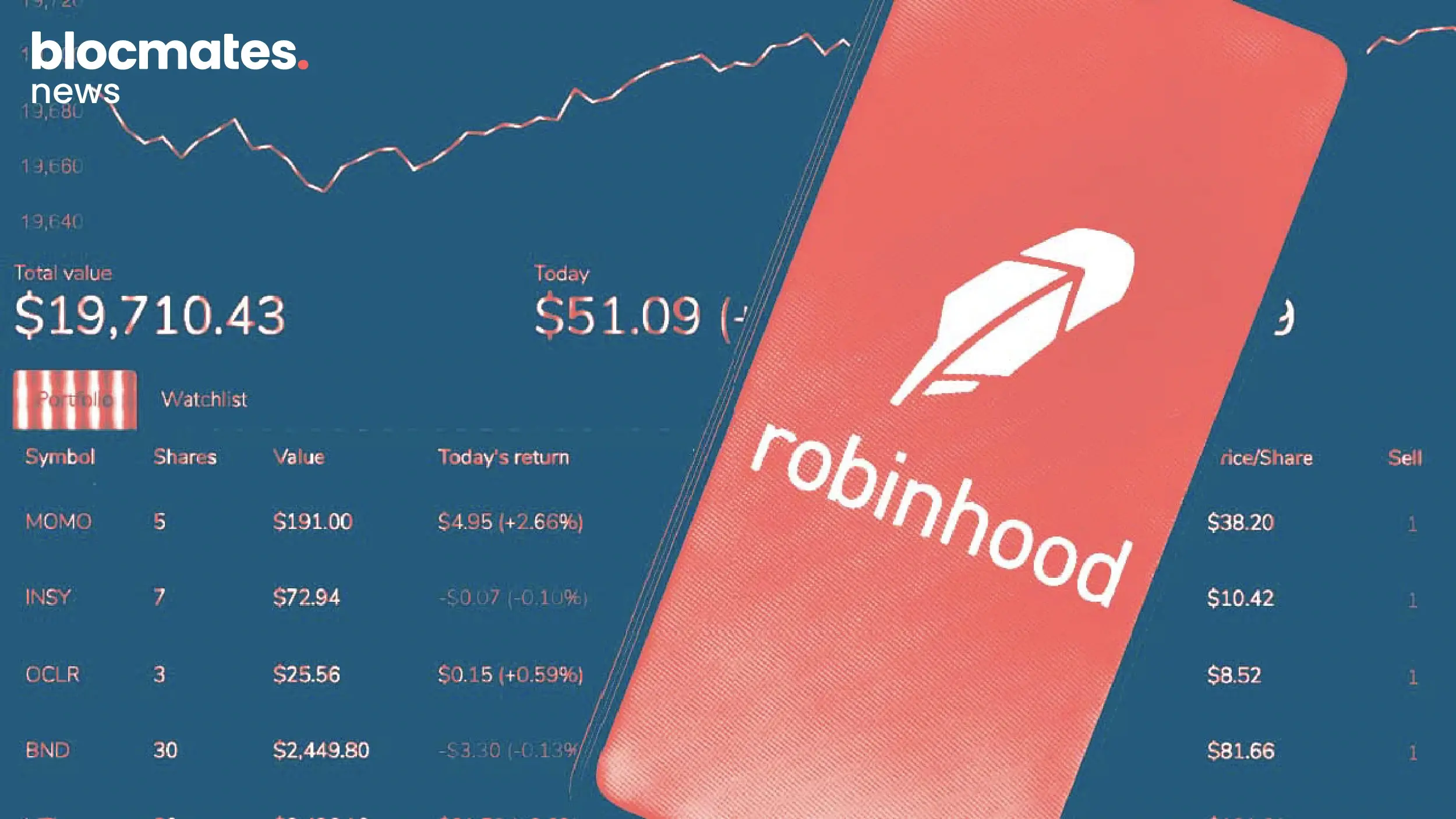

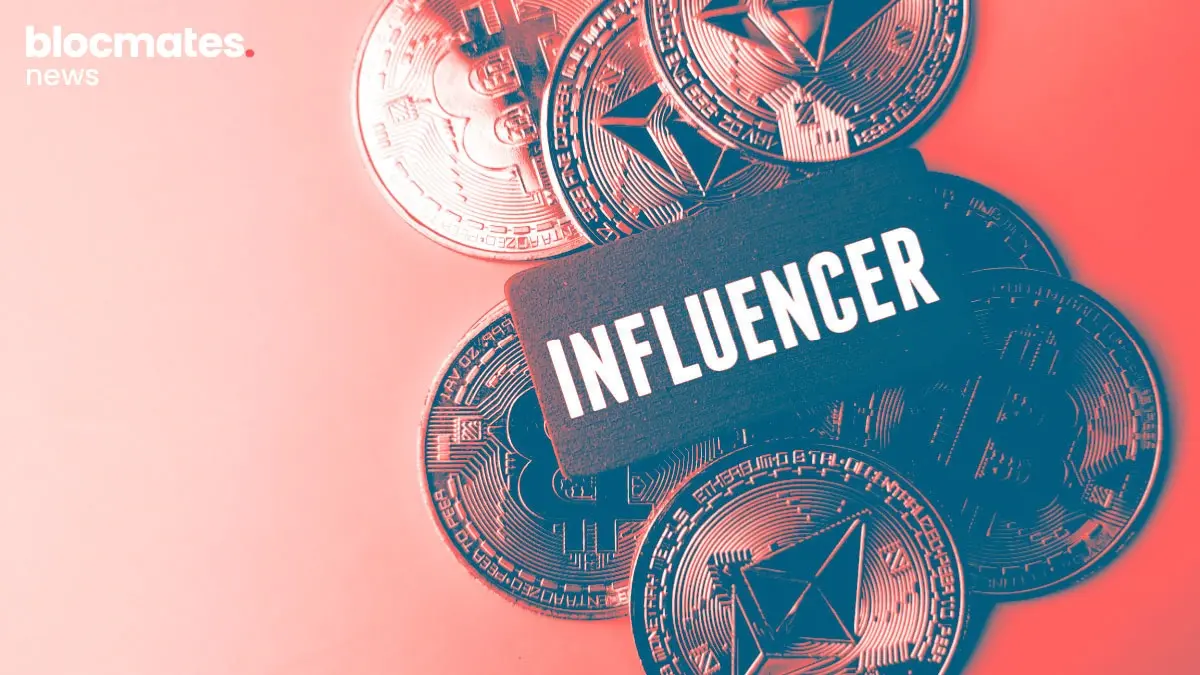
.webp)
